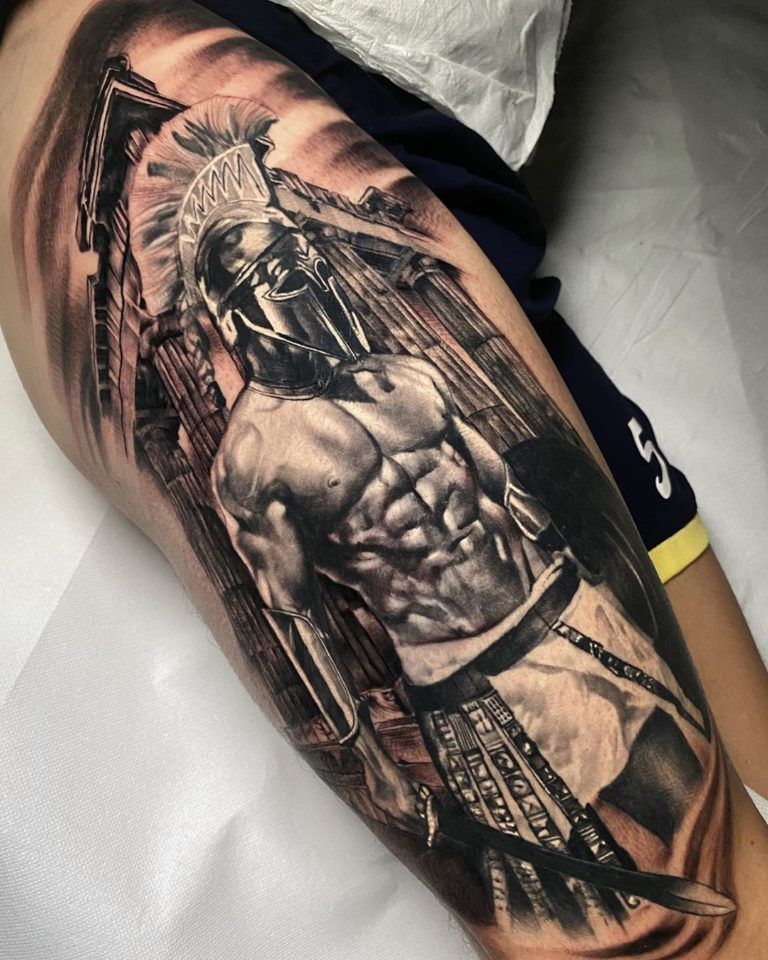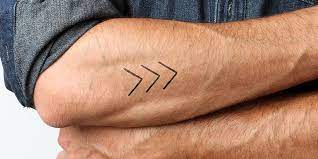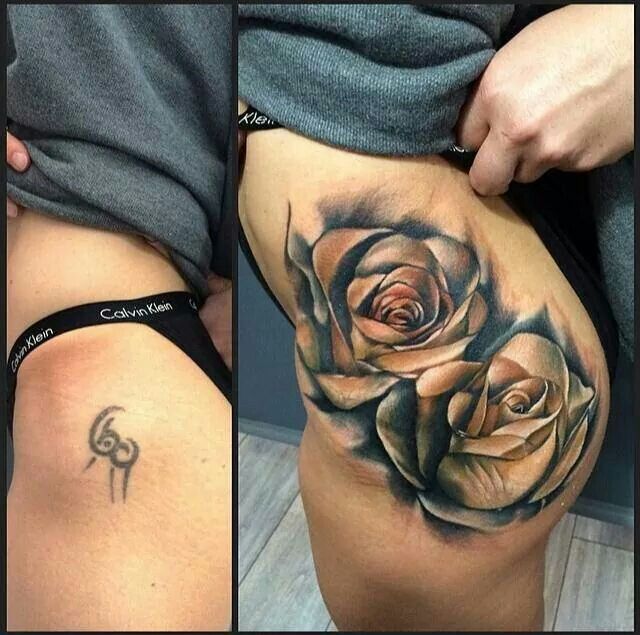
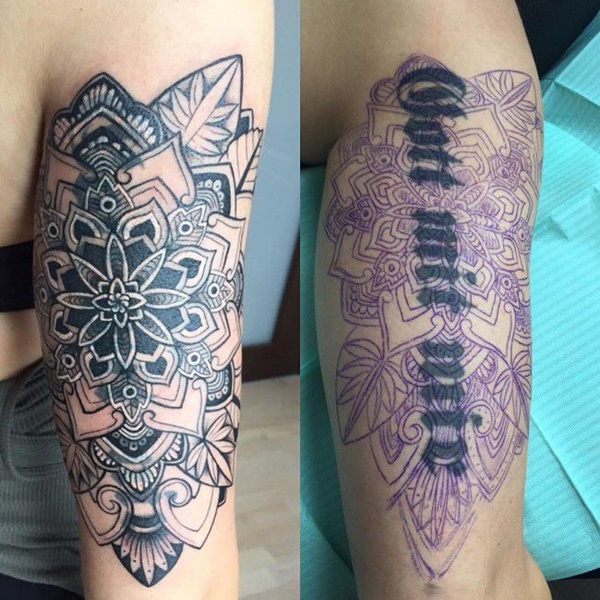
Cover up tattoos are an excellent way to update and beautify your old tats. Whether the name on your tat has become unappealing or no longer accurately represents who you are, we can help make those tats look more meaningful and attractive.
Cover Ups
Cover up tattoos are designed to hide or alter an older design that is no longer desired. They can range in complexity, from covering an ex’s name to changing a hate symbol into a geometric pattern.
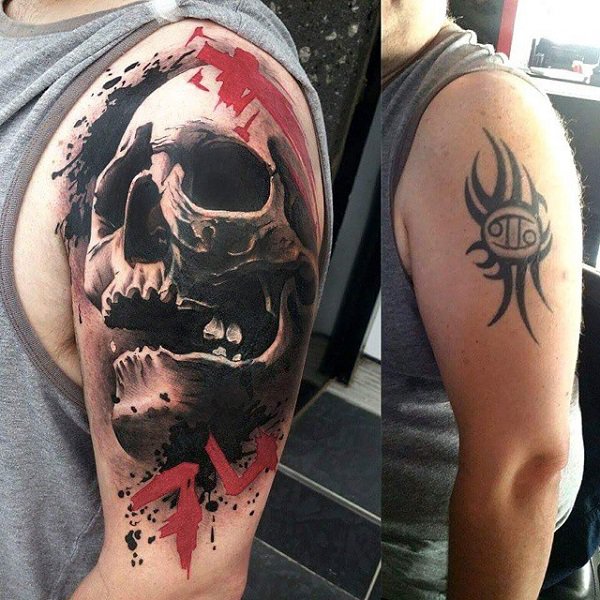
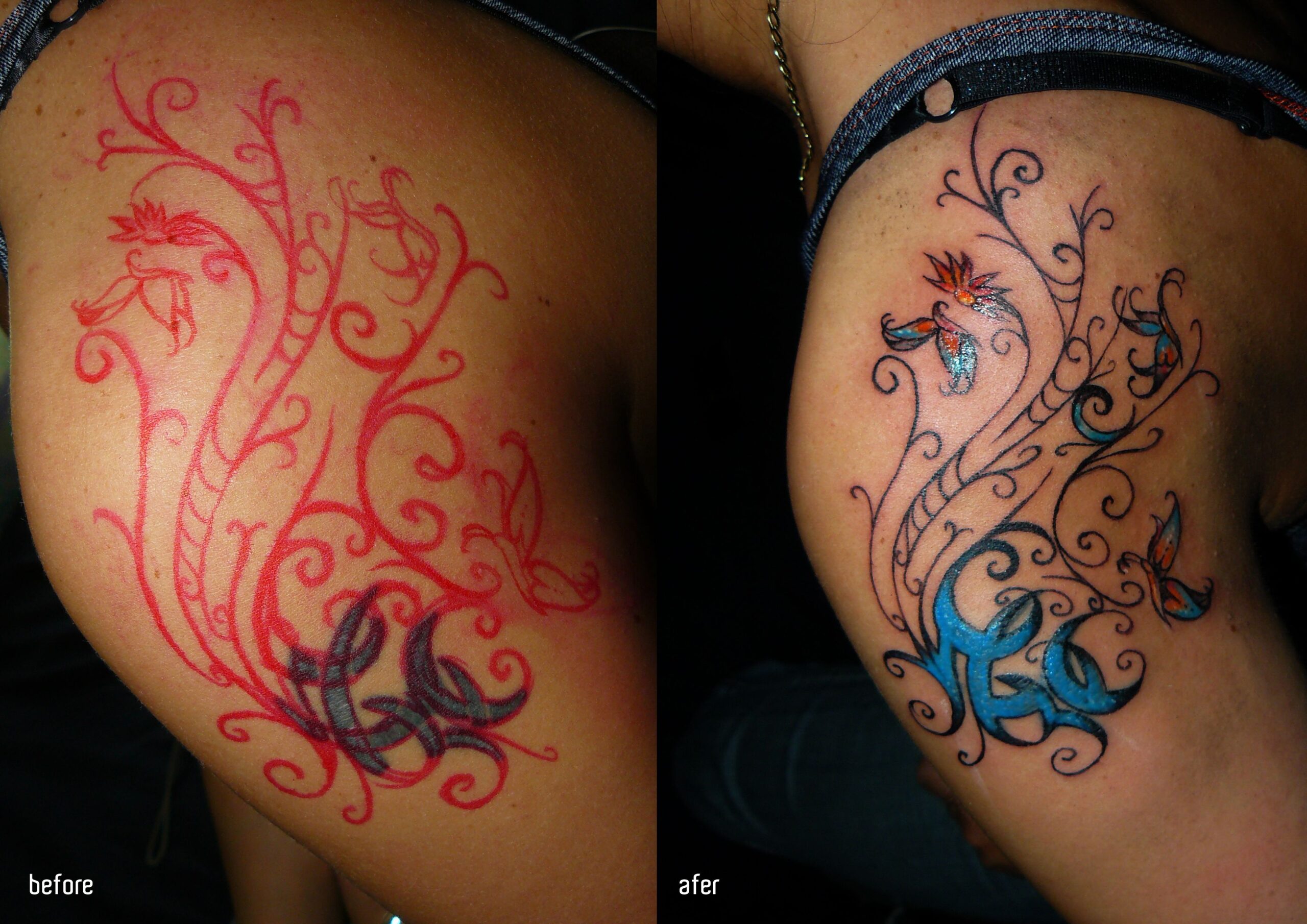
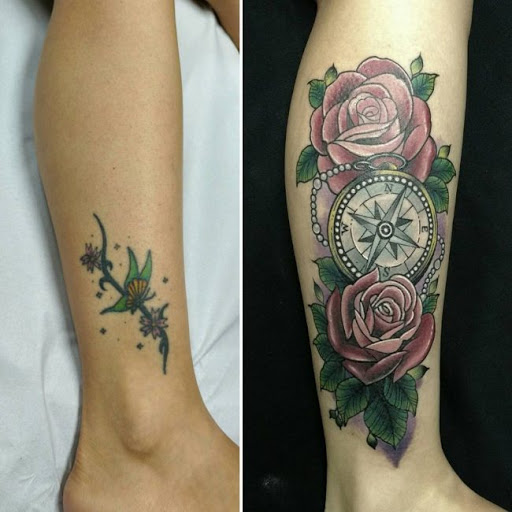
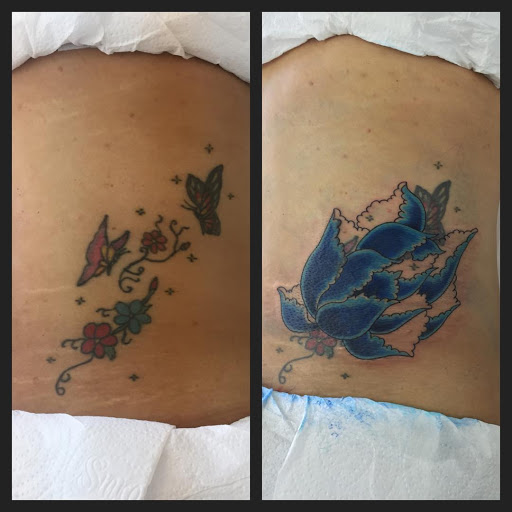
Covering existing tattoos requires a skilled artist with the skill to craft an aesthetic that blends in seamlessly. Ideally, the new design should be larger than the old one and use colors dark enough to completely cover any existing ink.
Most cover ups are done using black ink, as this conceals the most effectively. Pigments like blue and brown may also conceal preexisting ink, but shades of red, yellow or orange may not always be enough to completely obscure an older tattoo.
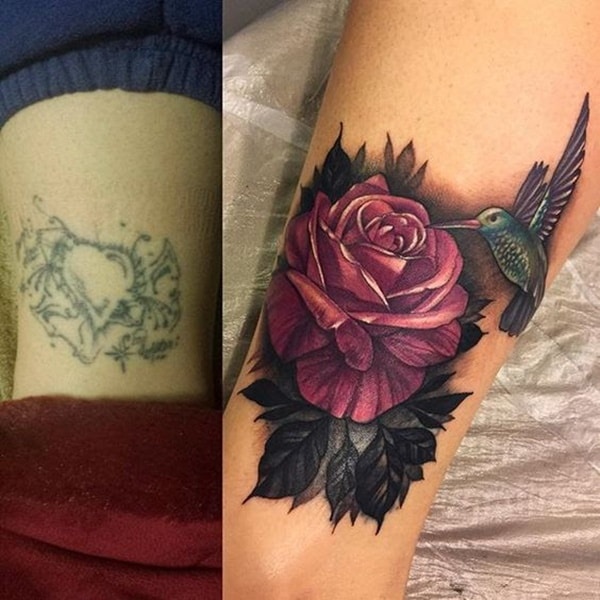
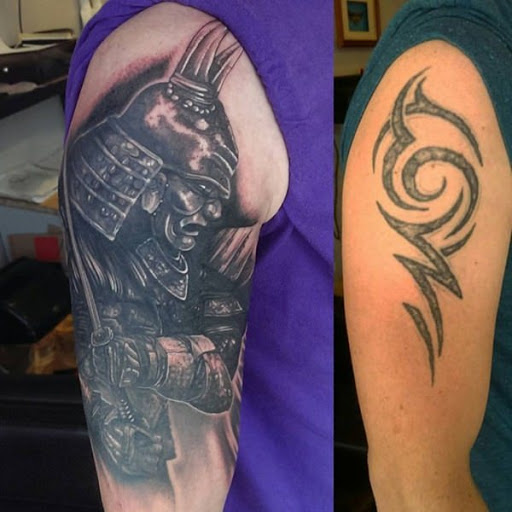
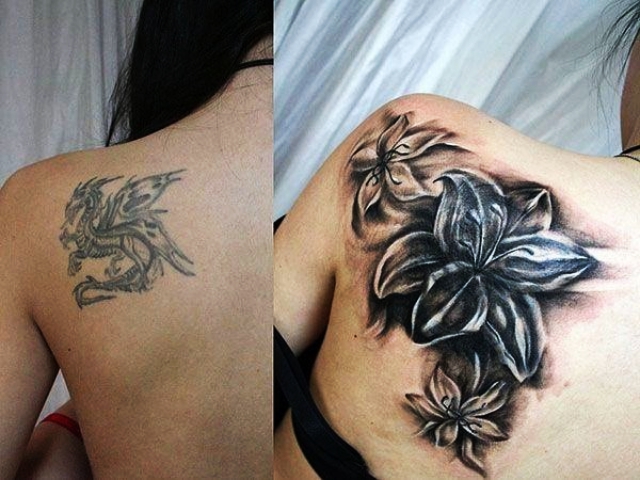
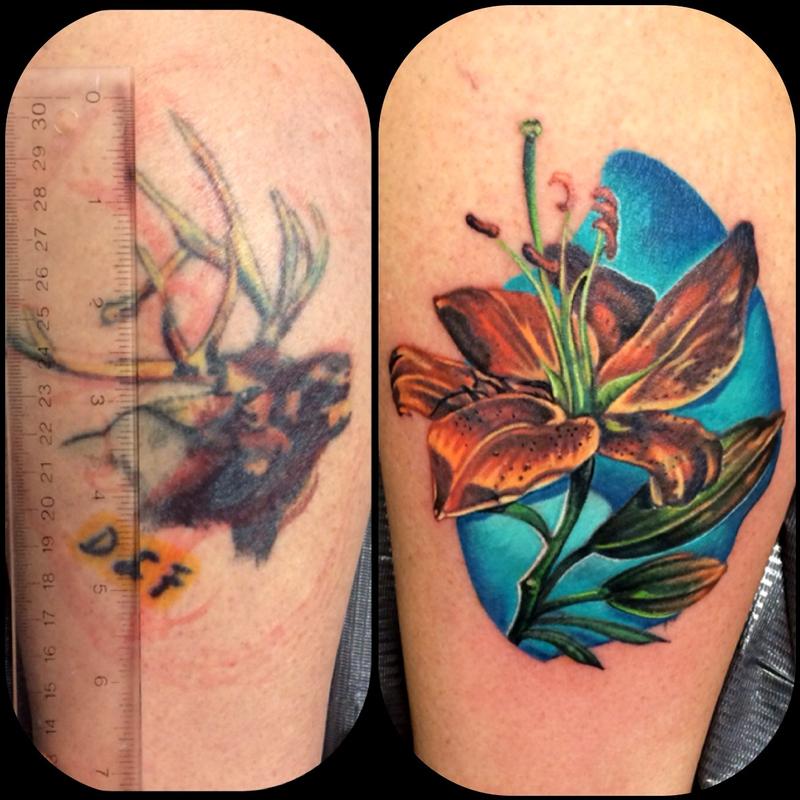
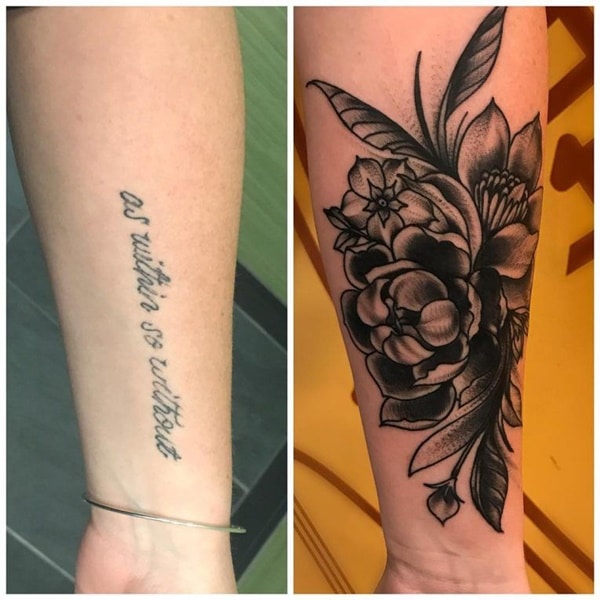
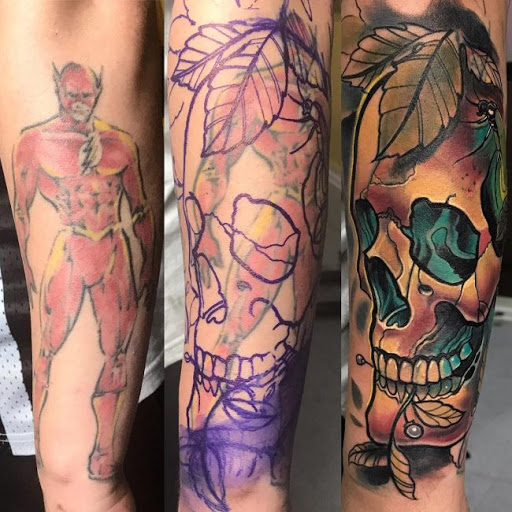
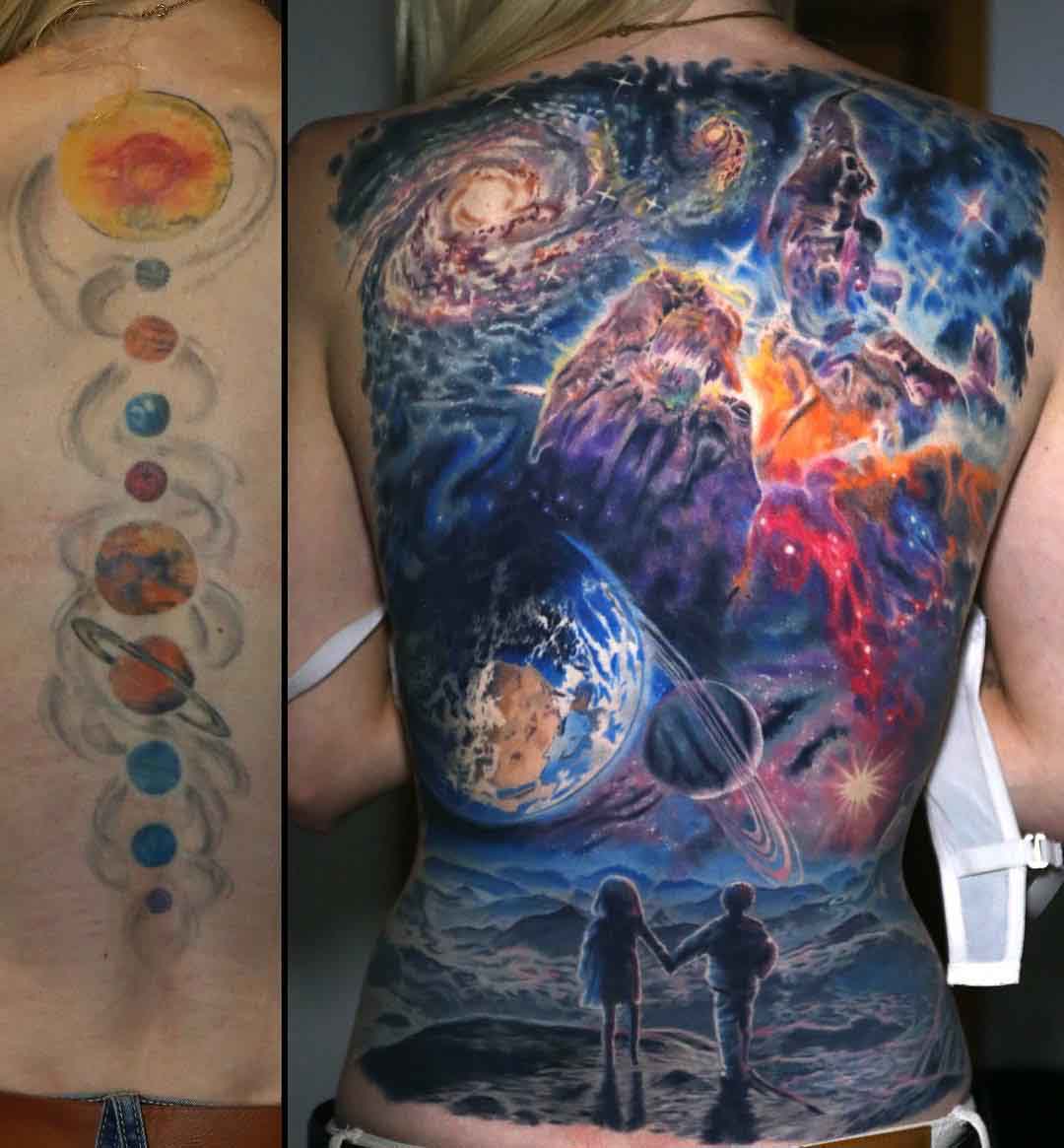
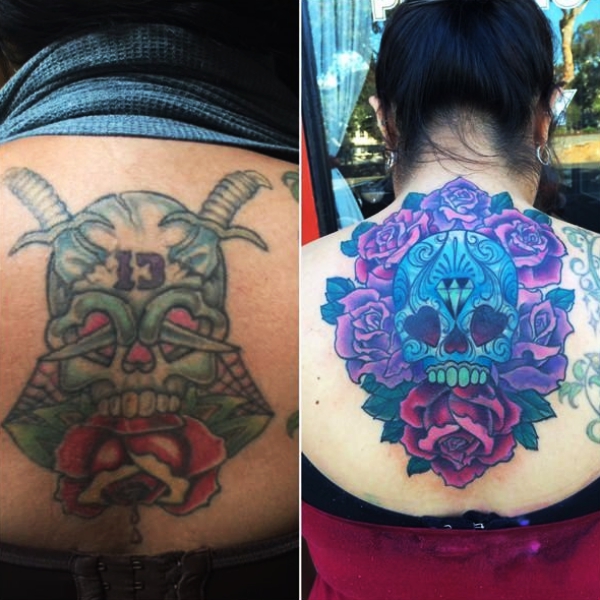
Many cover up tattoos look fantastic when they’re fully healed, but that doesn’t guarantee they won’t fade over time. To ensure the colors remain vibrant and in place, it is essential to touch up your cover up tattoo every few weeks or months until everything has healed properly and the desired effects are still evident.
People considering cover-ups often make the mistake of looking online at photos of those with existing tattoos. These photos often showcase brightly colored tattoos over darker ones, causing the darker tattoo to become noticeable after a few weeks.
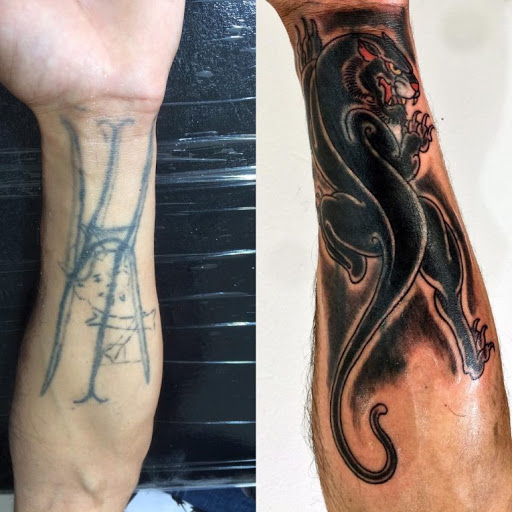
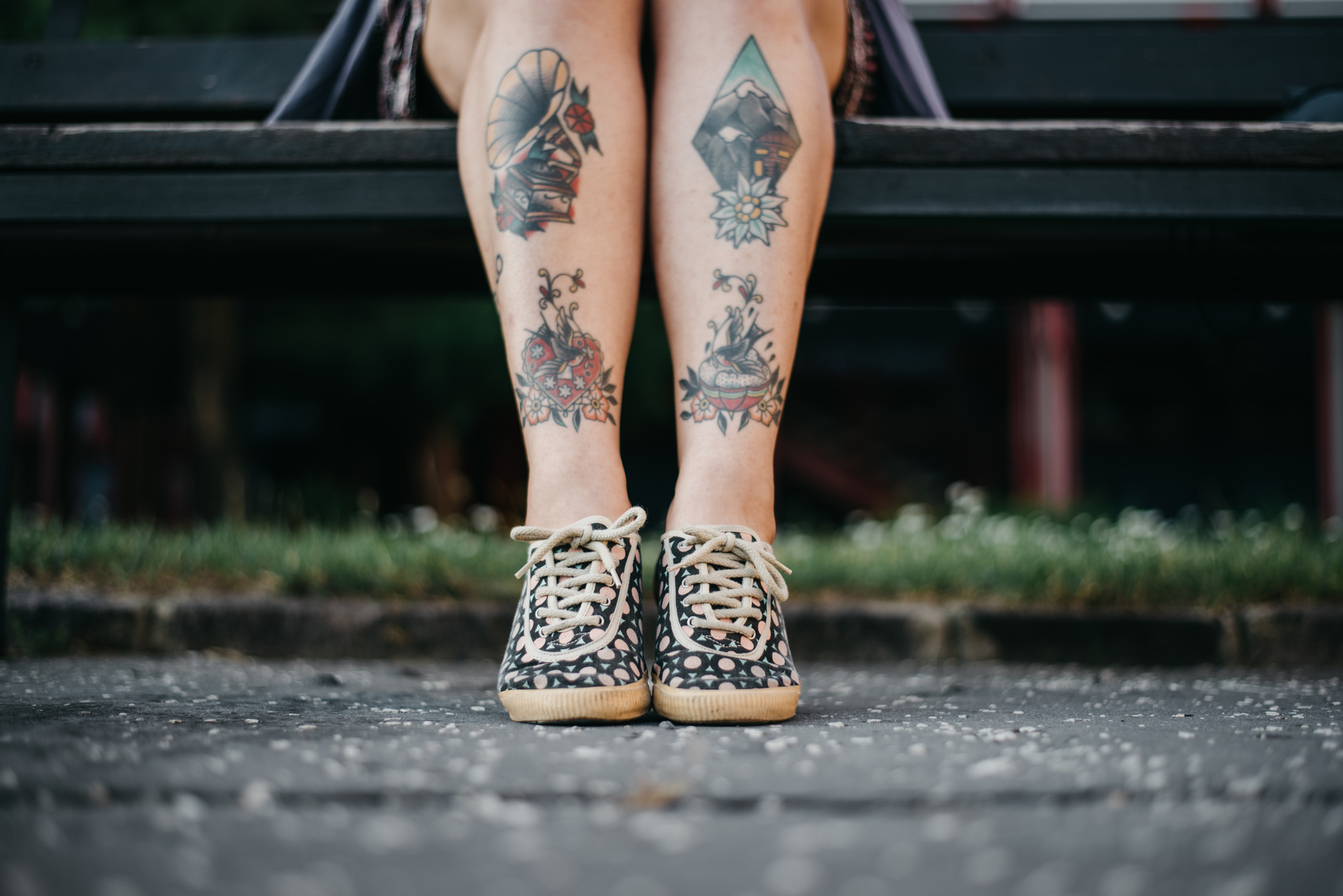
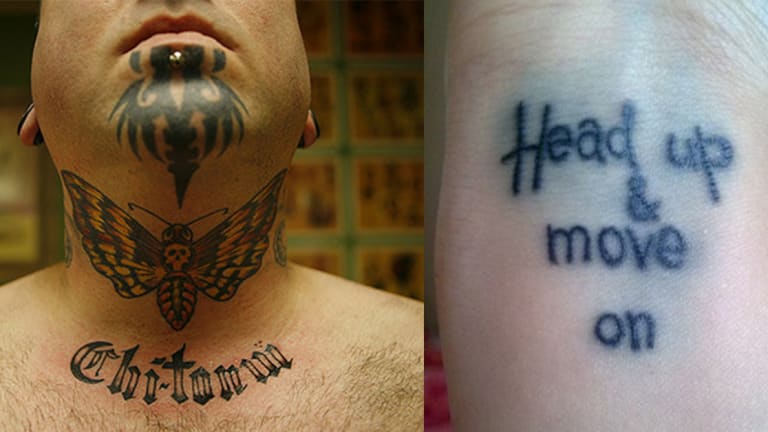
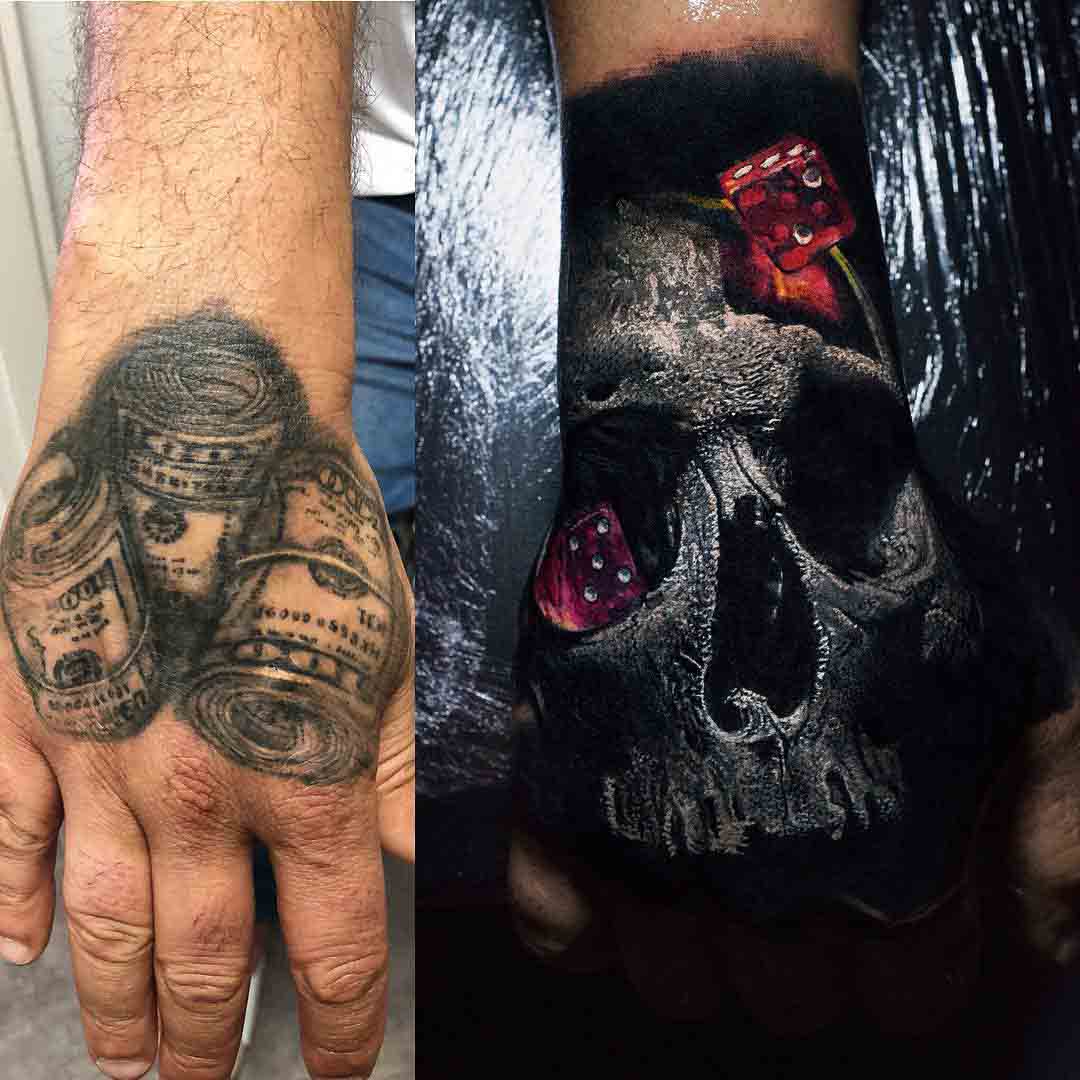
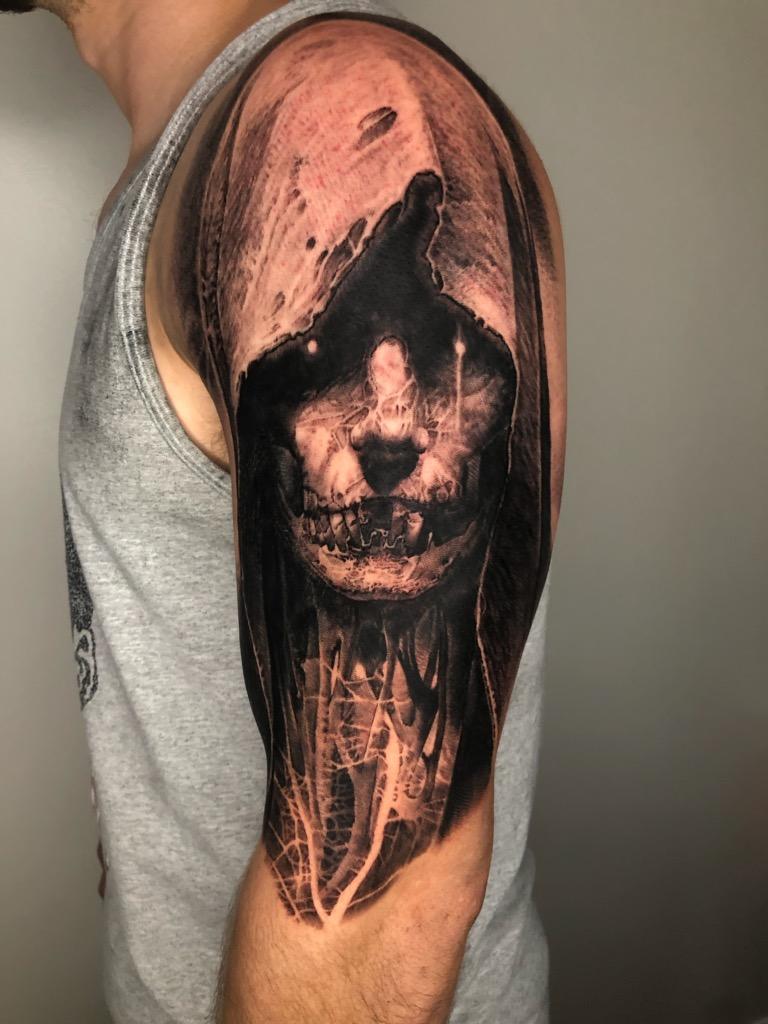
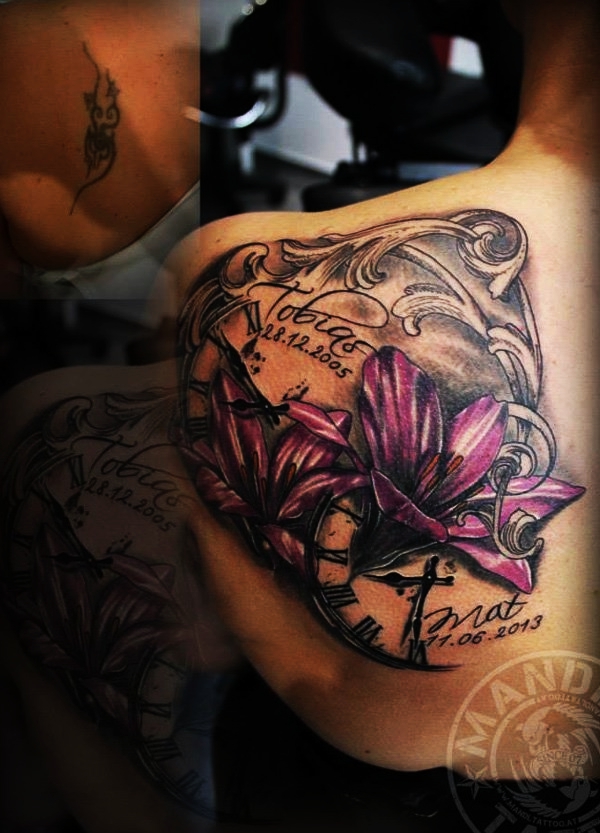
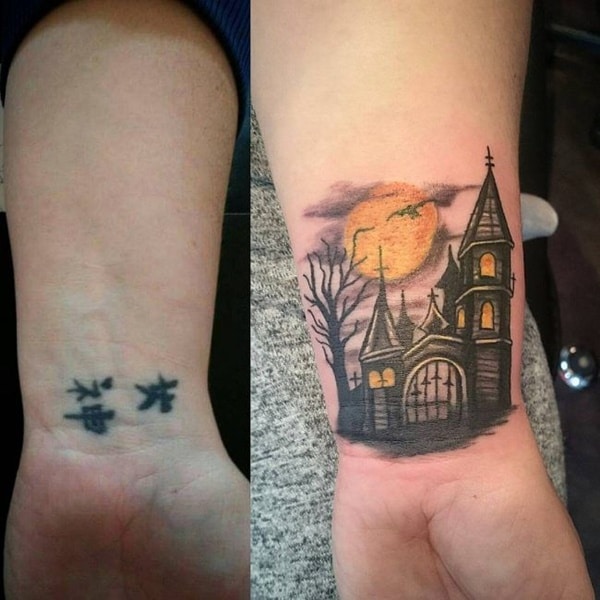
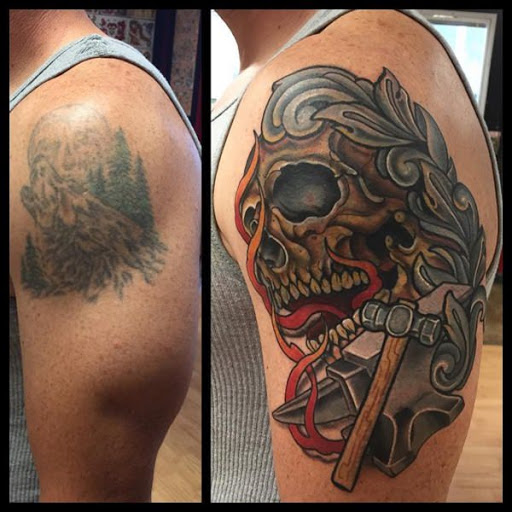
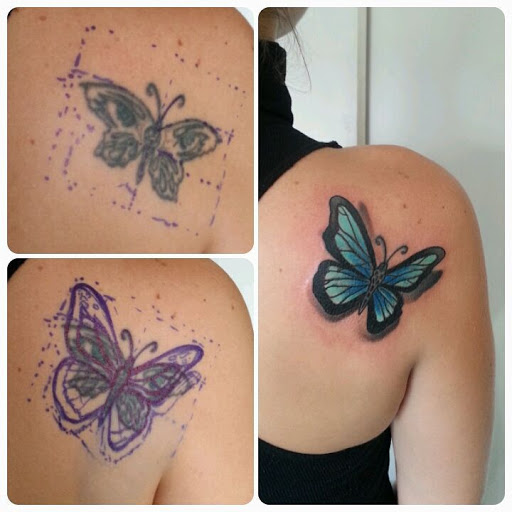
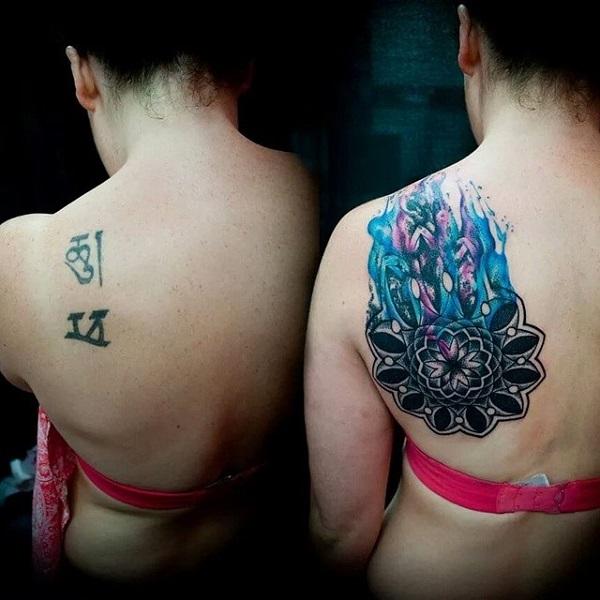
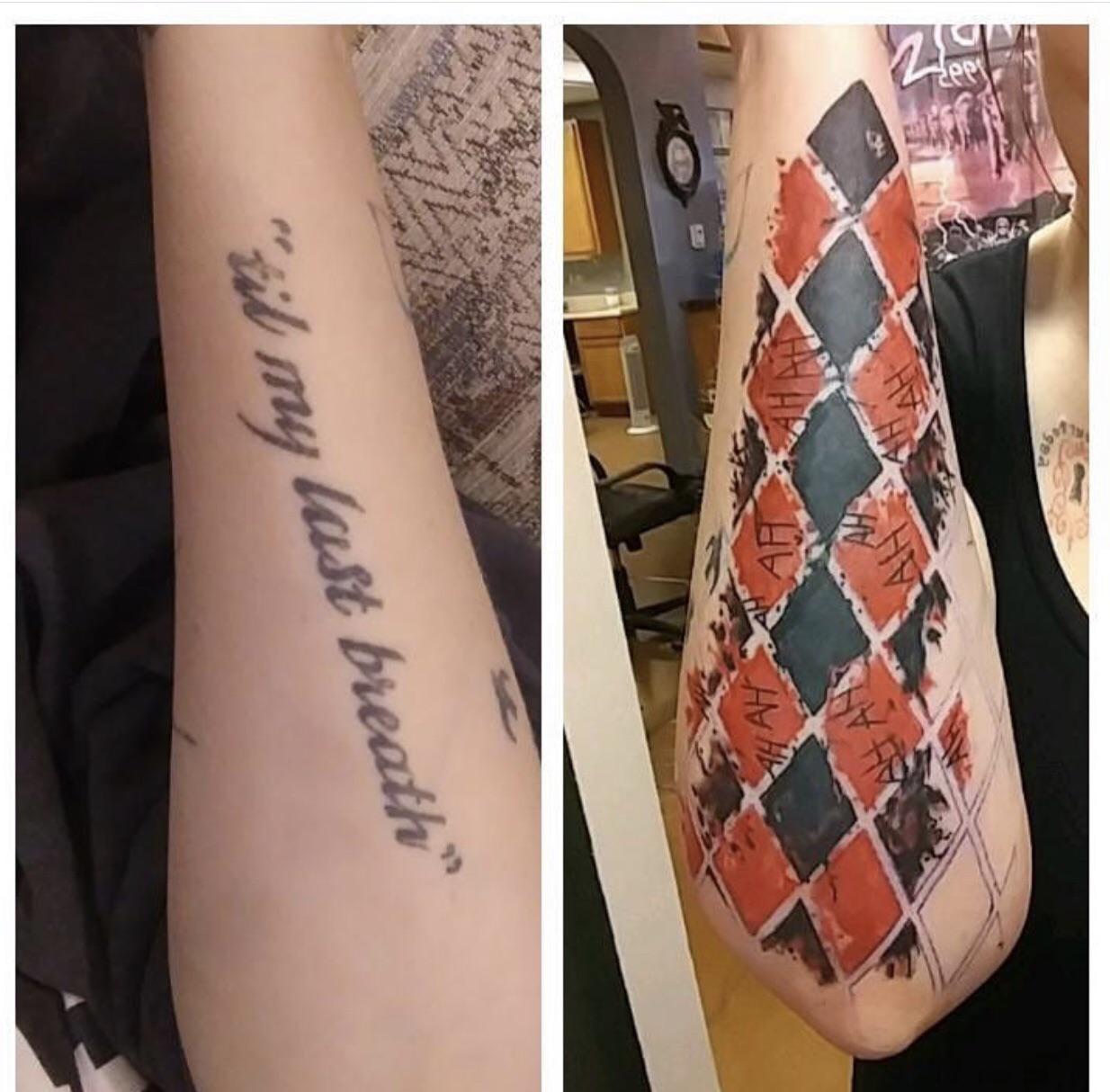
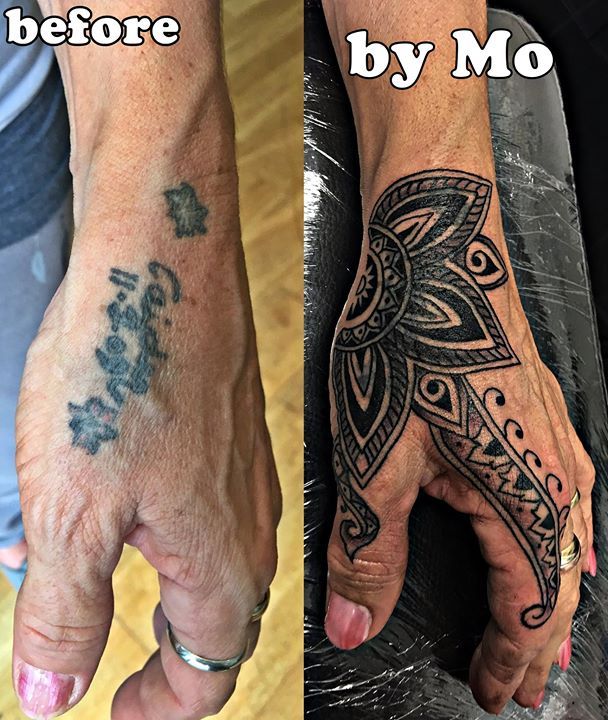
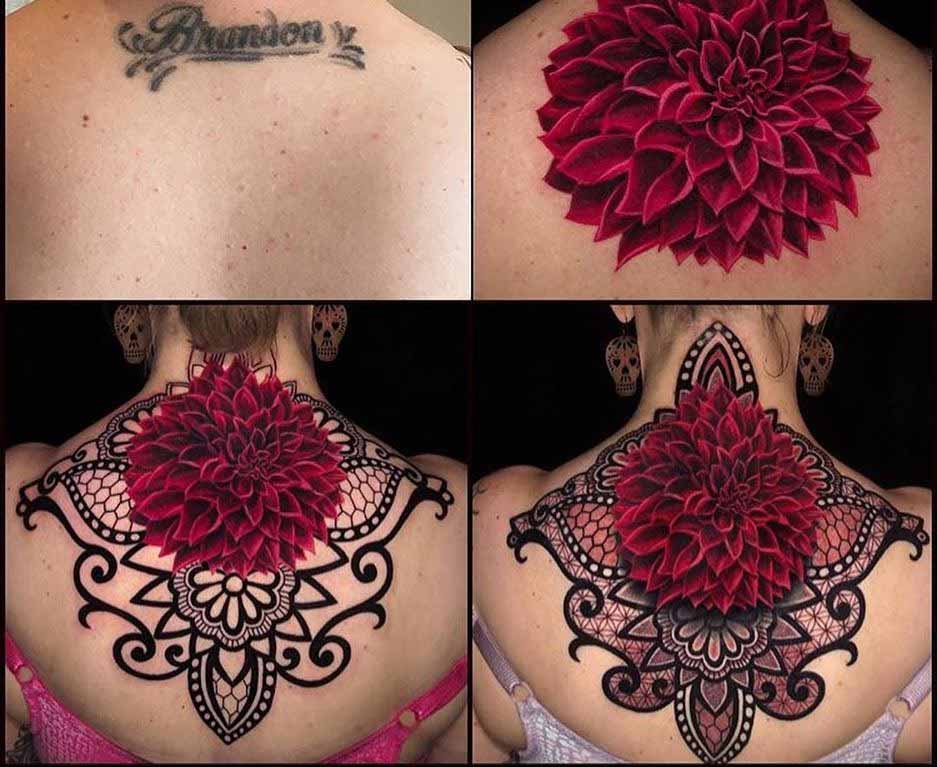
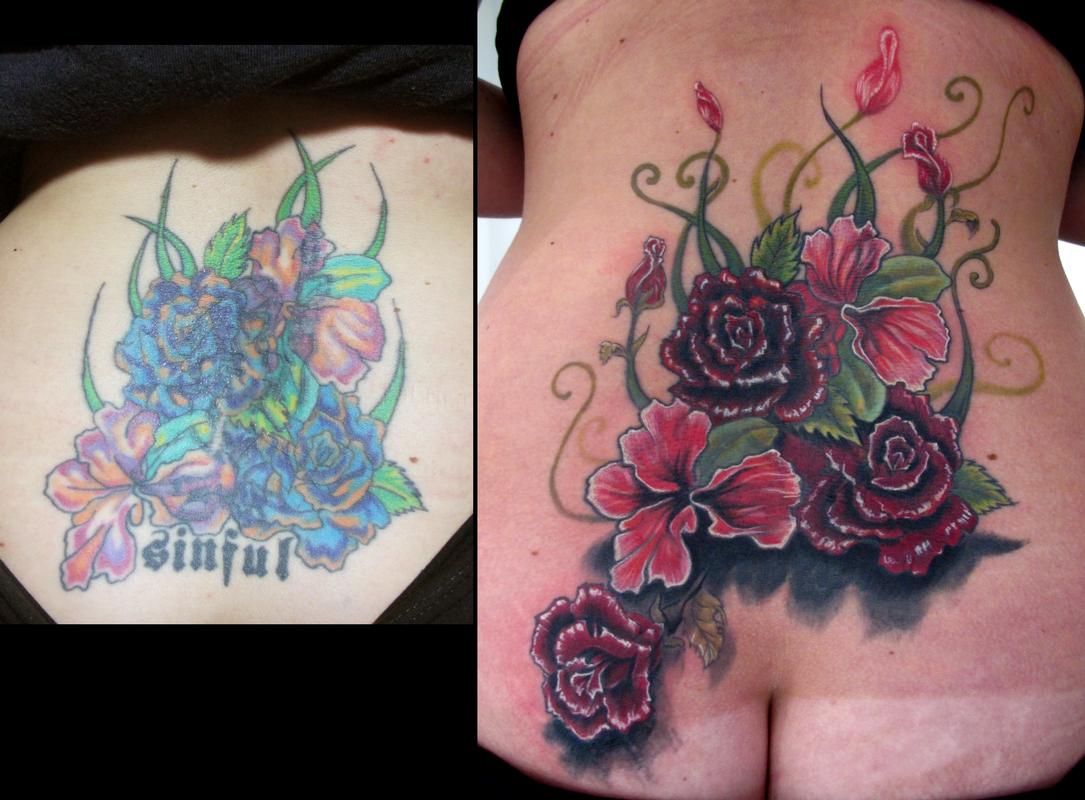
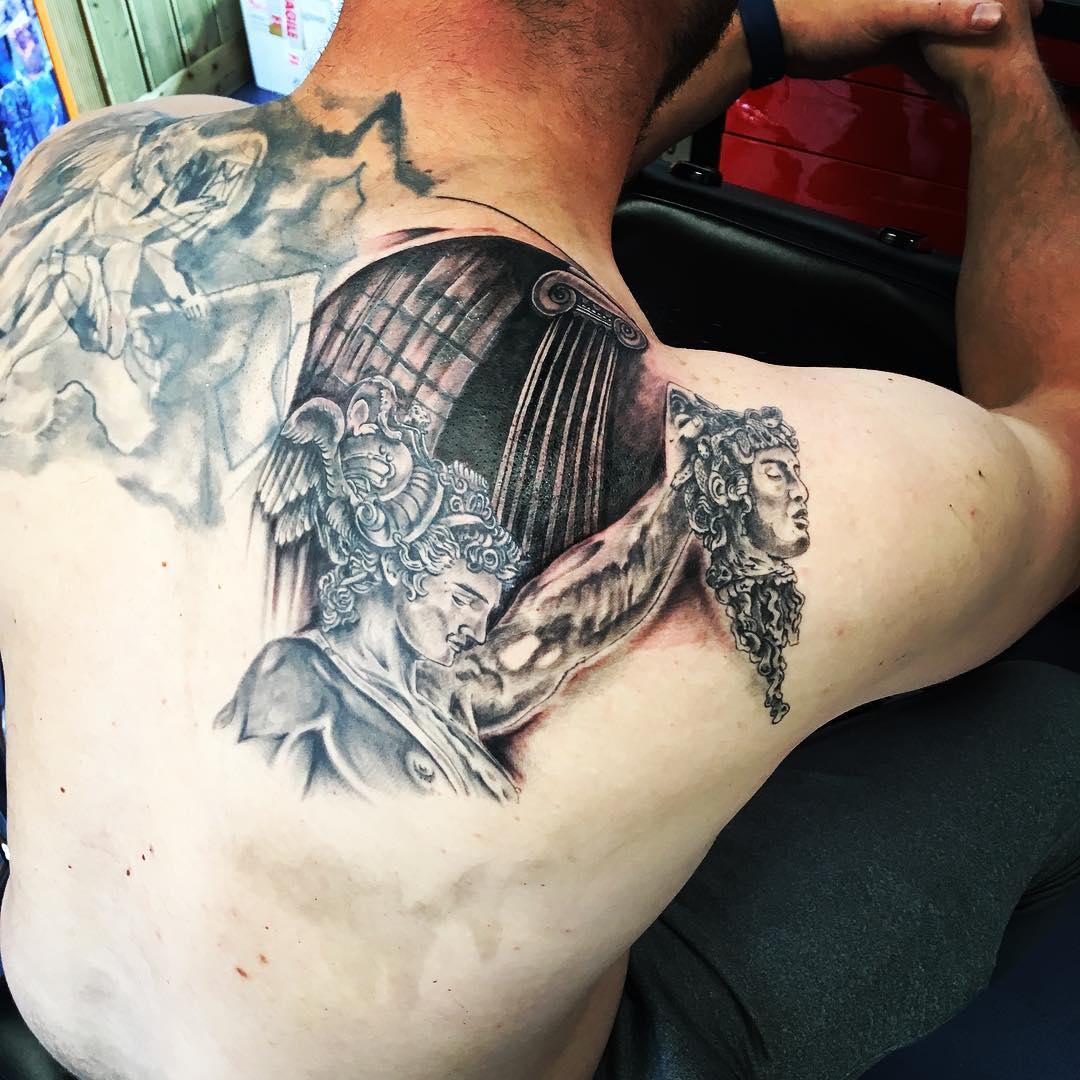
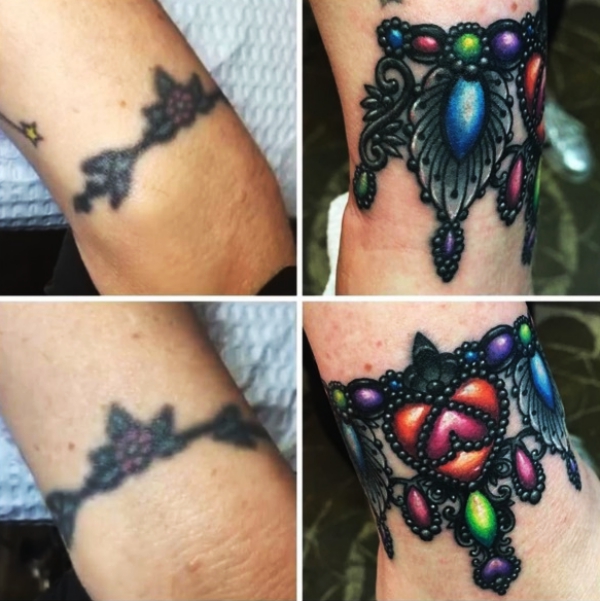
When searching for a tattoo artist to cover up your old tattoo, it’s wise to inquire about their techniques and experience level with this process. Furthermore, take into account the design of your old tattoo as well as its detail when choosing an artist; taking time to find an experienced individual could mean the difference between getting an excellent outcome or one that disappoints.
Realism
Realistic portraiture or other pieces of realism artwork require great skill and patience from the artist. Photo realism tattoos serve as a prime example, where contour lines mimic topographic maps in order to accurately portray shadows and highlights on skin.
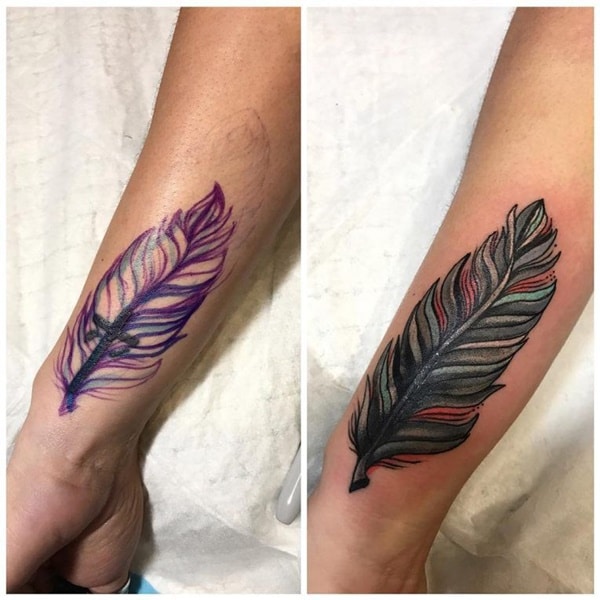
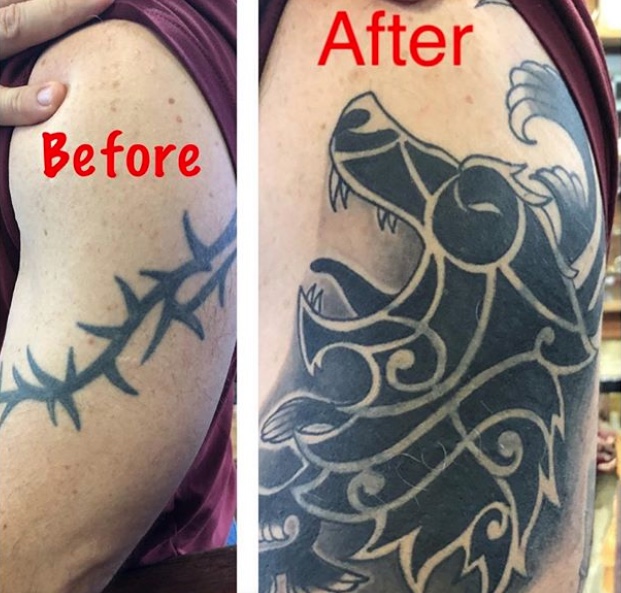
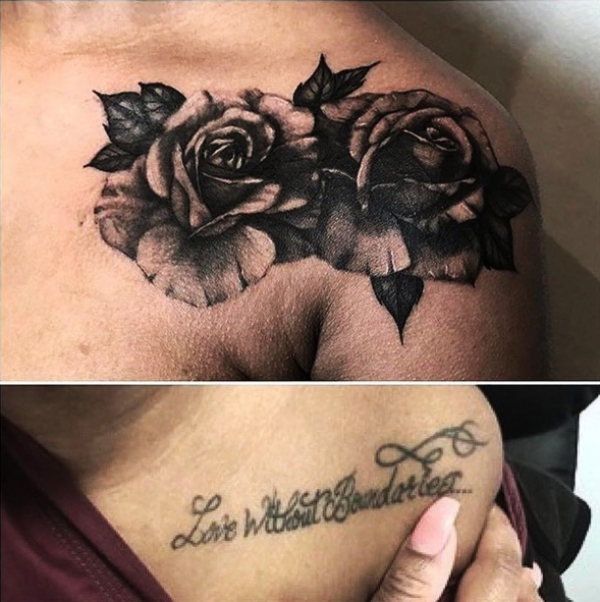
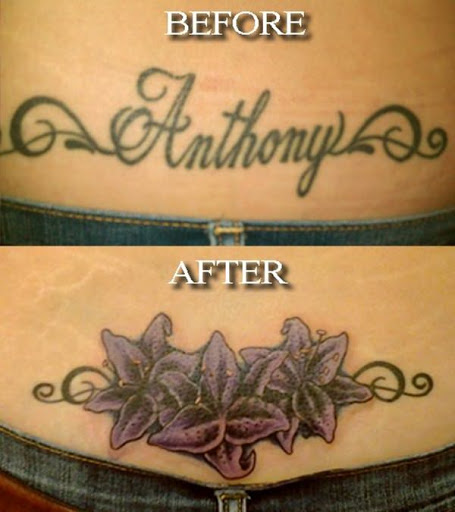
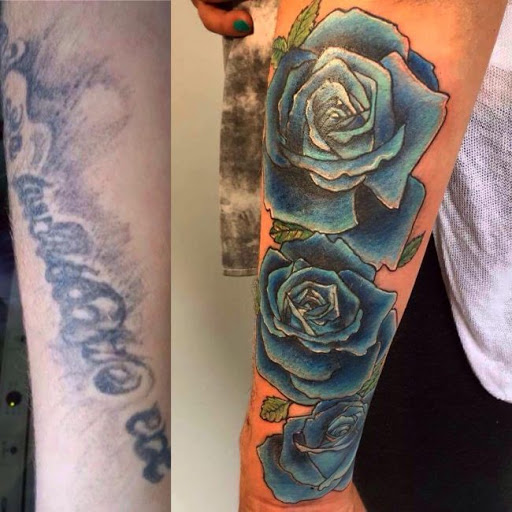
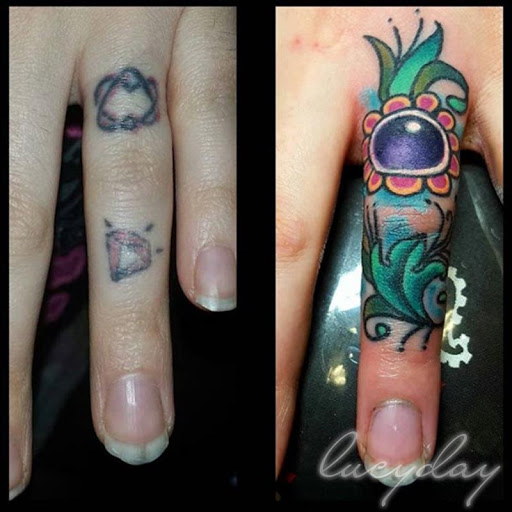
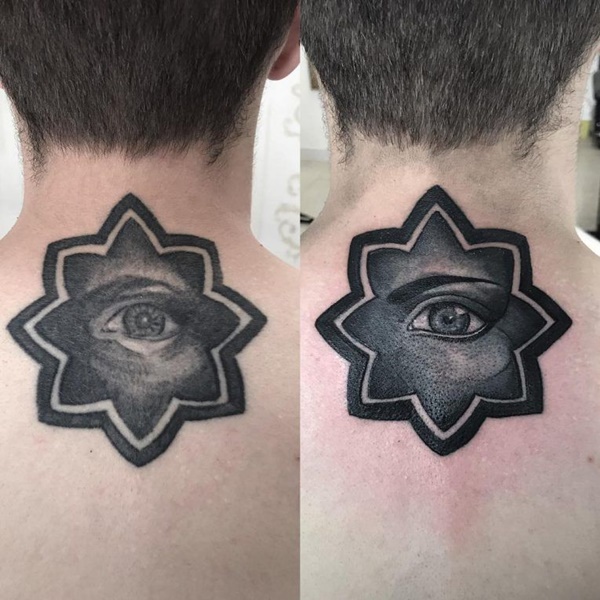
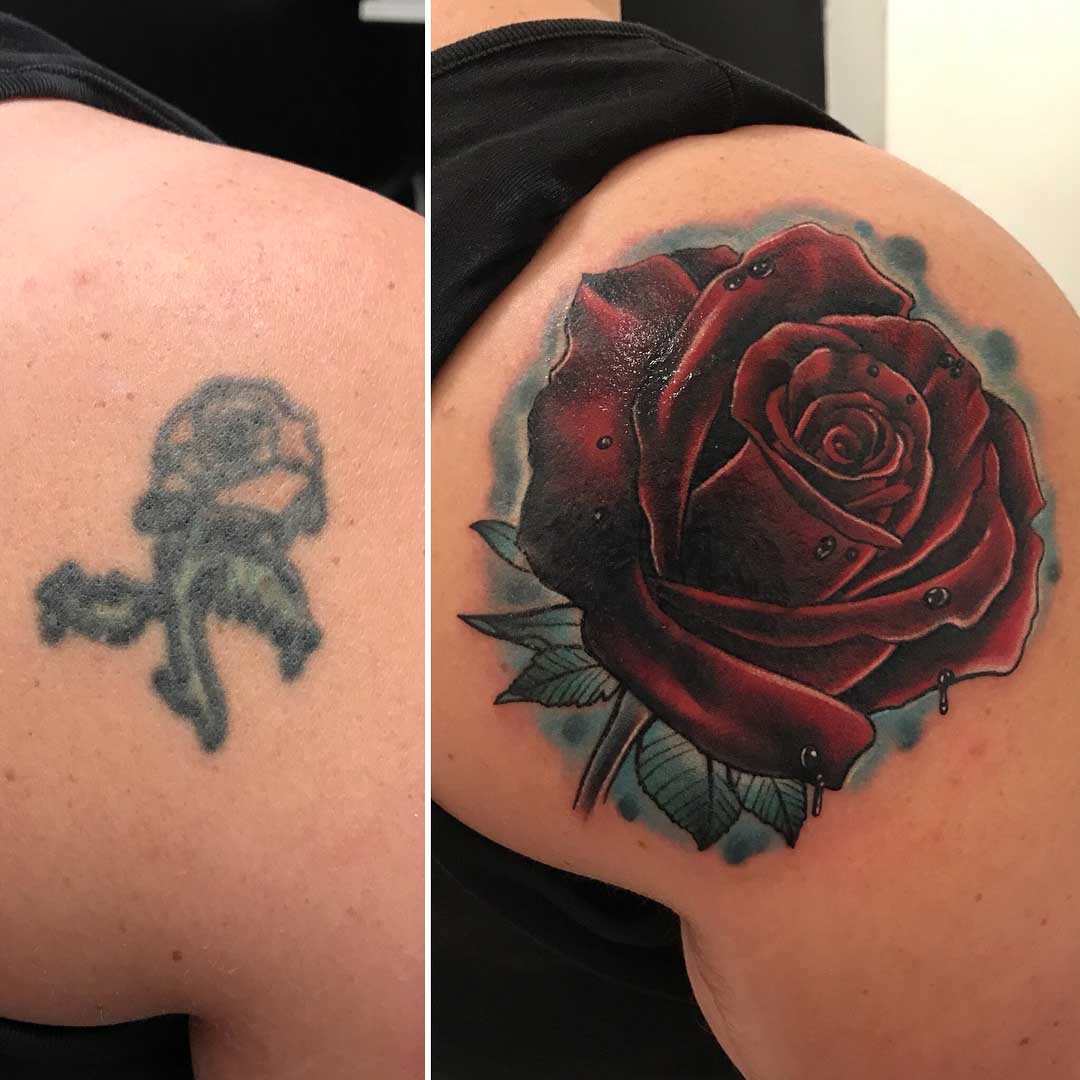
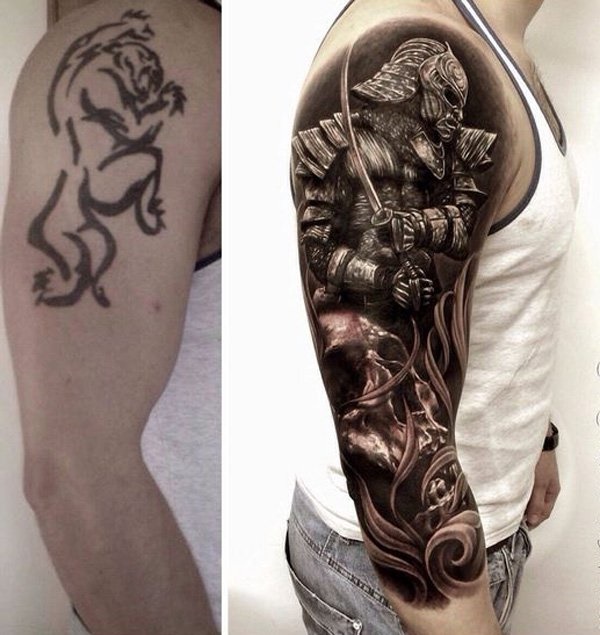
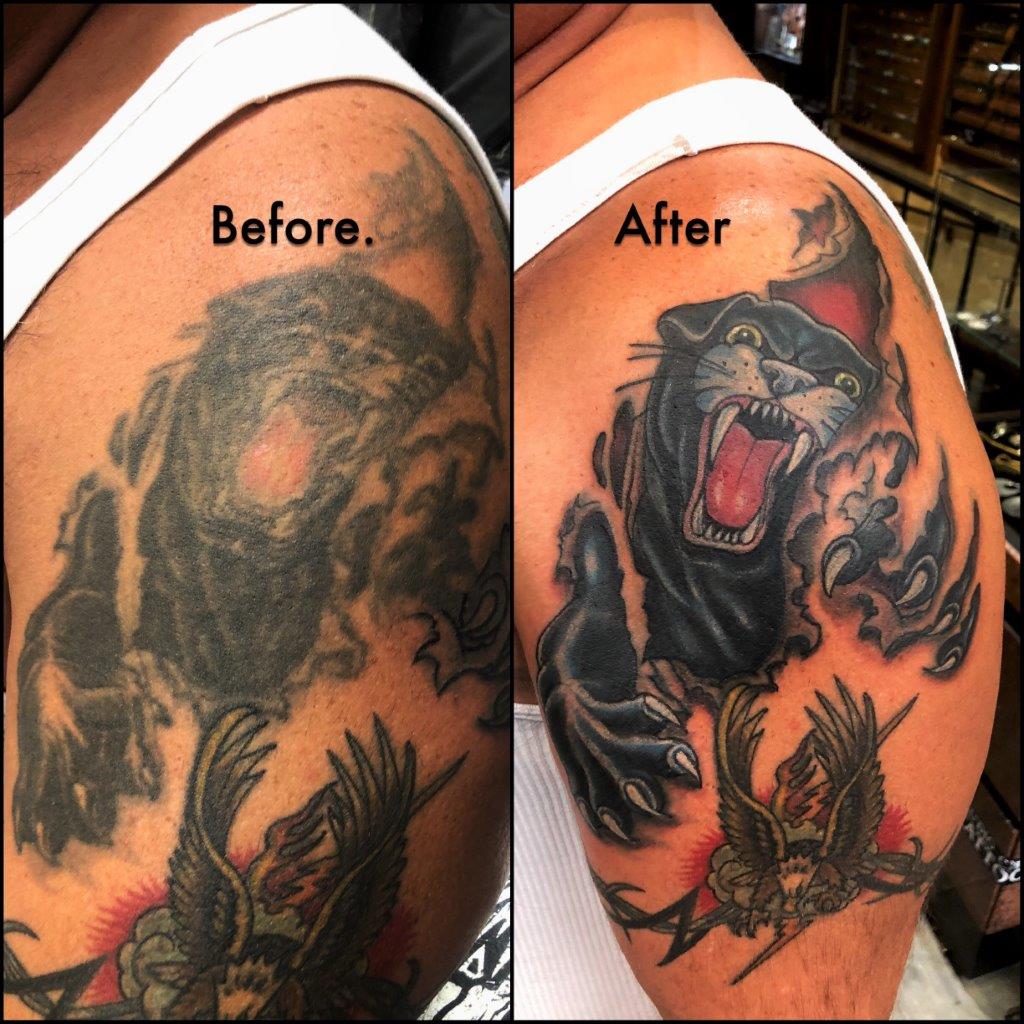
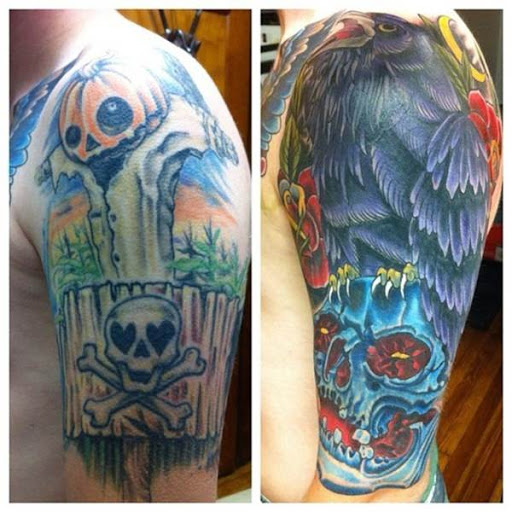
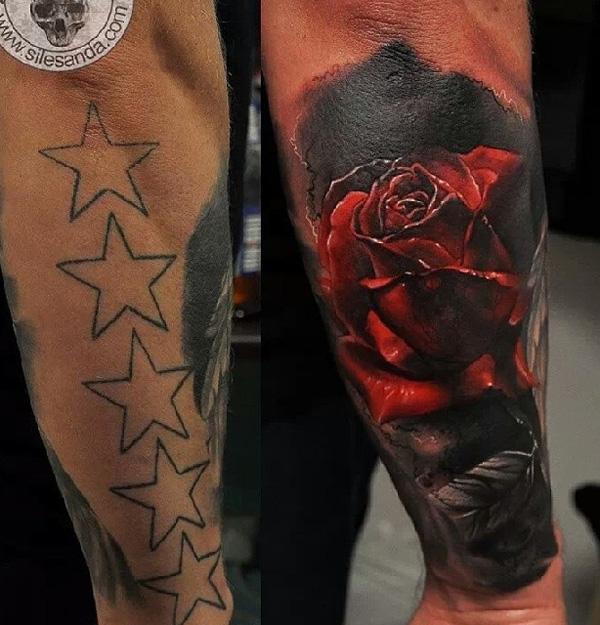
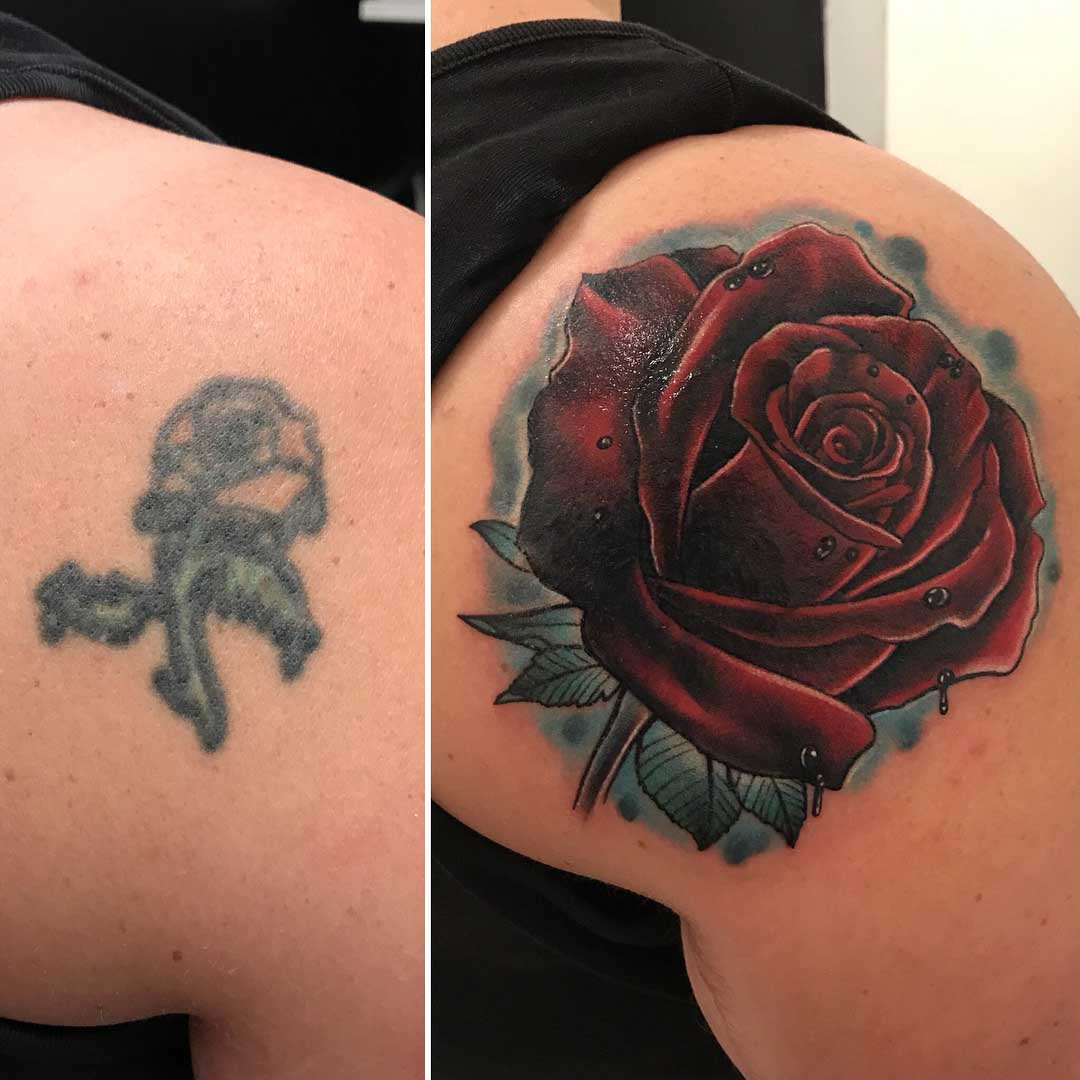
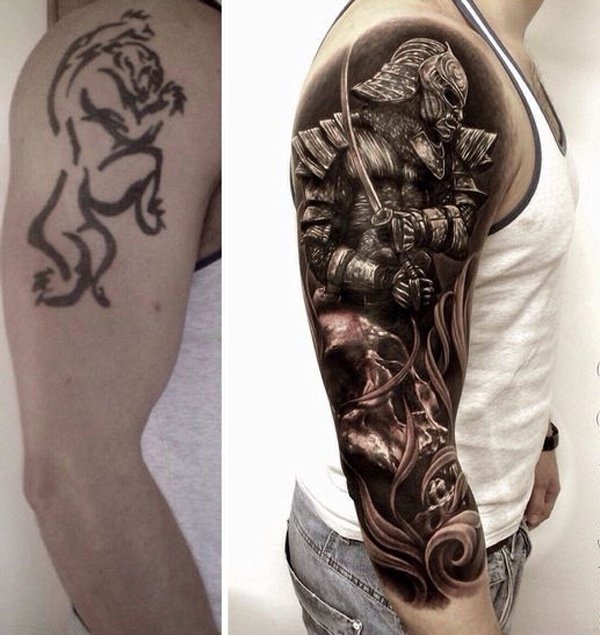
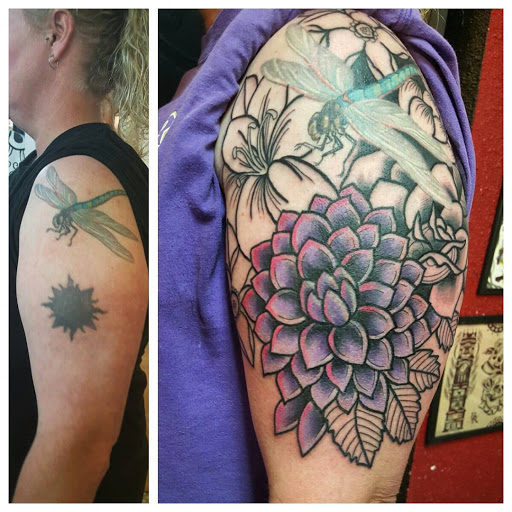
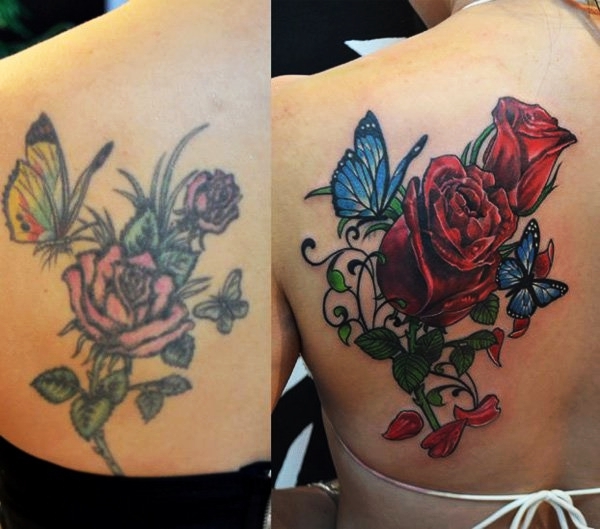
Popular realism designs feature portraits of loved ones, animals and nature. Many people desire their favorite photos or famous figures inked on their skins as a lasting reminder of the memories that matter most to them.
Another popular realism design is a floral scene, especially when the colors of the flowers can be used to camouflage darker hues or shades. For instance, a rose tattoo done in black and grey serves as an intense symbol of love.
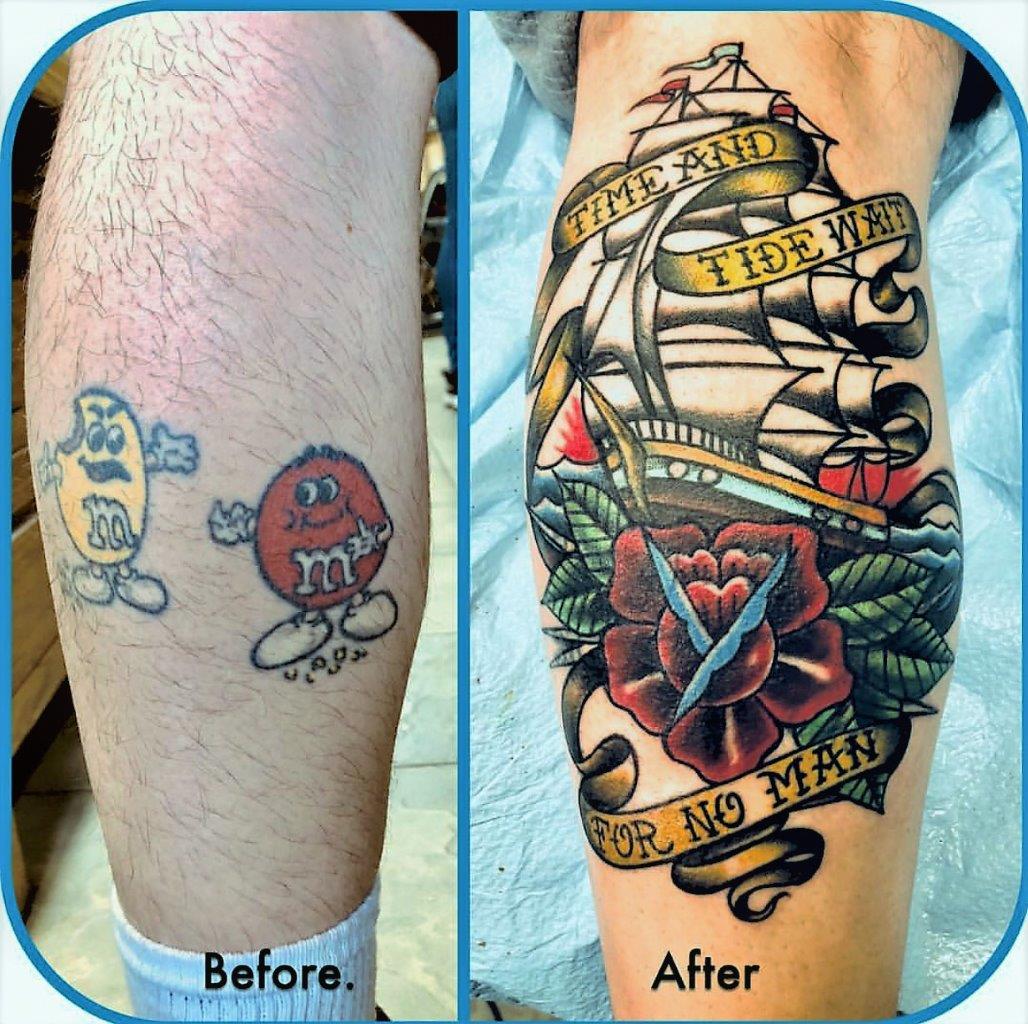
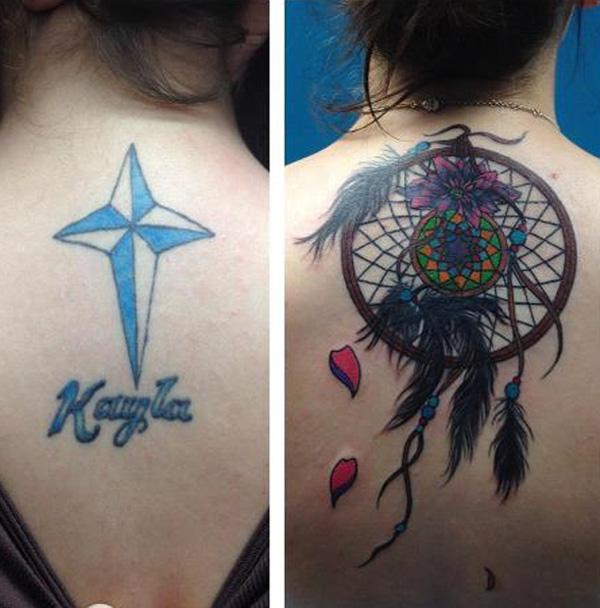
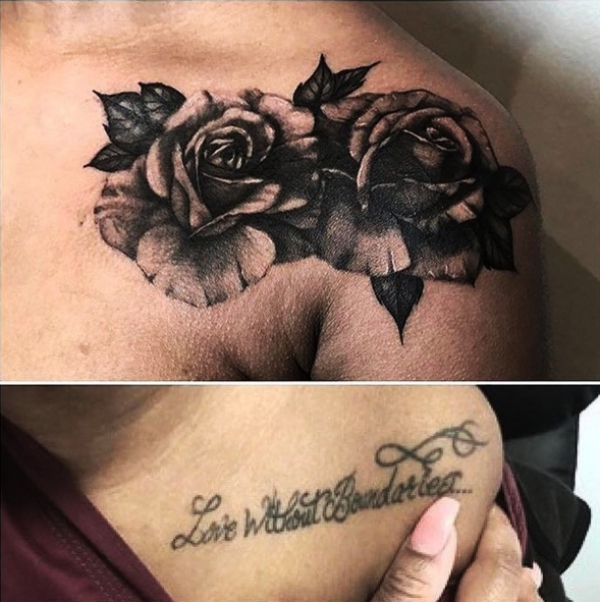
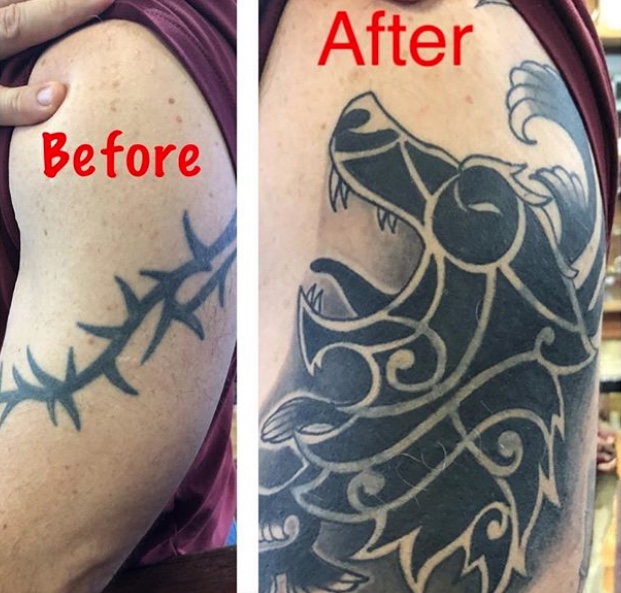
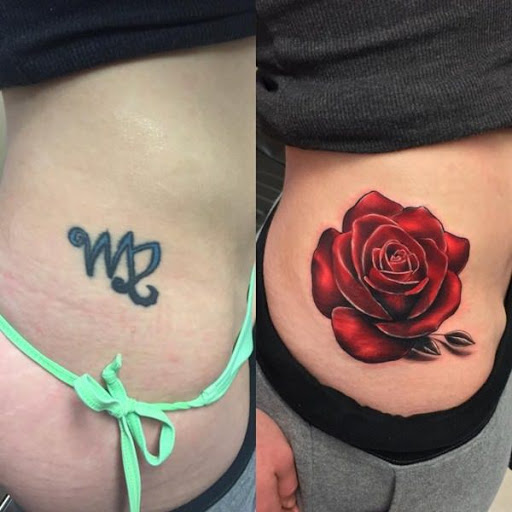
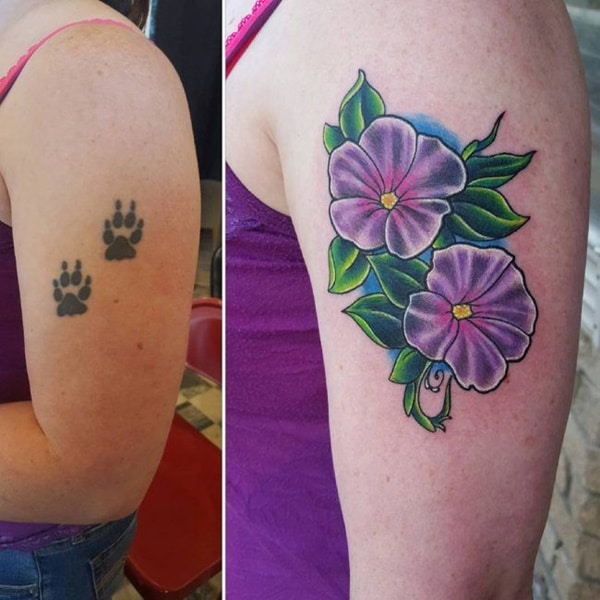
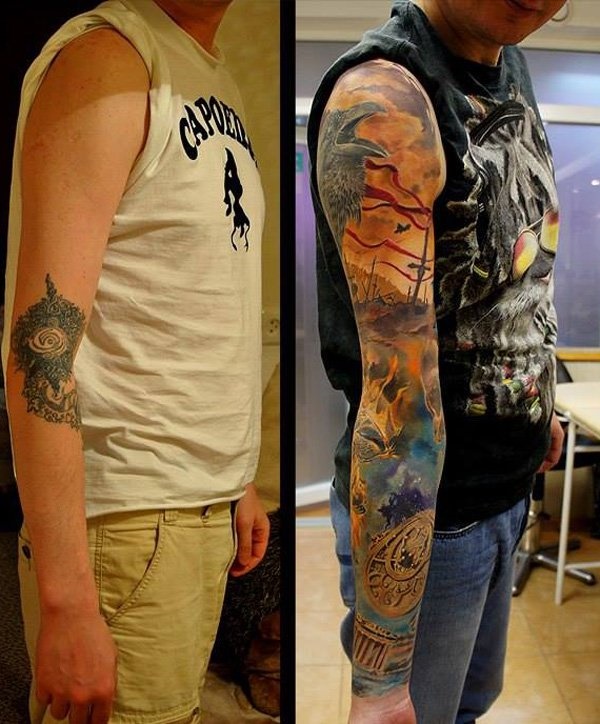
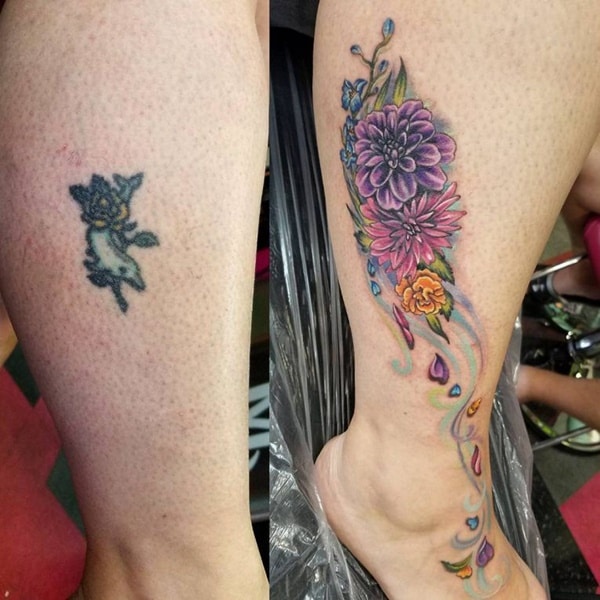
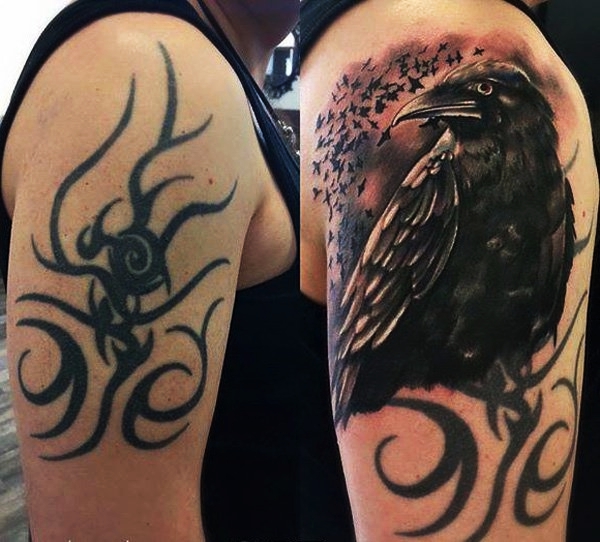
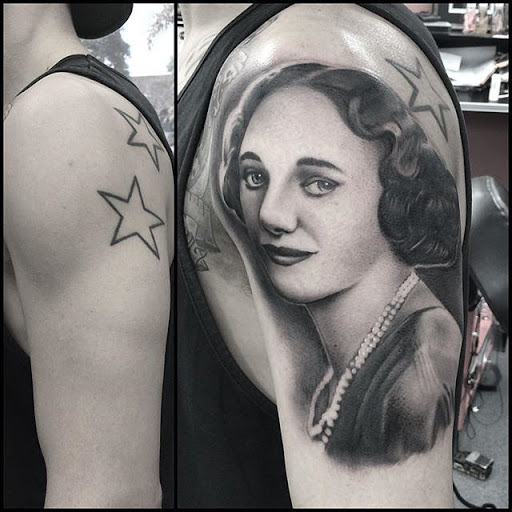
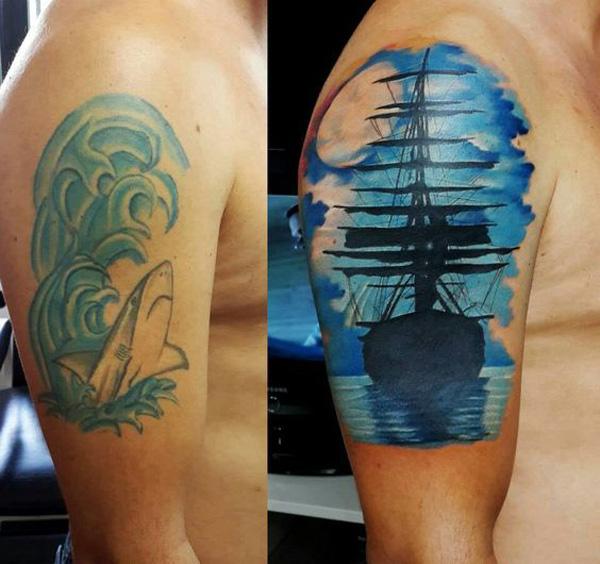
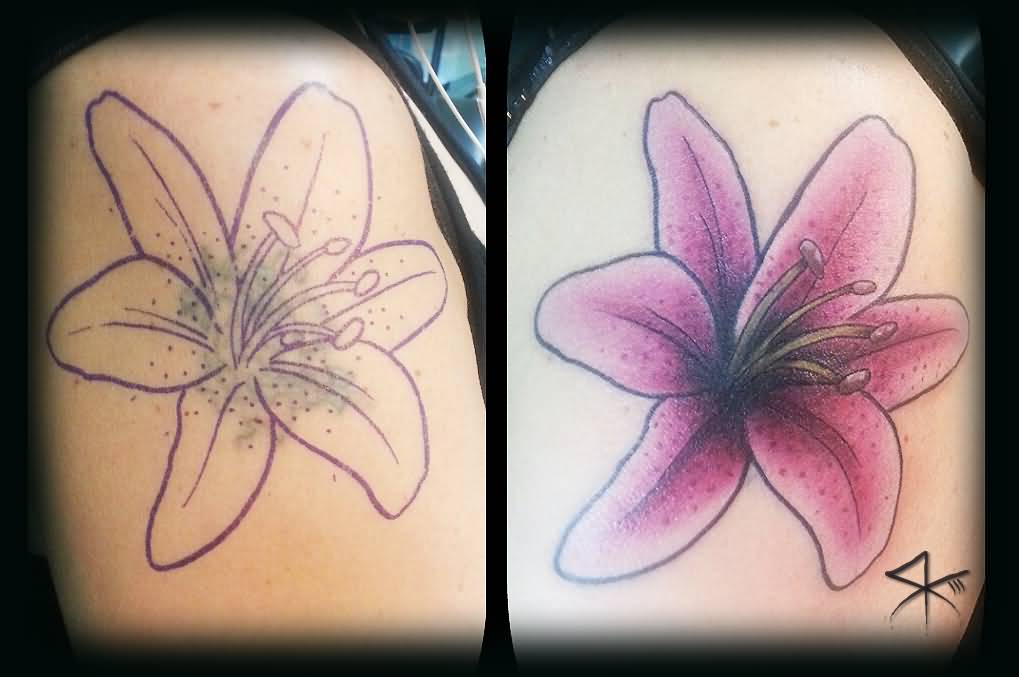
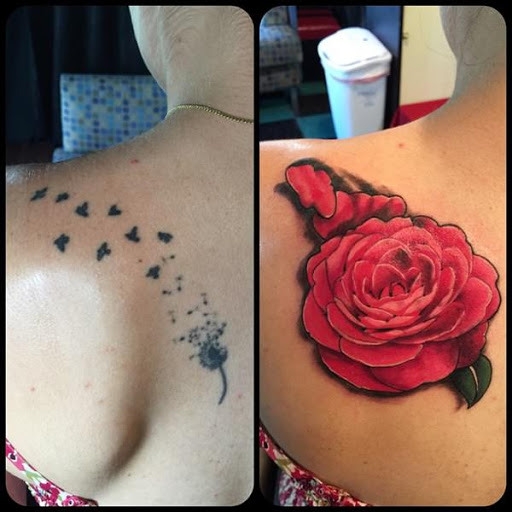
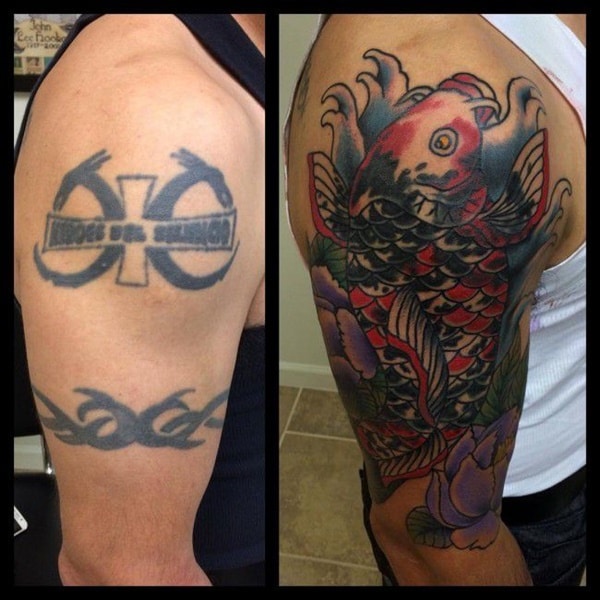
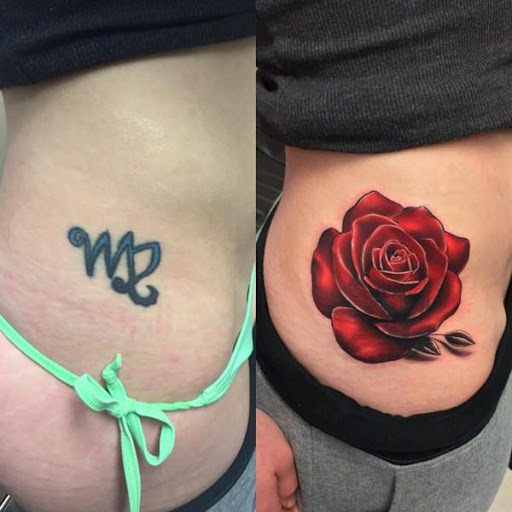
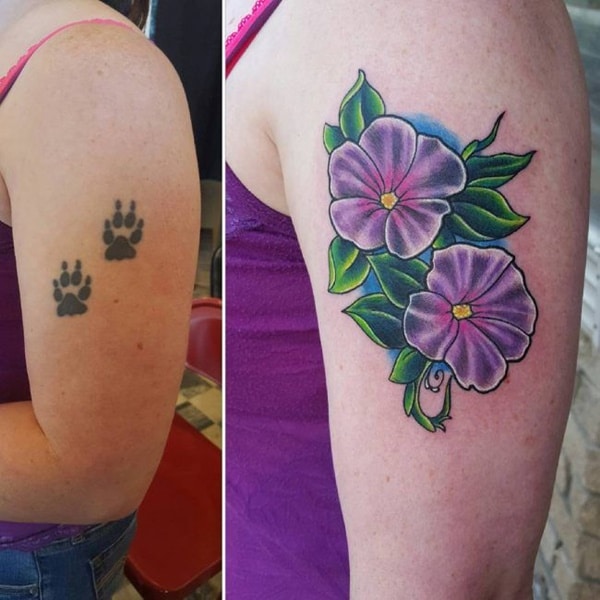
Cover up tattoos are an excellent way to conceal an older piece of artwork and replace it with a more appealing one. It’s essential that you discuss this option with the artist beforehand, so they can come up with an approach that looks natural while also covering up any existing ink.
Color
Cover up tattoos are used to conceal an existing design and create a fresh new aesthetic. Common color choices for cover up tattoos are black, gray, and green – colors which blend in seamlessly and make the tattoo much less noticeable.



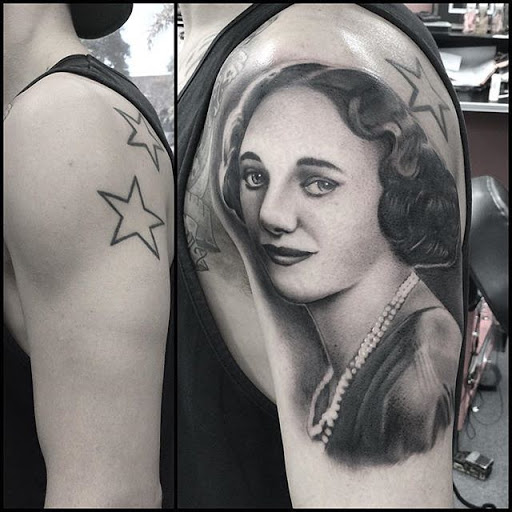

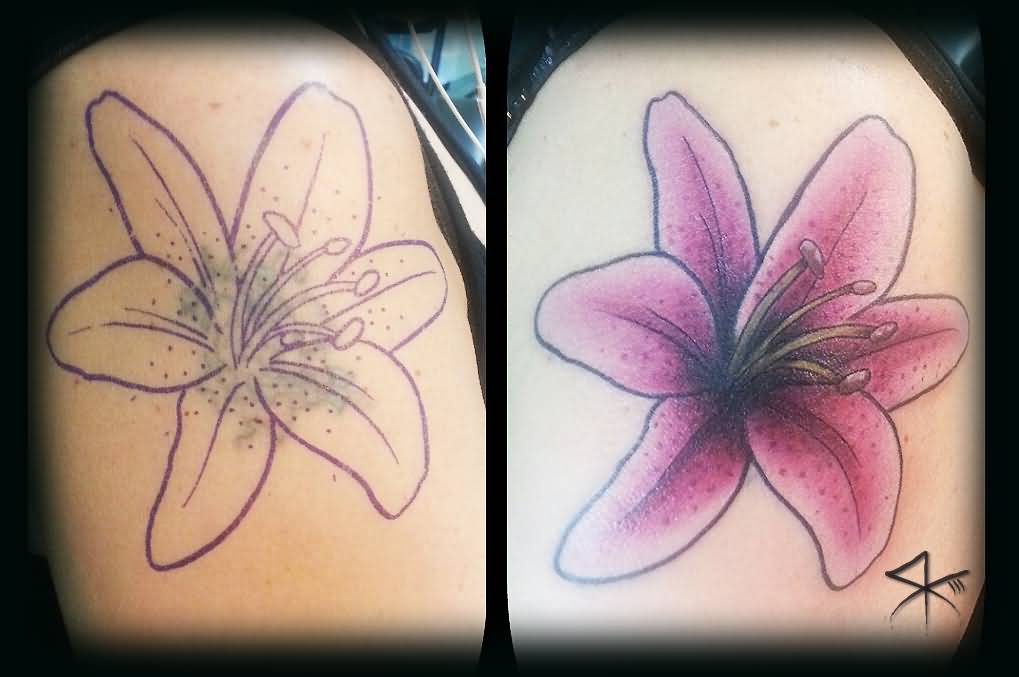
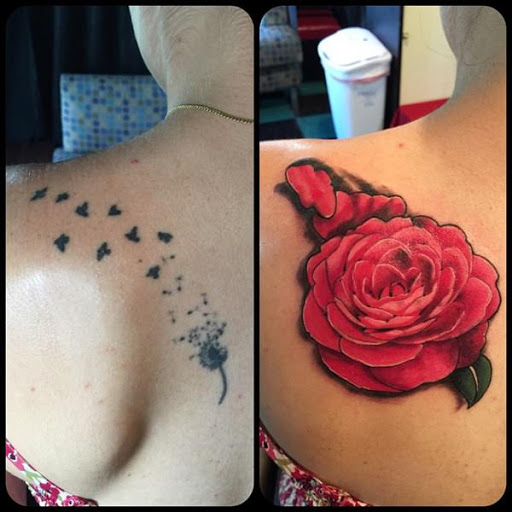
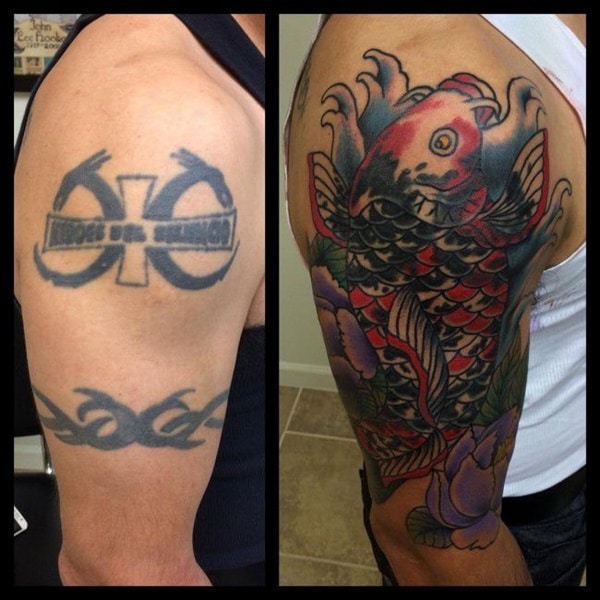
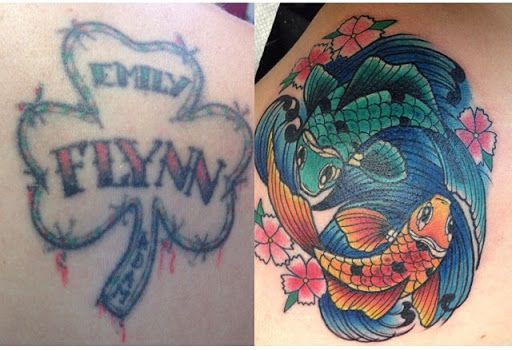
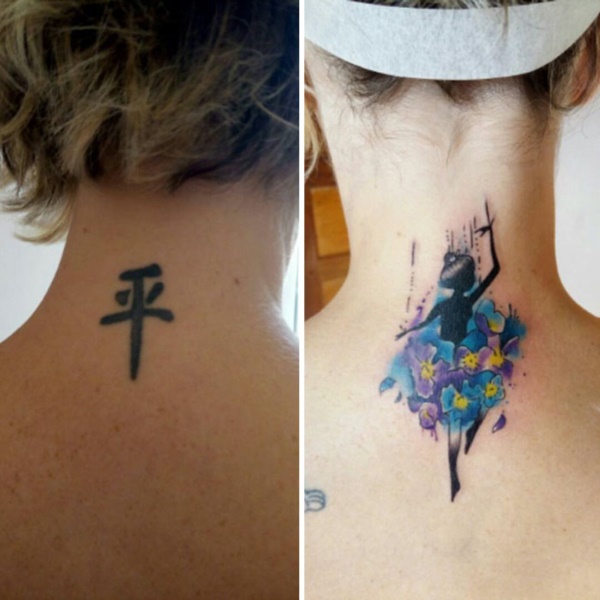
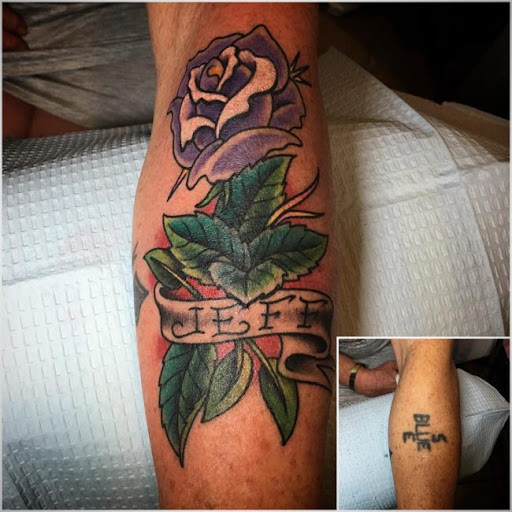
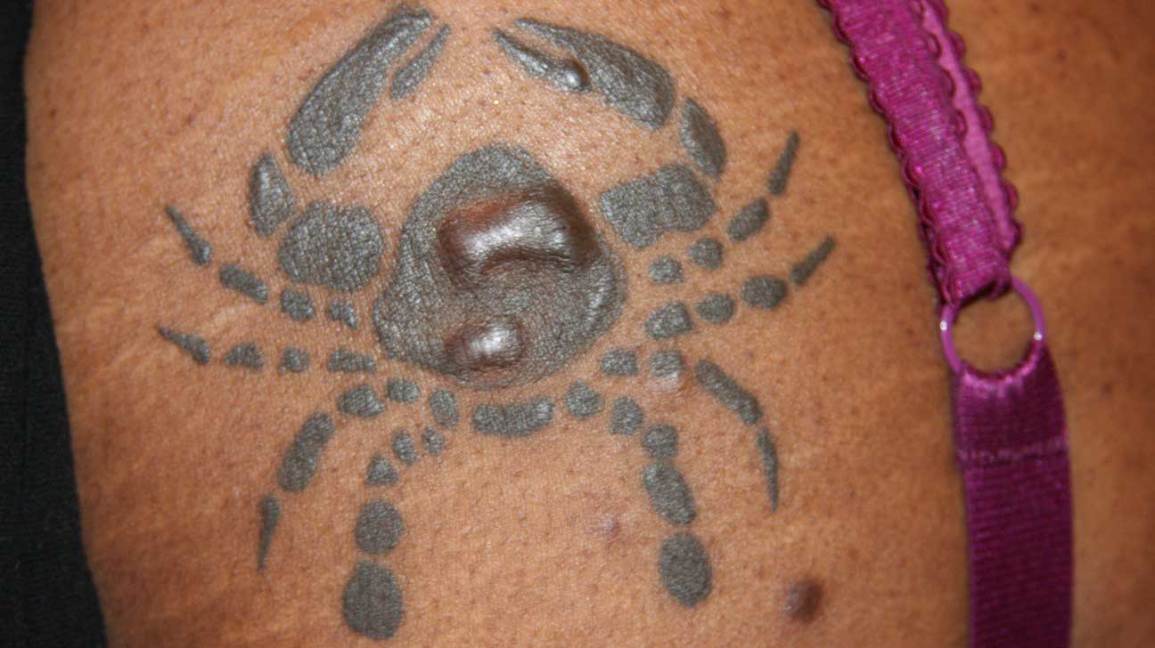
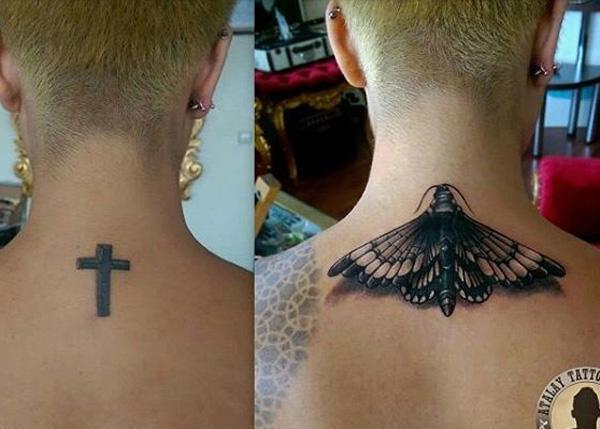
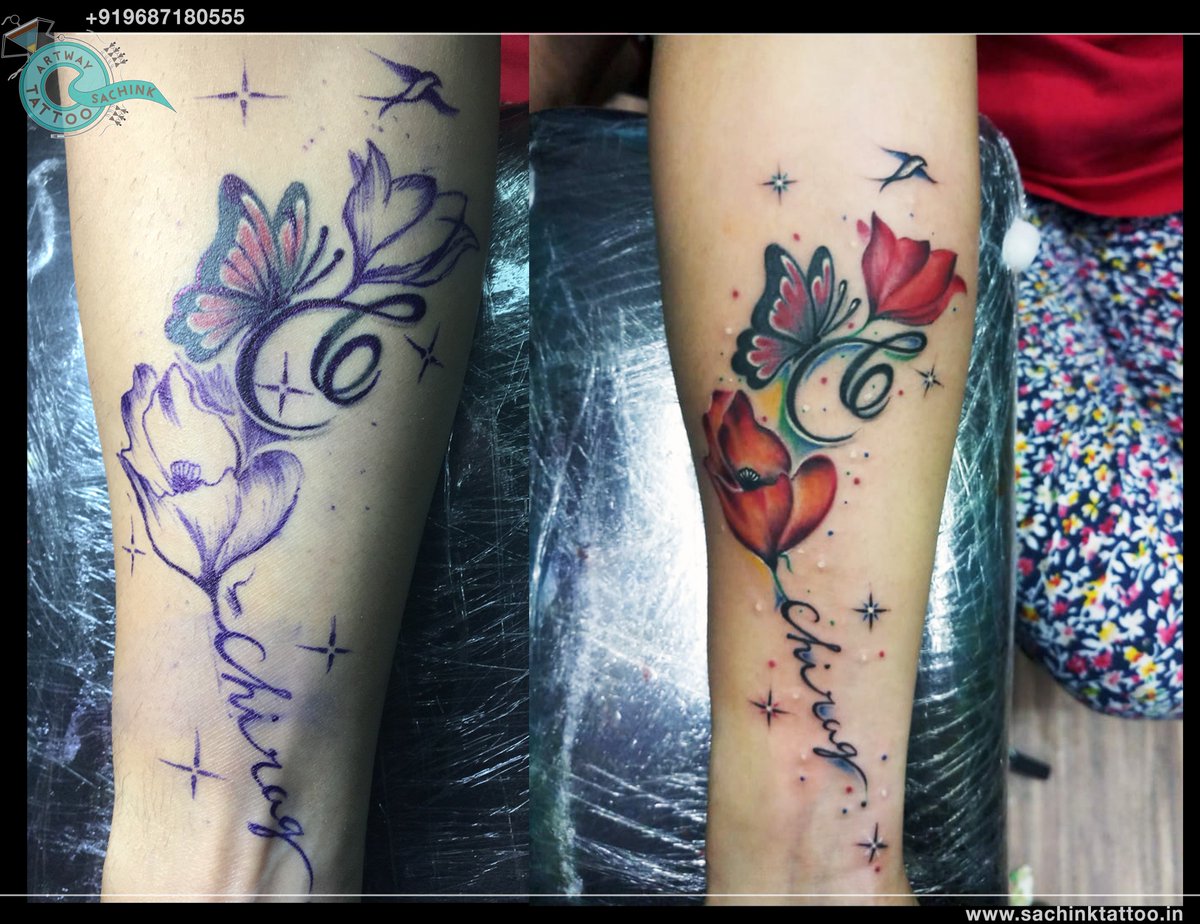
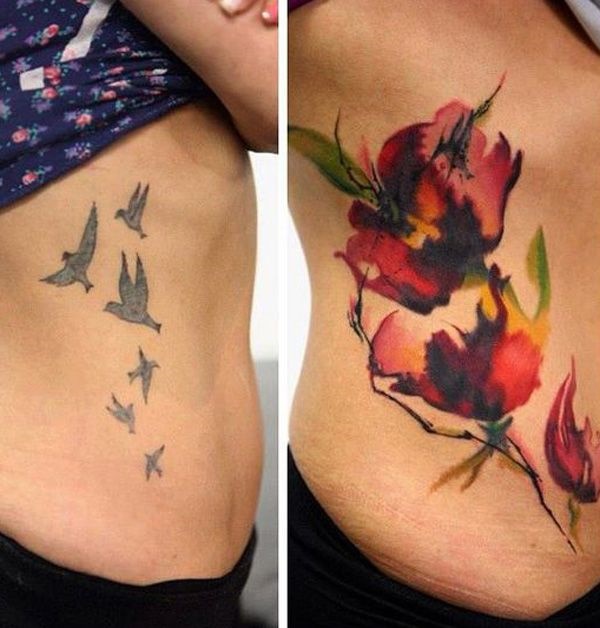
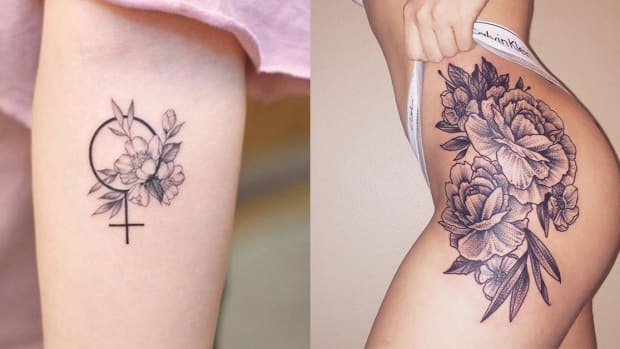
Cover ups involve depositing new ink into the dermis layer (below the epidermis). Here, old and new ink mix together beneath the skin, creating a different hue – for instance, mixing red with blue pigment will result in purple pigment.
When applying a cover up tattoo, the colors chosen depend on the existing design and what the client desires. The new tattoo could be either an enhanced version of their existing tattoo, or it could be entirely new artwork.
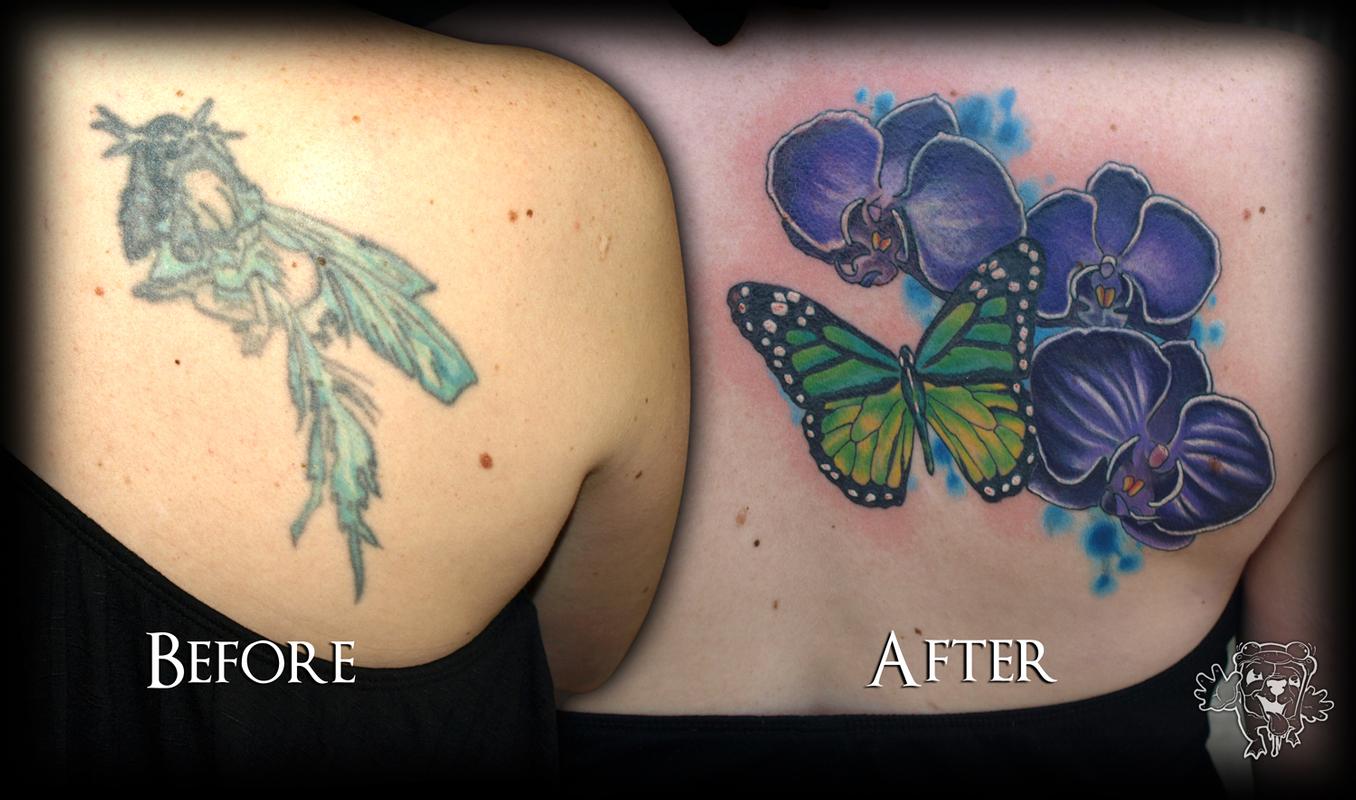

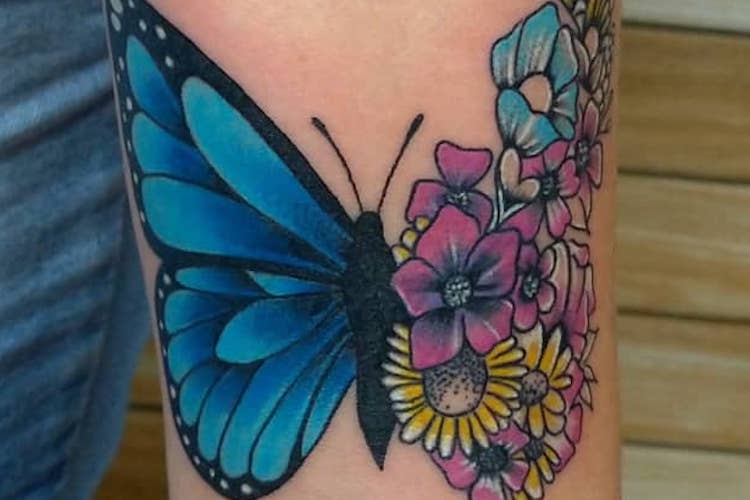
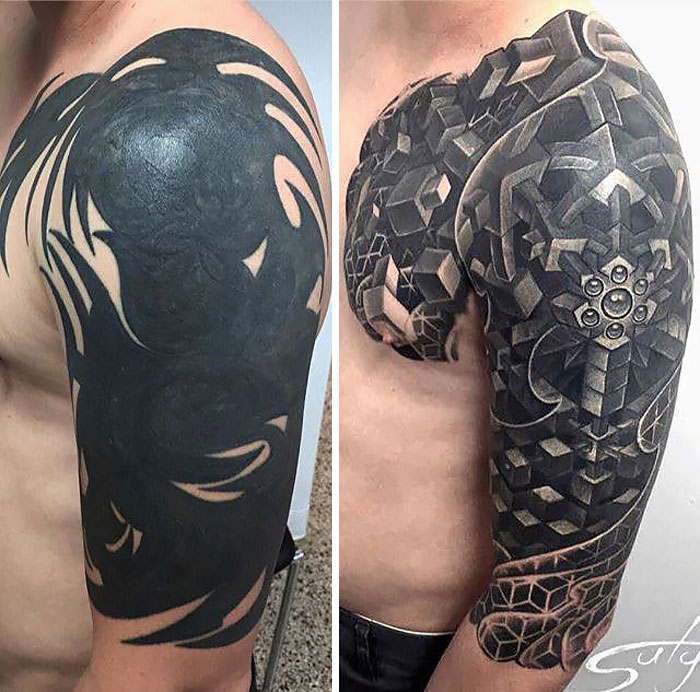
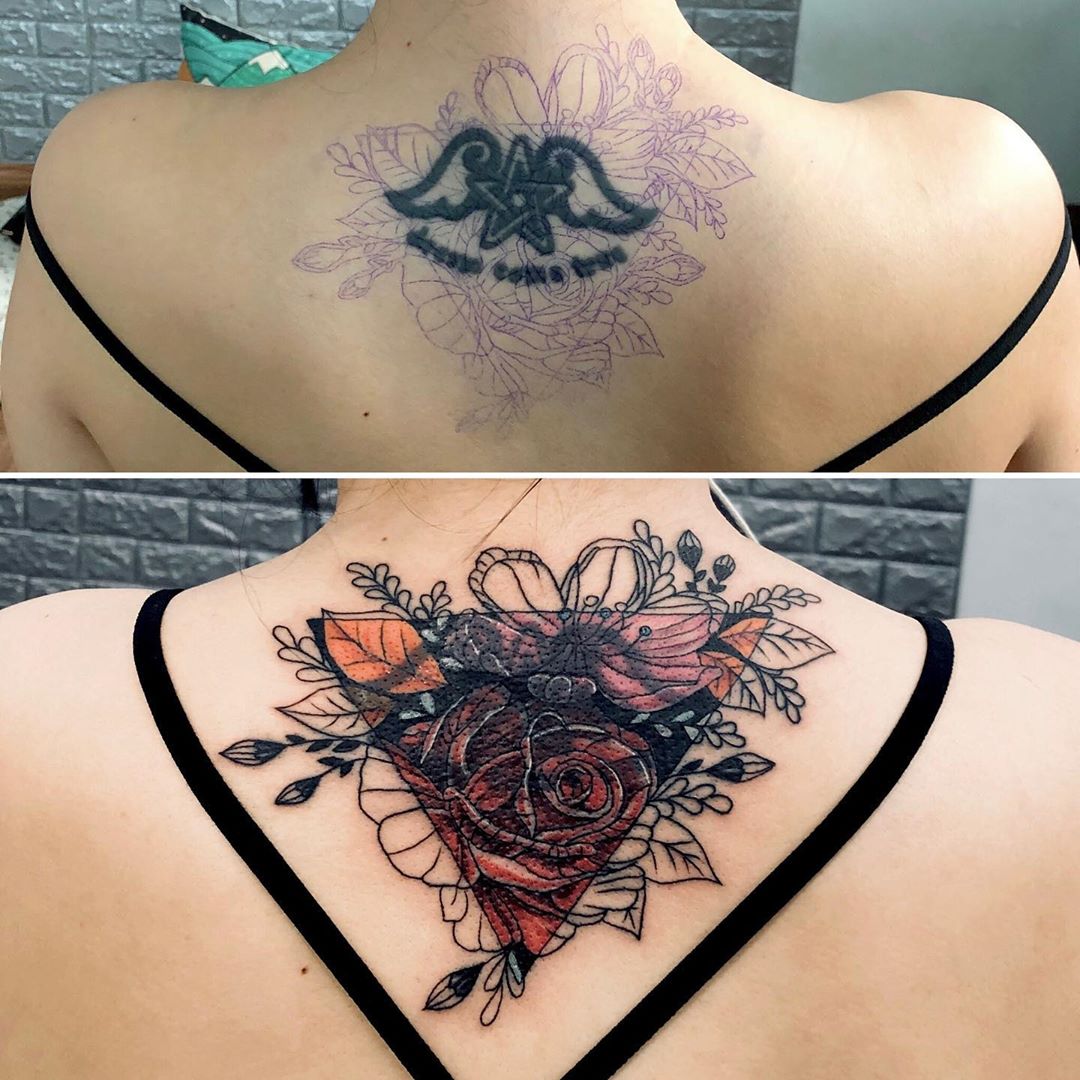
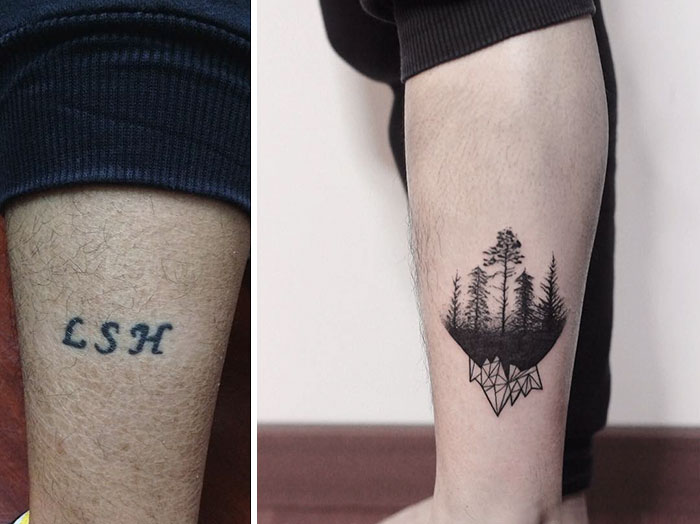
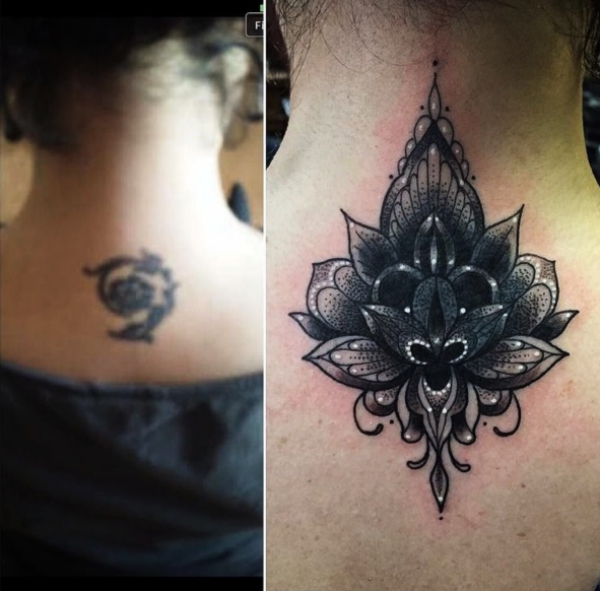
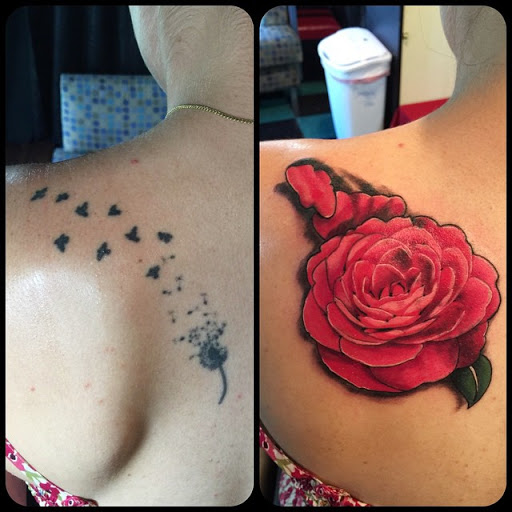
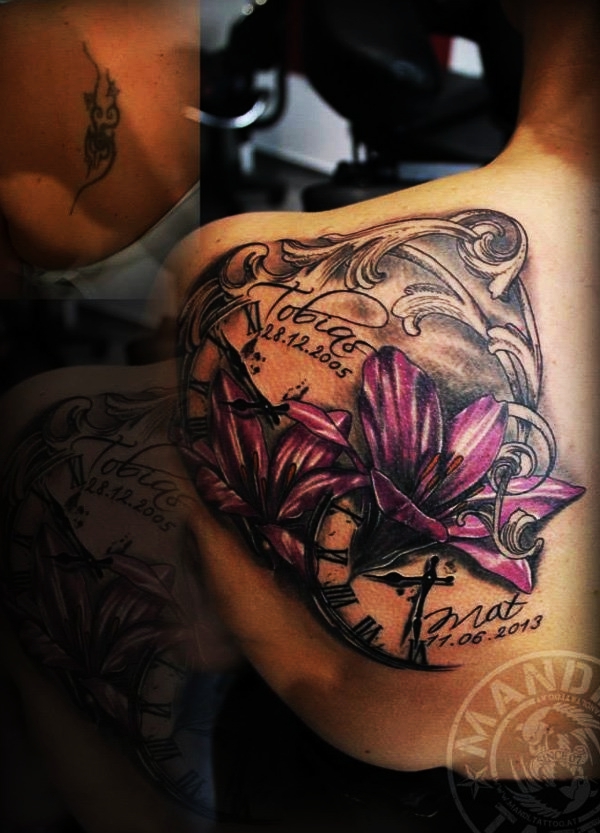
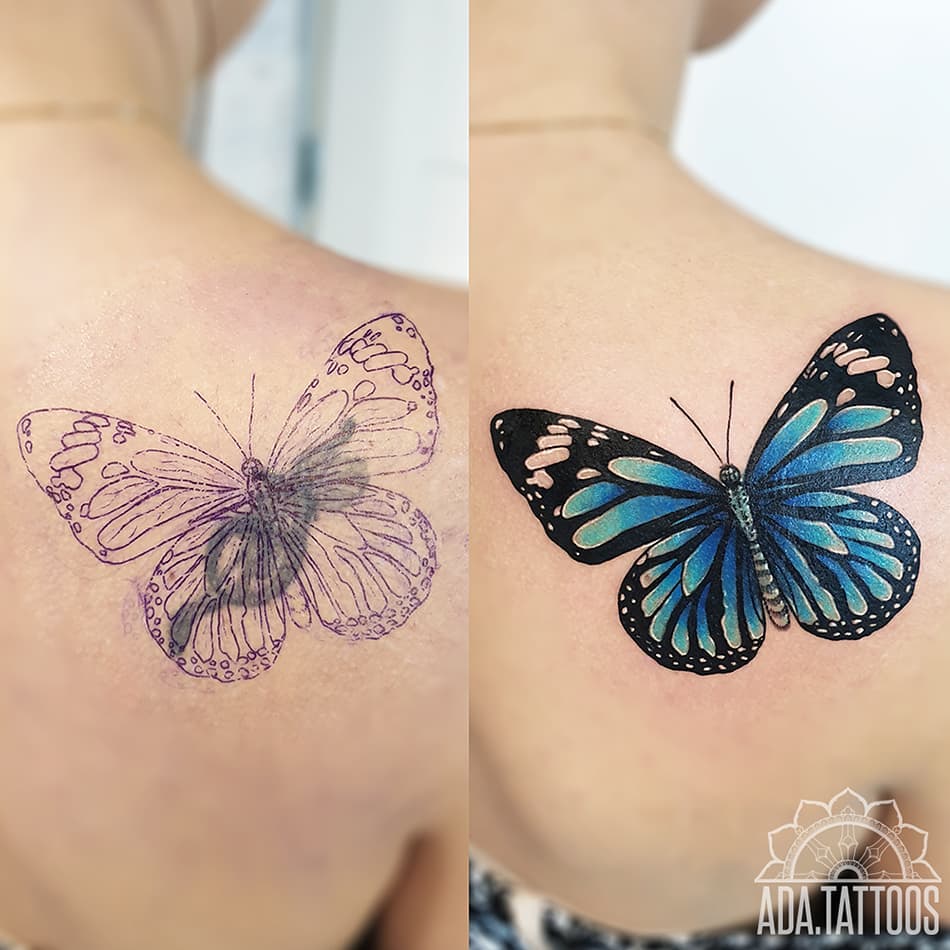
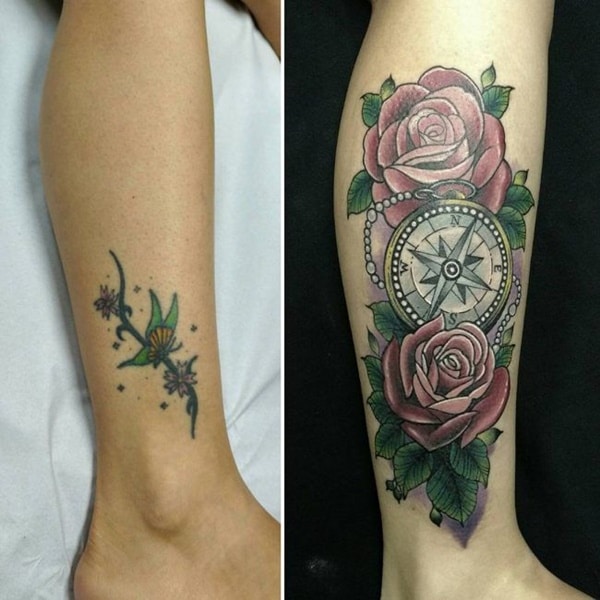
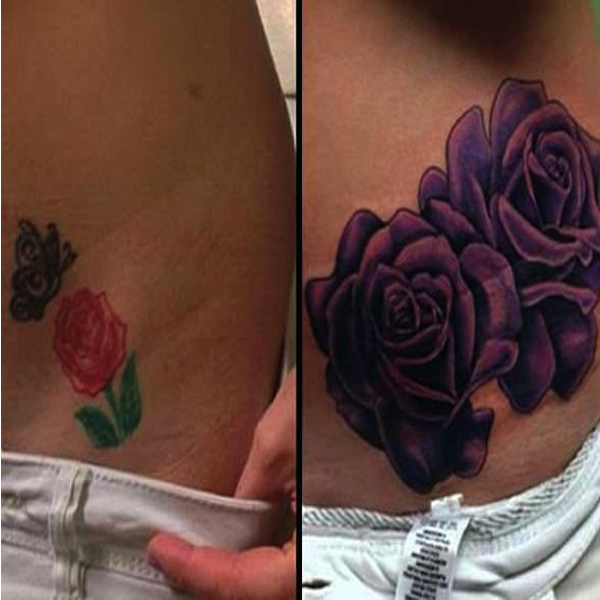
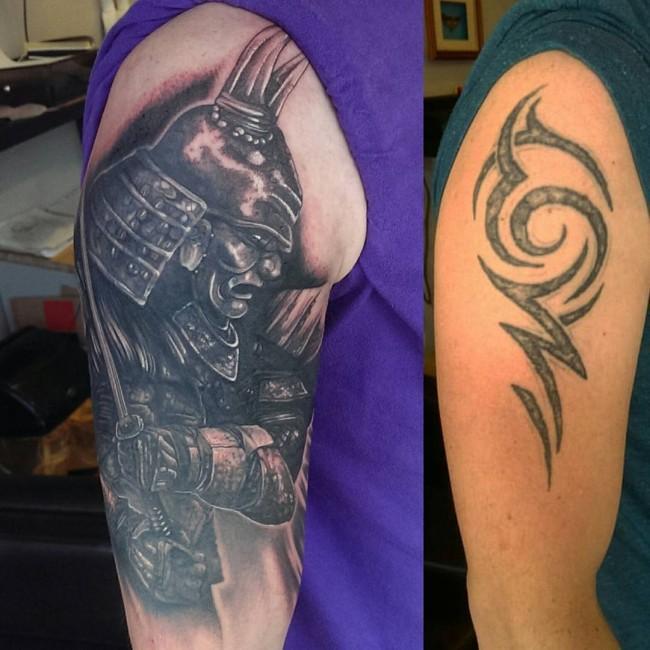
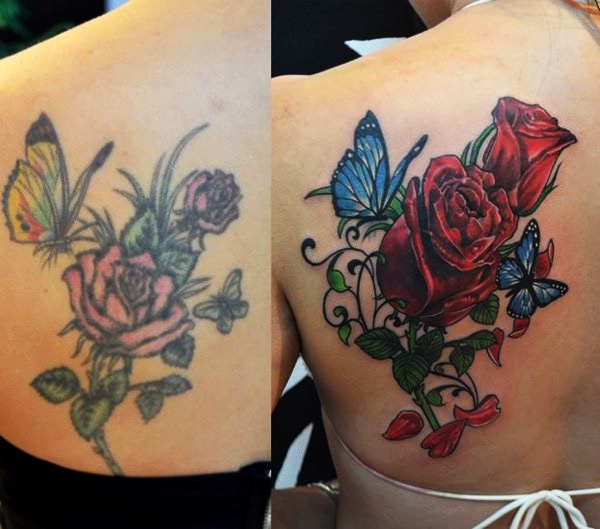
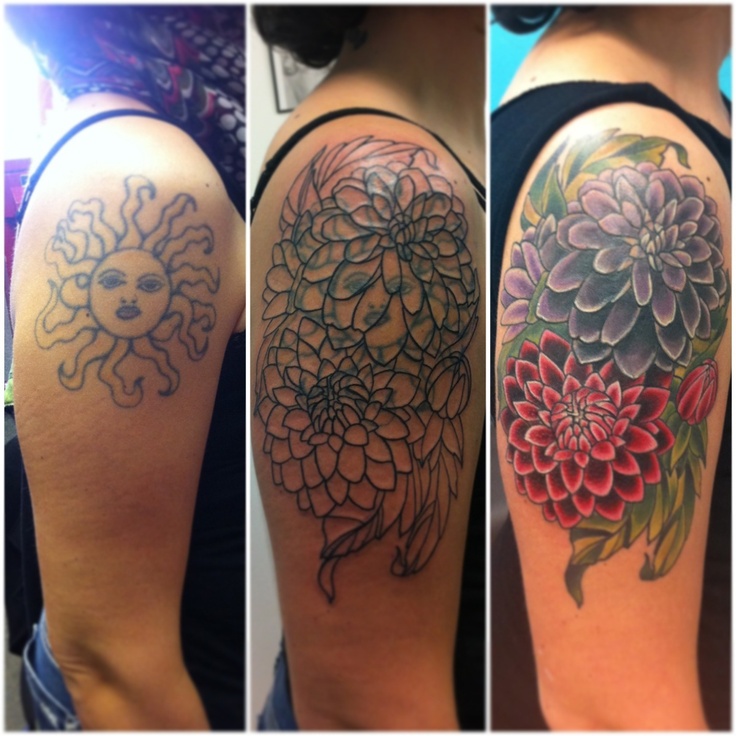
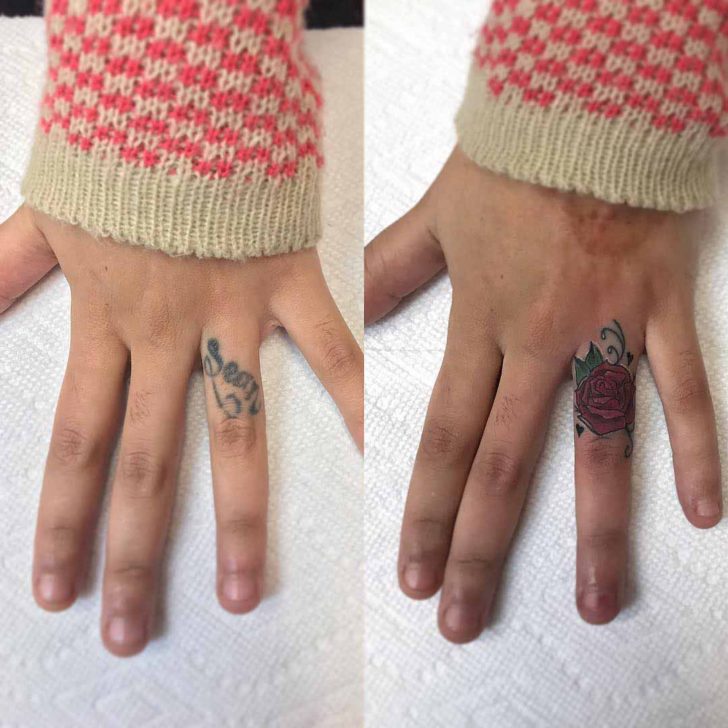
Most artists opt for black when covering up old designs, but it is not the only choice. Other colors such as oranges, blues, and greens can also be employed to camouflage an unattractive design.
When selecting colors for a cover up tattoo, take into account the size of the existing design. Larger tattoos may require more effort to cover than smaller ones, and lighter shades can be placed over dark ones if applied correctly by an experienced artist.
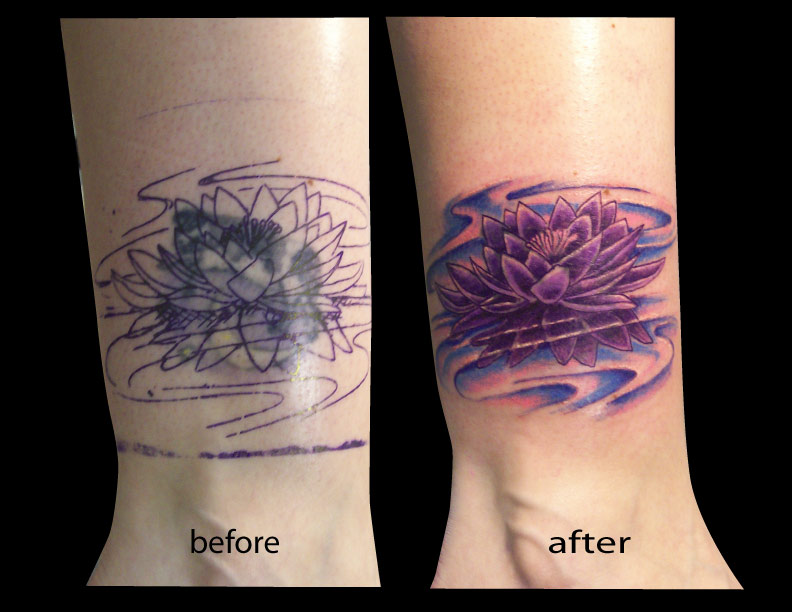
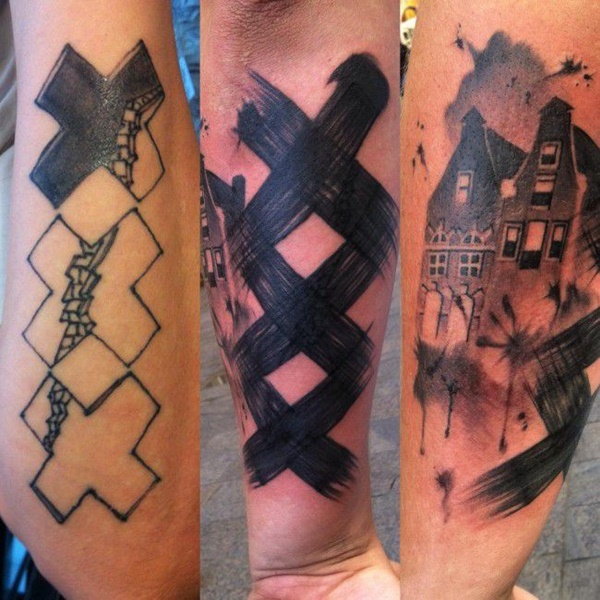
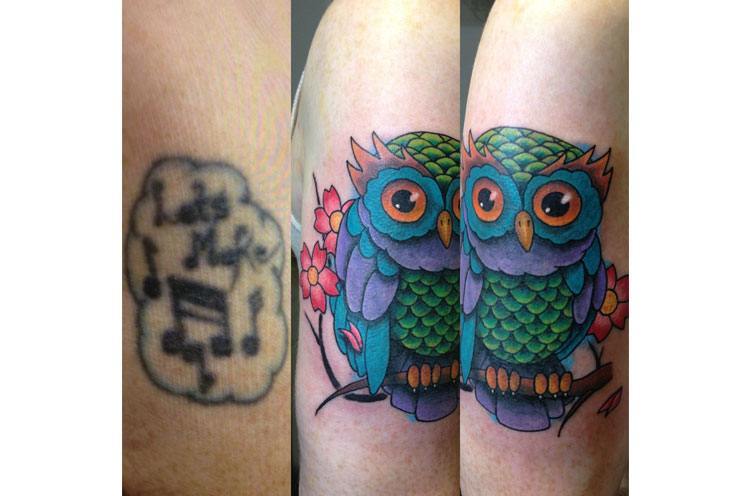
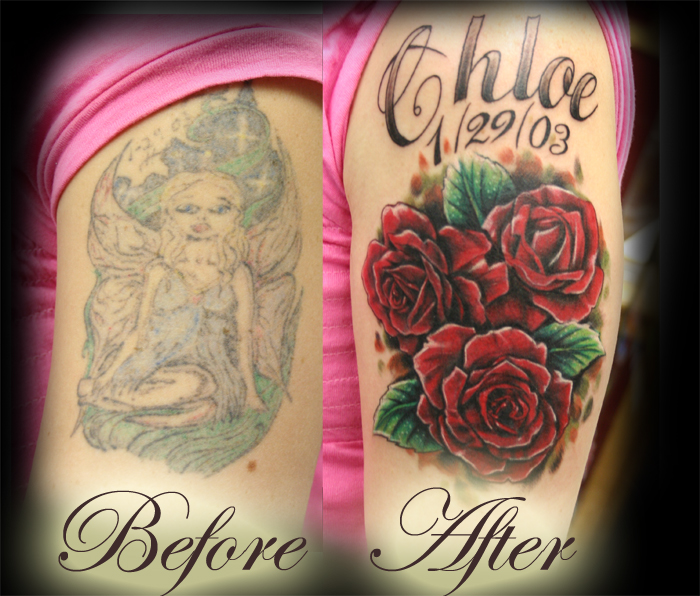
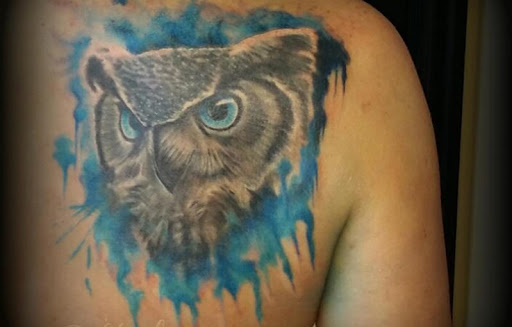
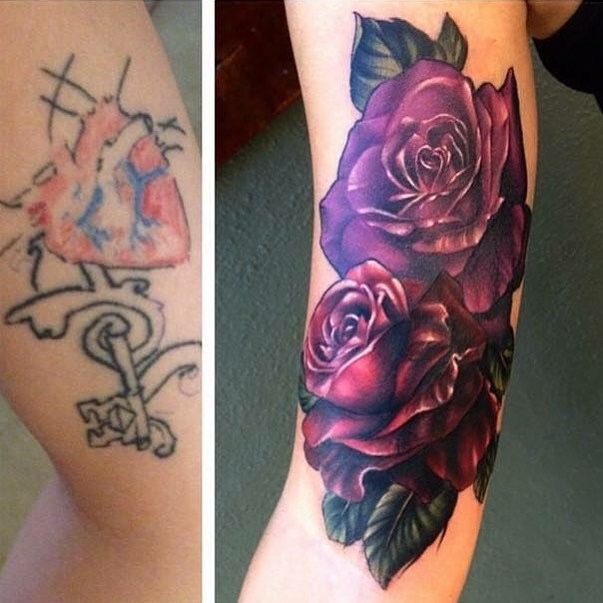
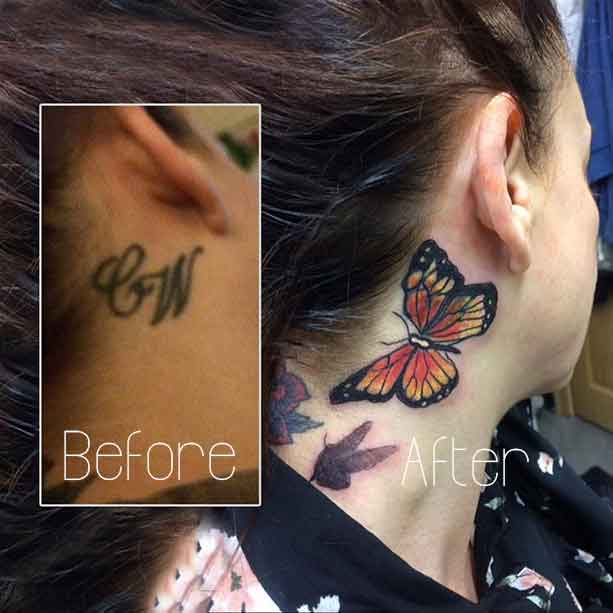
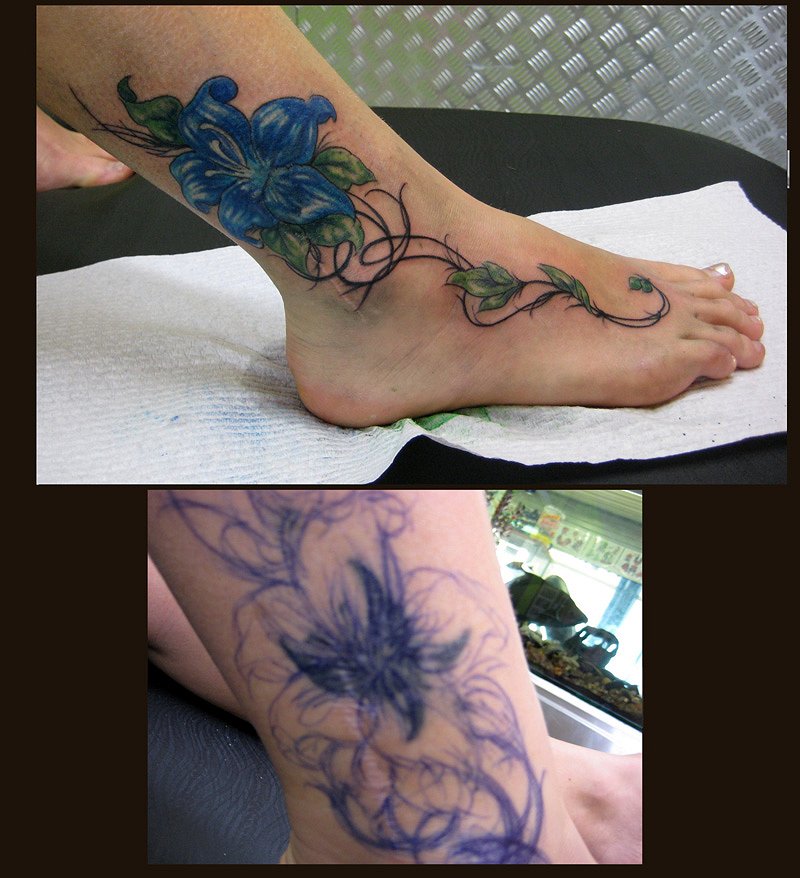
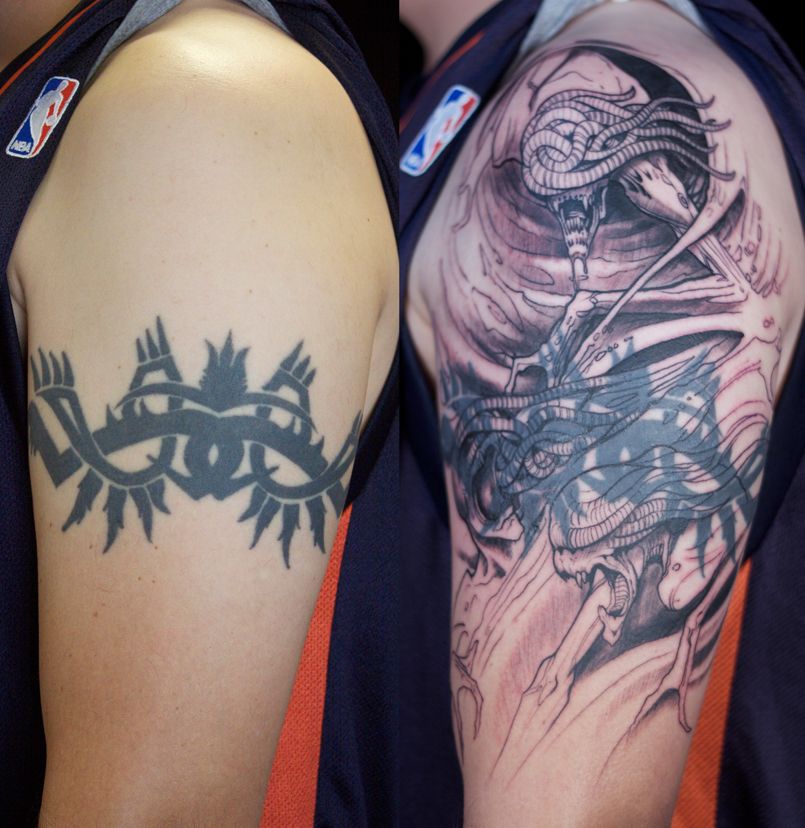
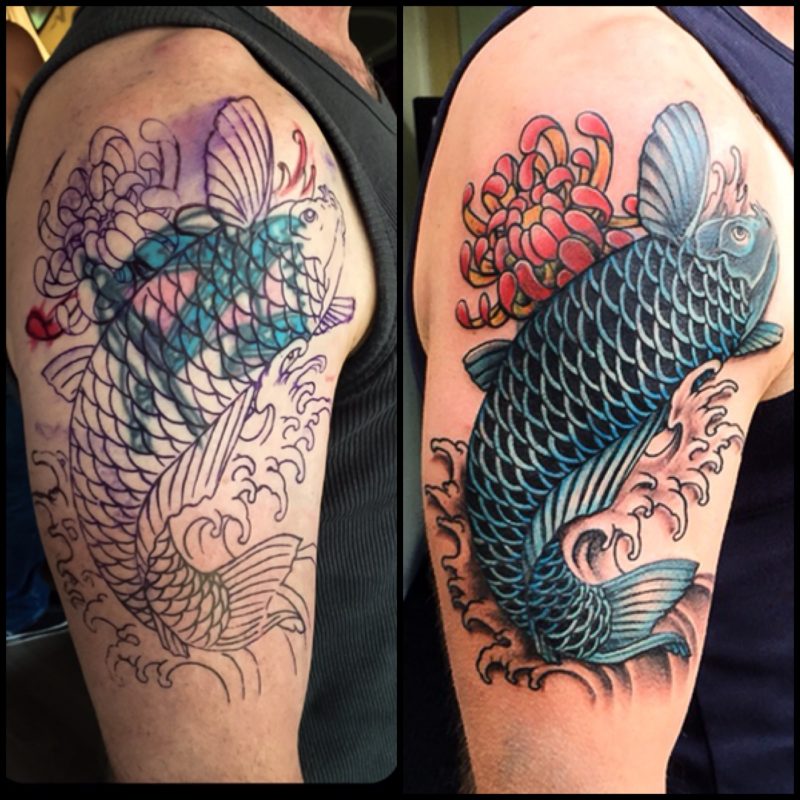
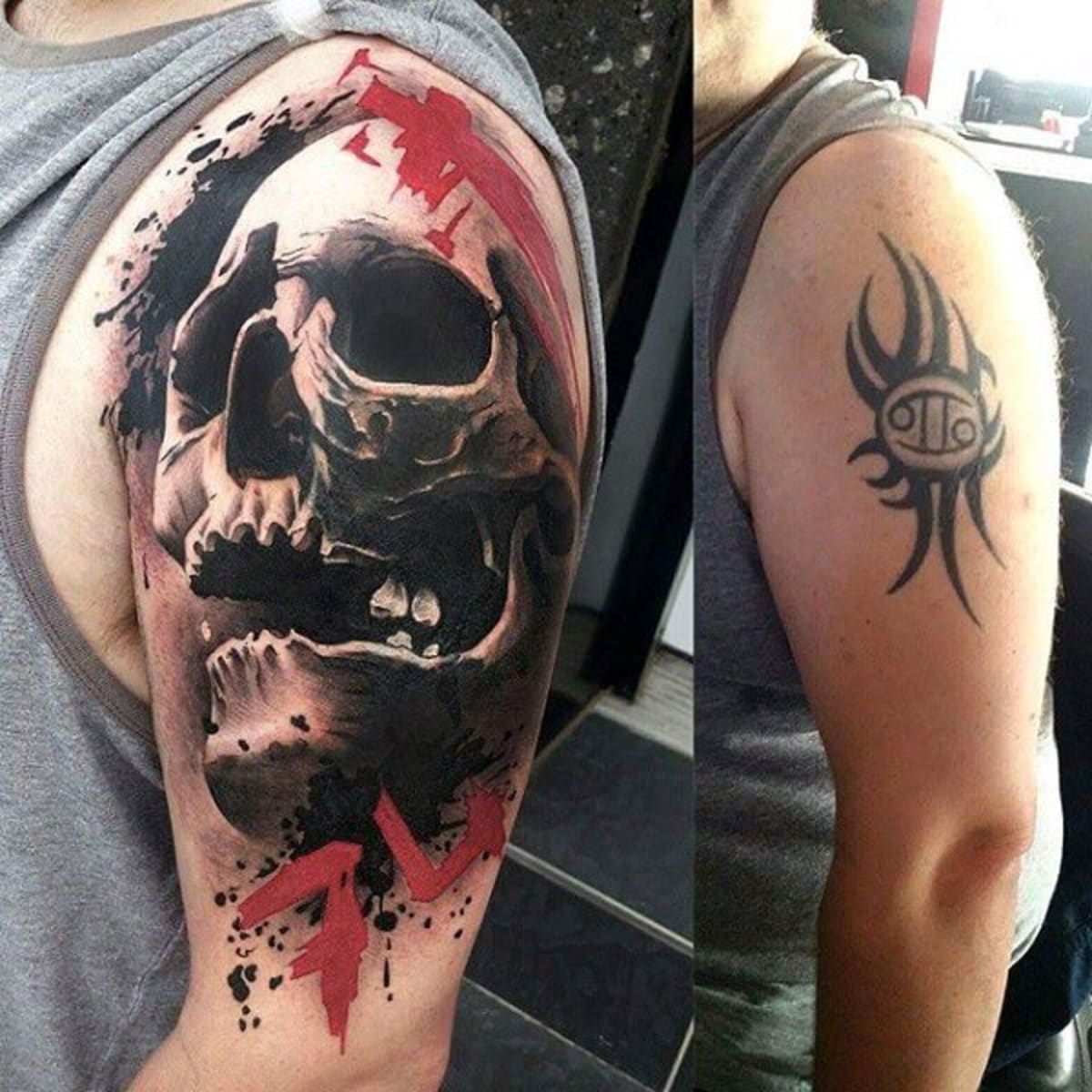
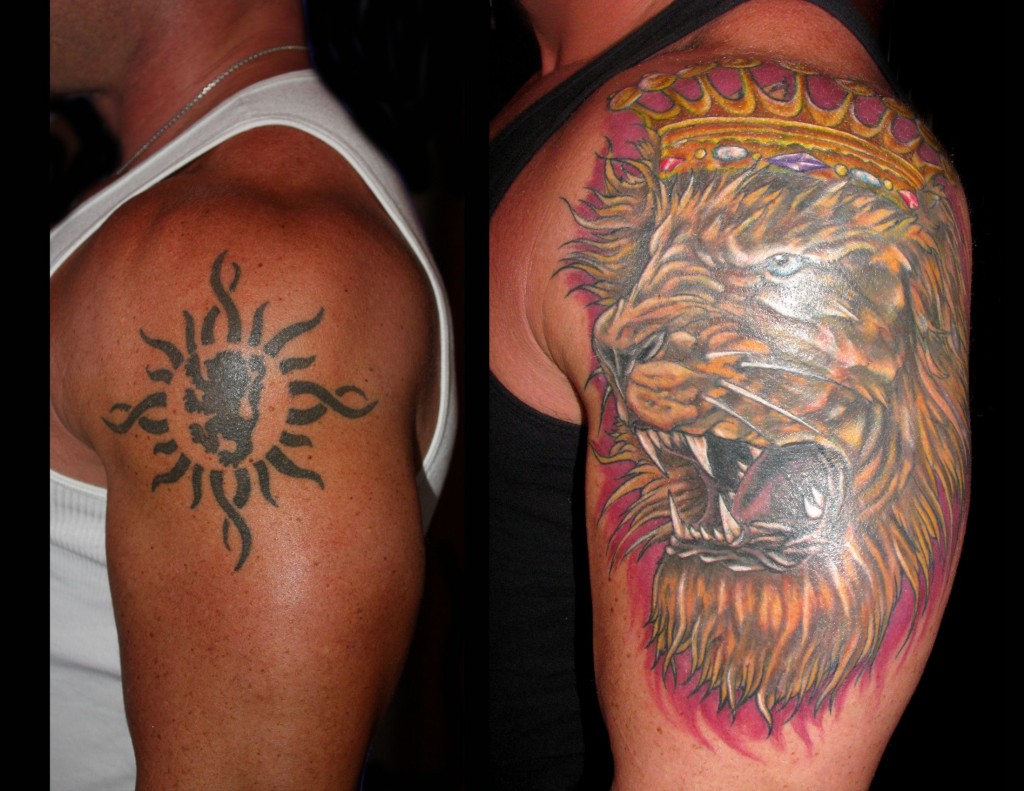
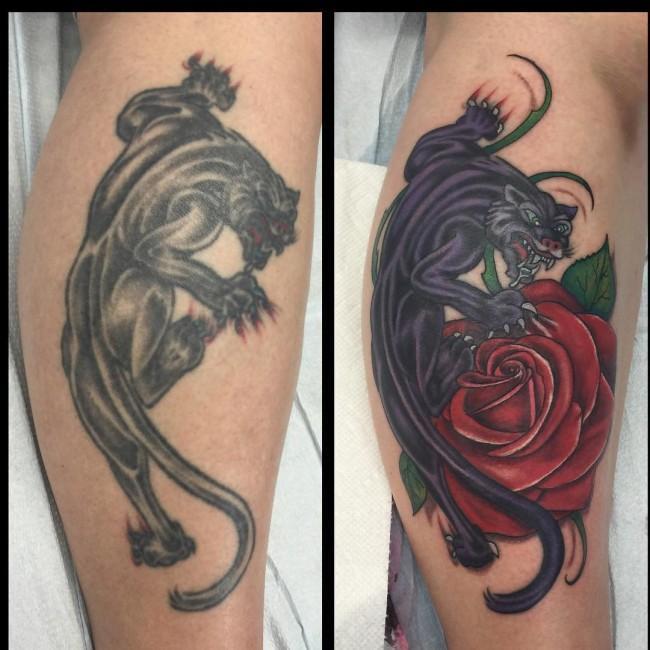
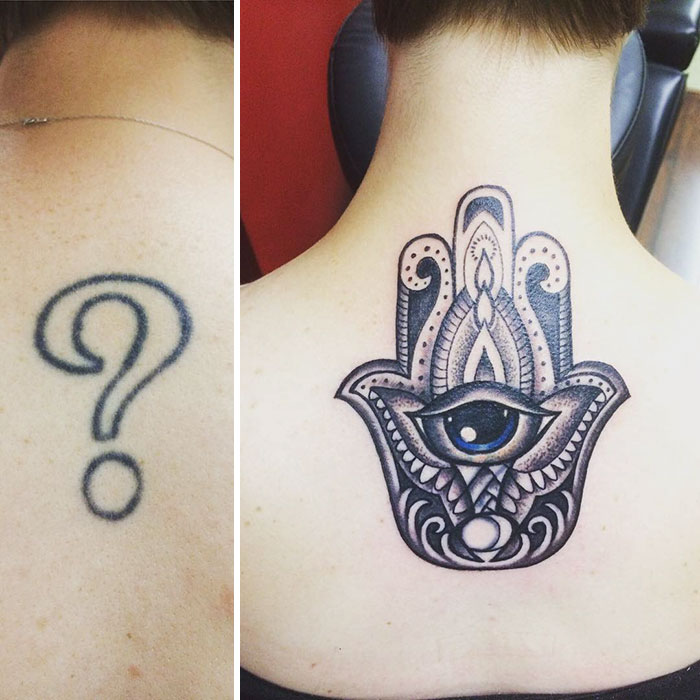
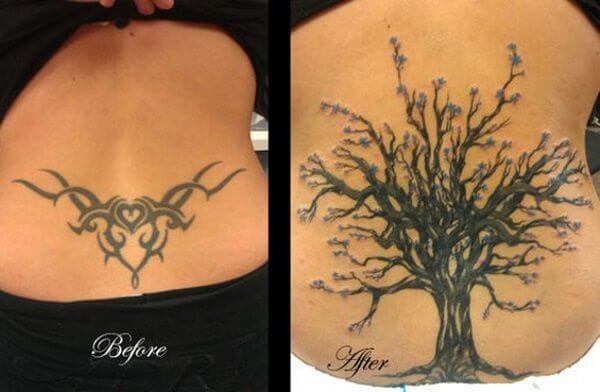
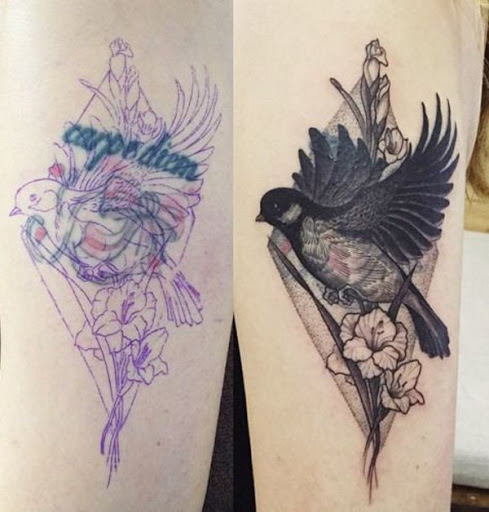
Cover up tattoos should be carefully considered so that they conceal the original design while remaining attractive and desirable to the client. A touch-up session after healing allows the tattoo artist to guarantee that the new design looks exactly as desired by the client.
Detail
Producing quality cover up tattoos requires both skill and dedication. A profound knowledge of color theory as well as an artistic flair are necessary to craft a new image that effectively conceals an old one.
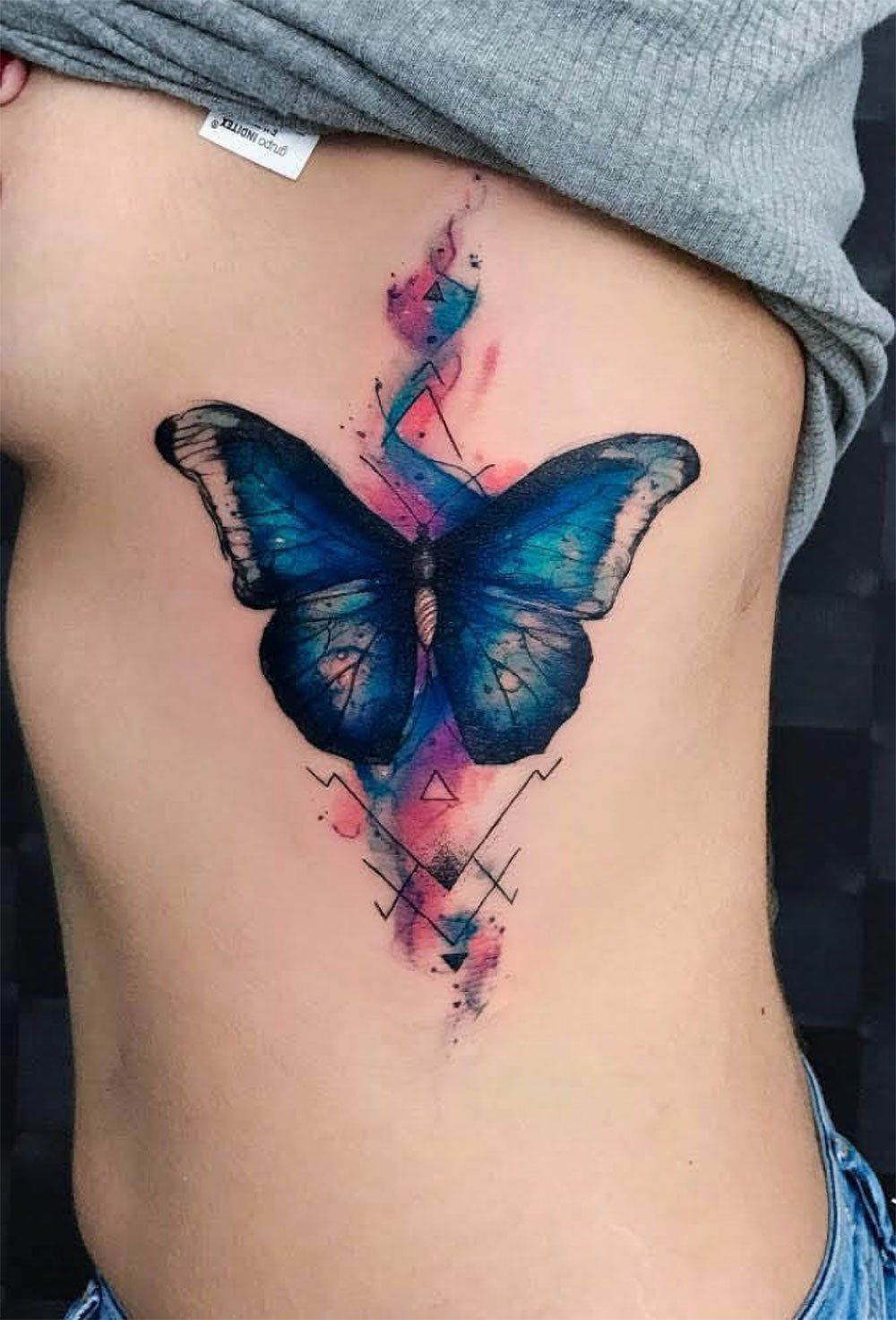
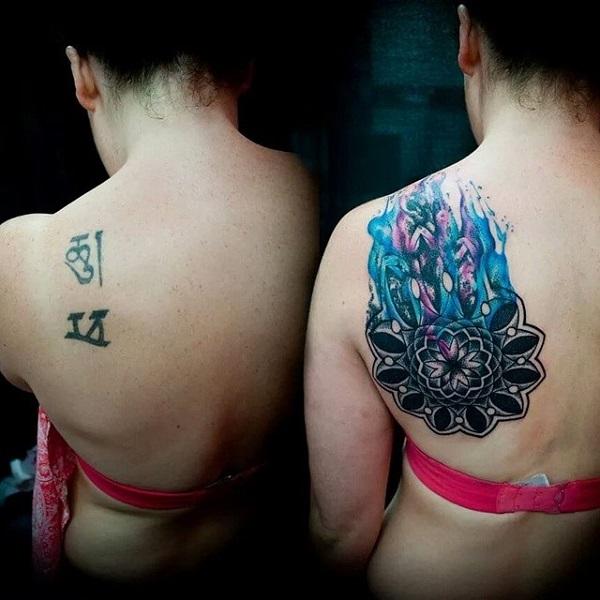
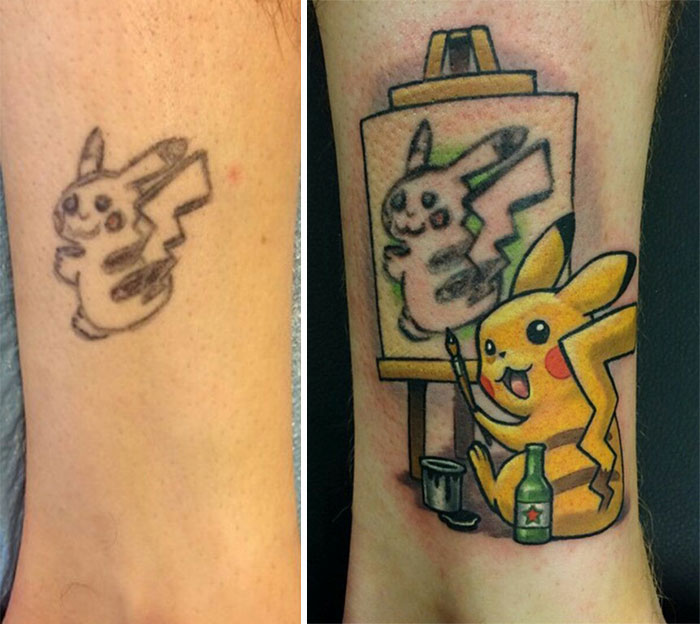
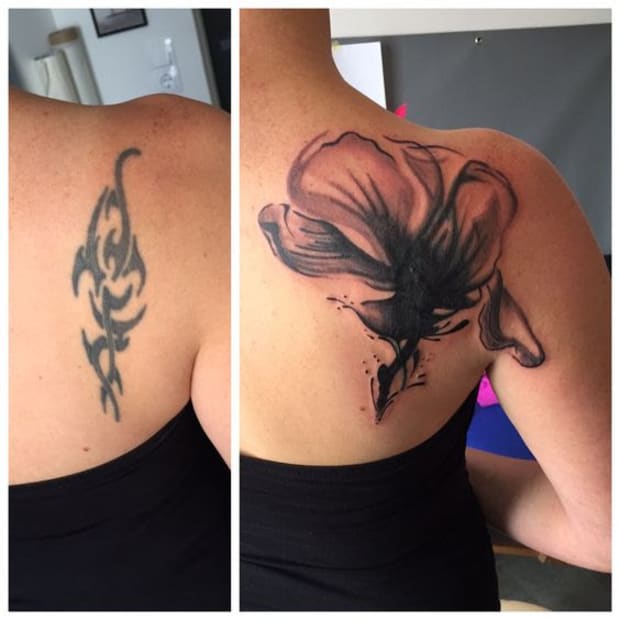
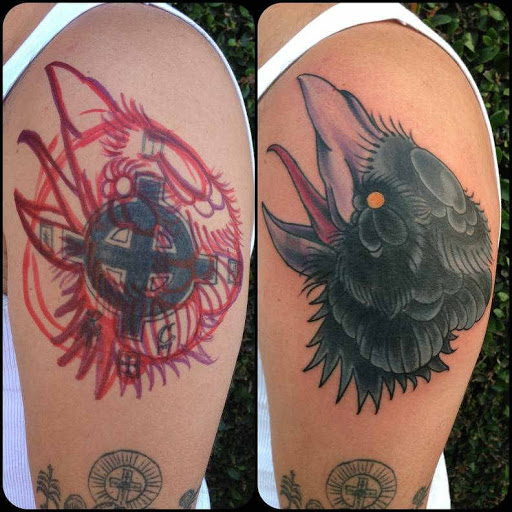
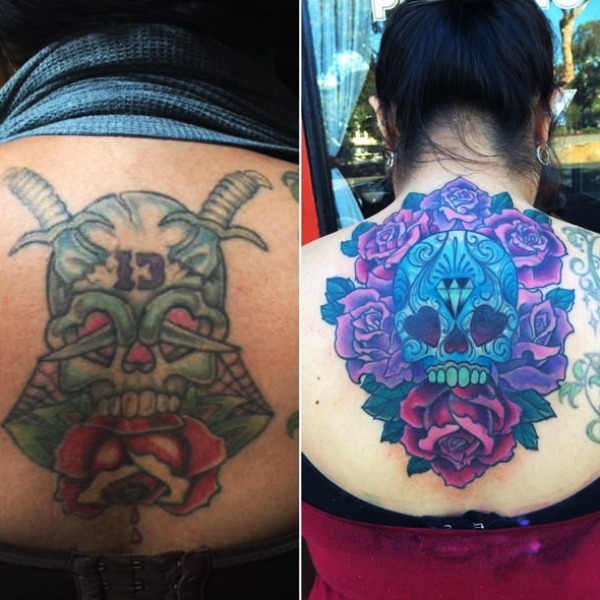
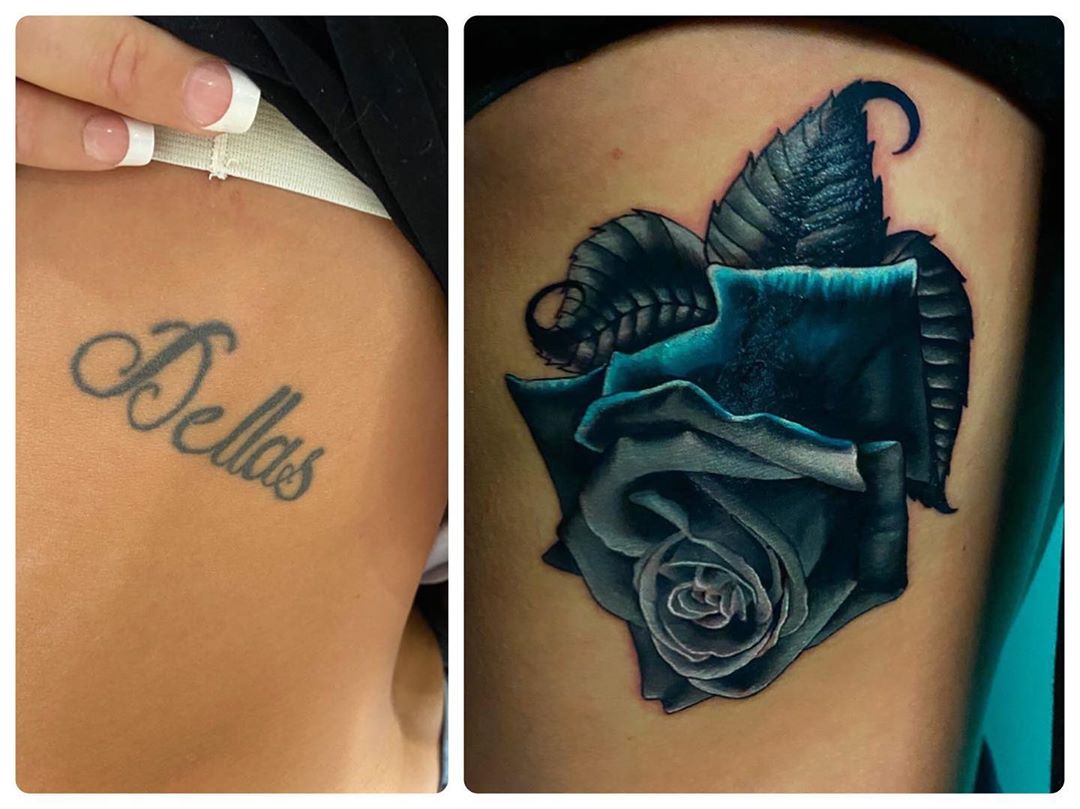
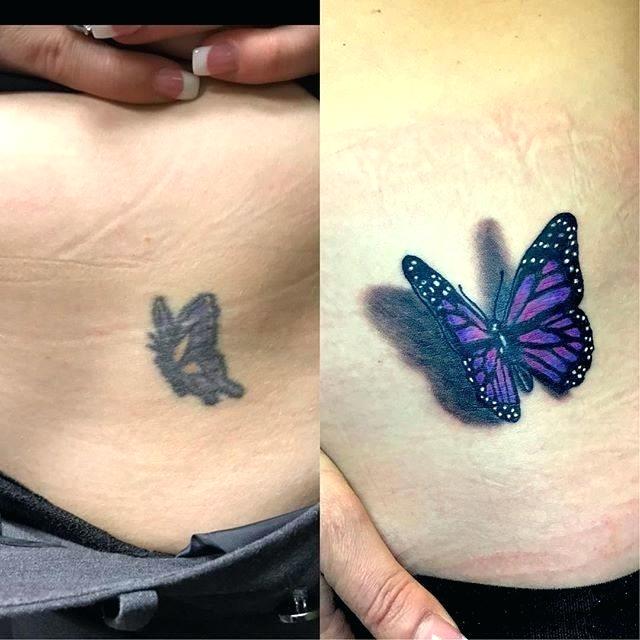
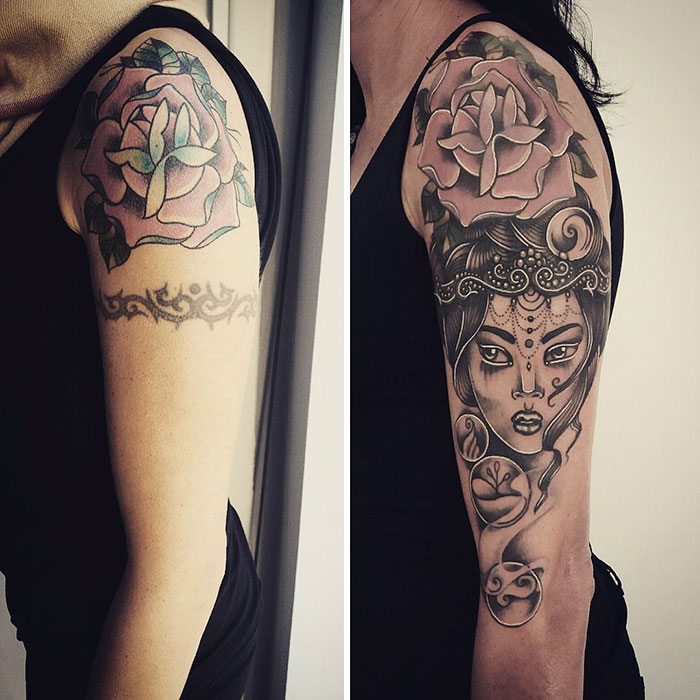
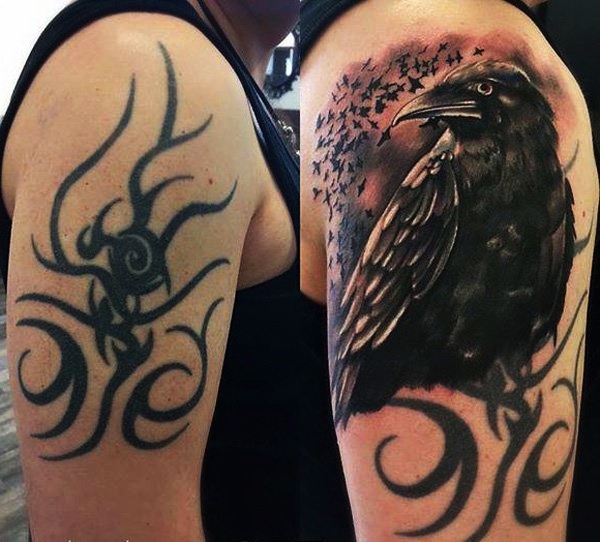
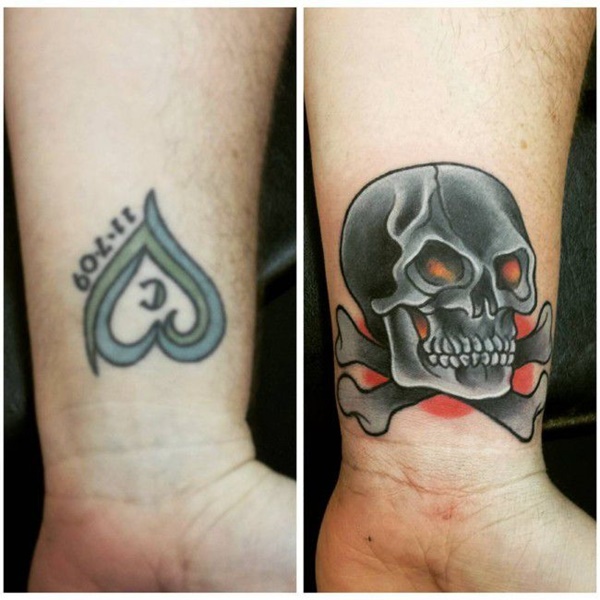
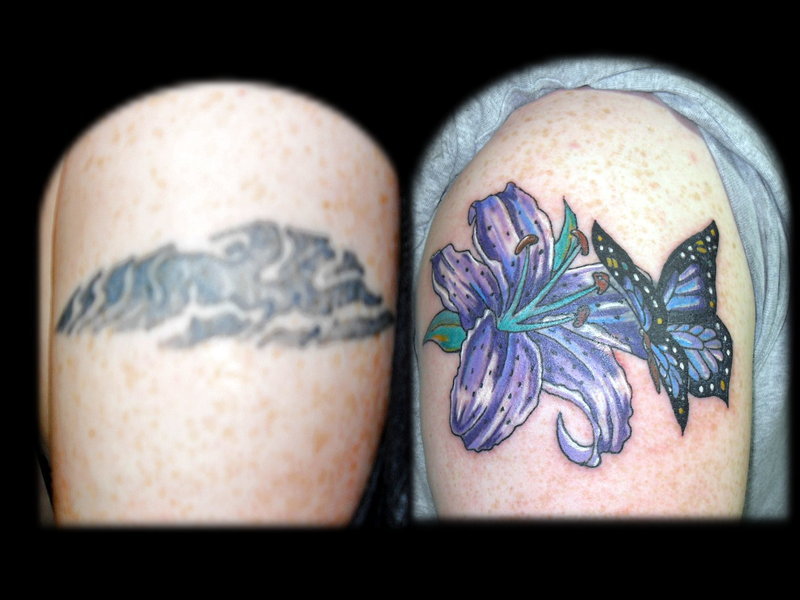
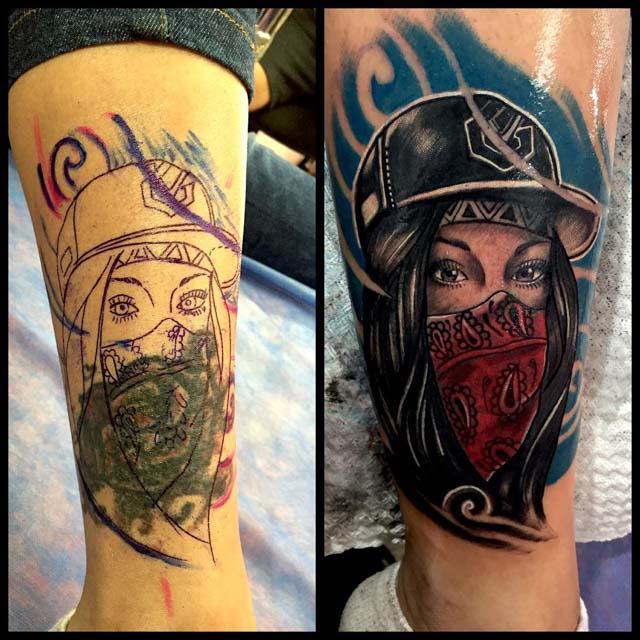
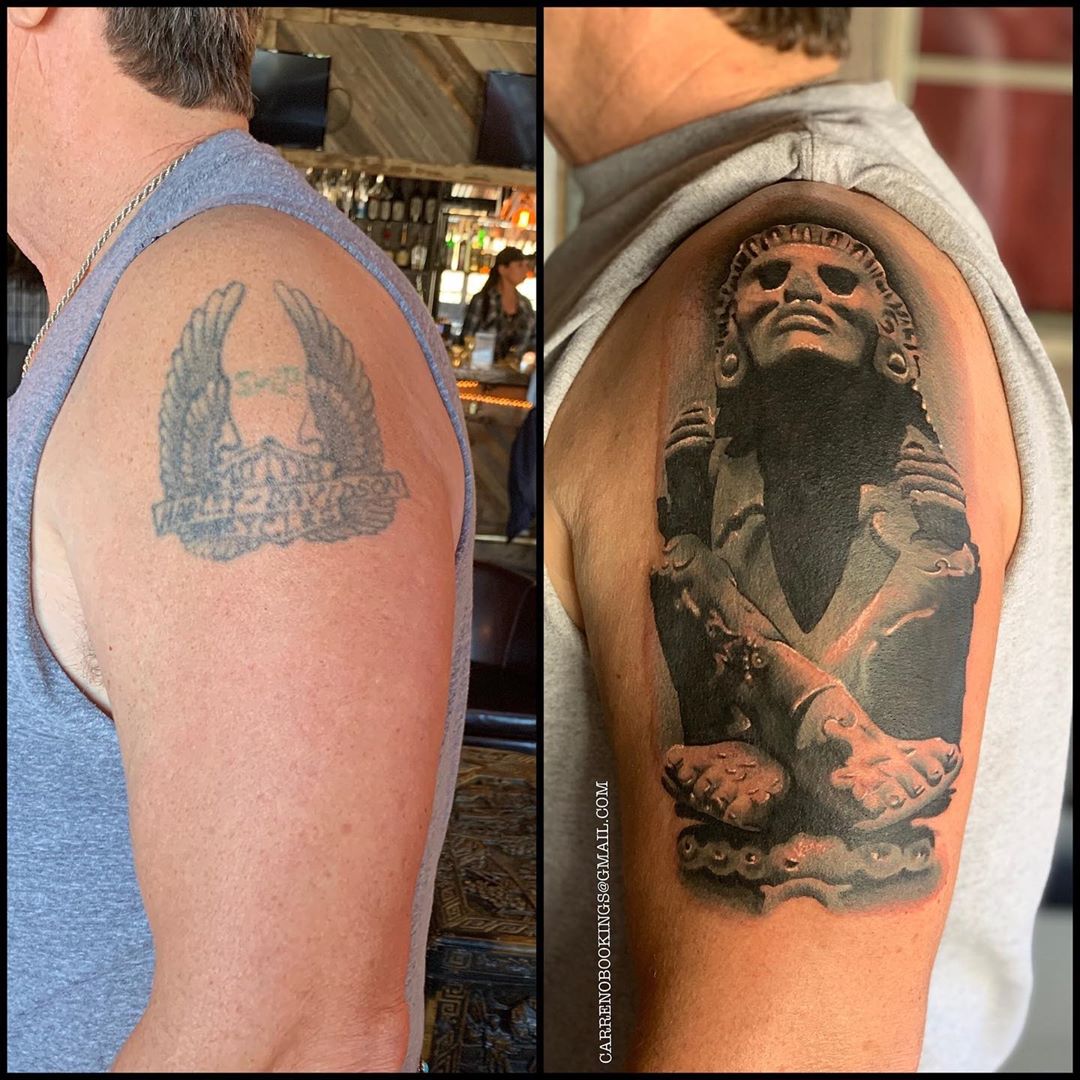
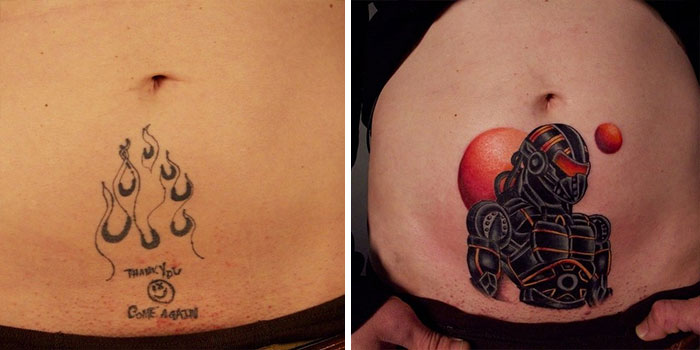
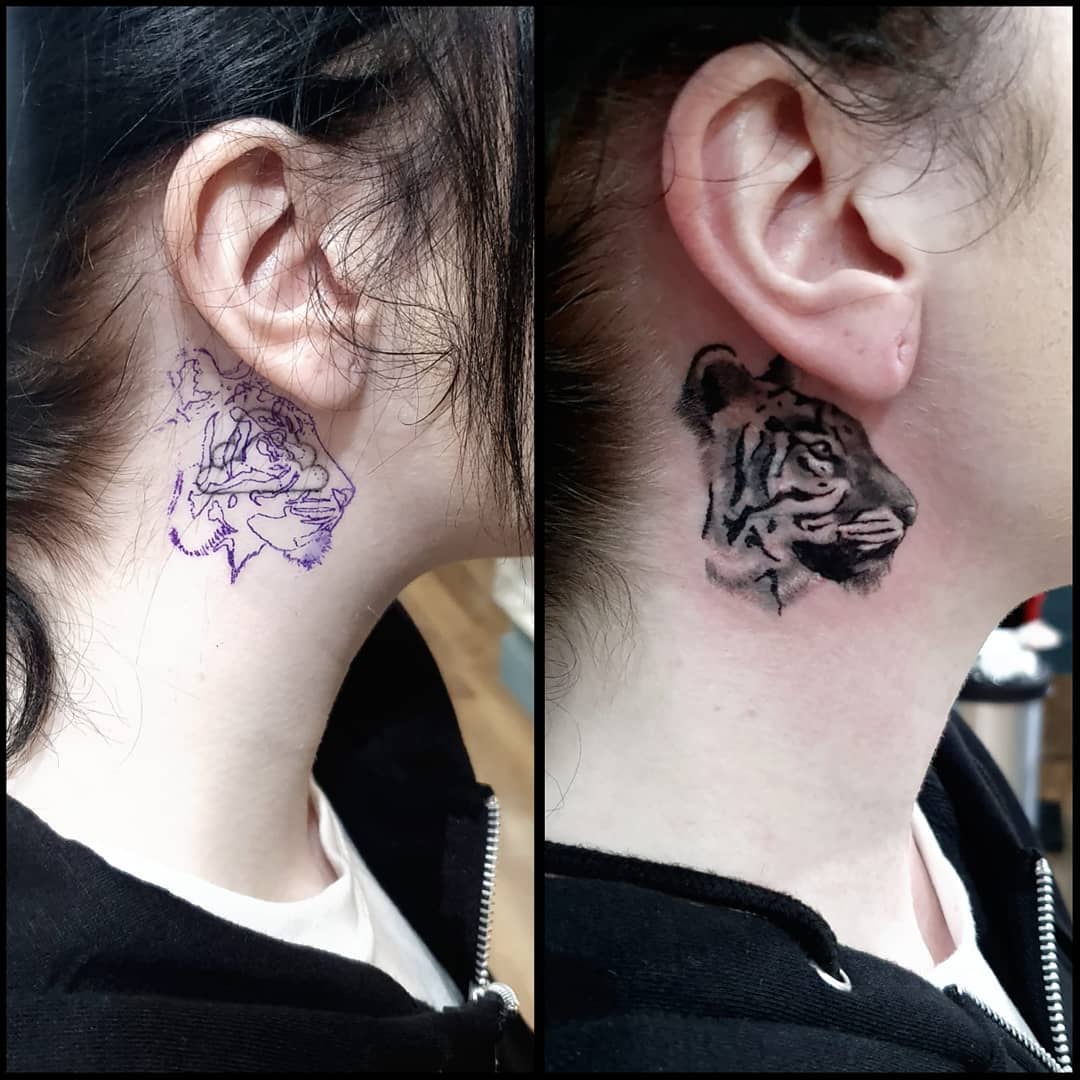
The top tattoo artists are skilled at blending the color of a new tattoo with the existing ink, which can be tricky since it needs to be dark enough to cover up previous ink yet light enough not to overwhelm the design. This requires meticulous planning and careful attention to detail as well as proficiency using various techniques such as shading, dot work, and line work.
Cover-ups for men can be particularly difficult due to their preference for bolder designs and darker colors. Furthermore, men typically require more precision when creating these tattoos, which explains why they typically take longer to complete than women’s tattoos.
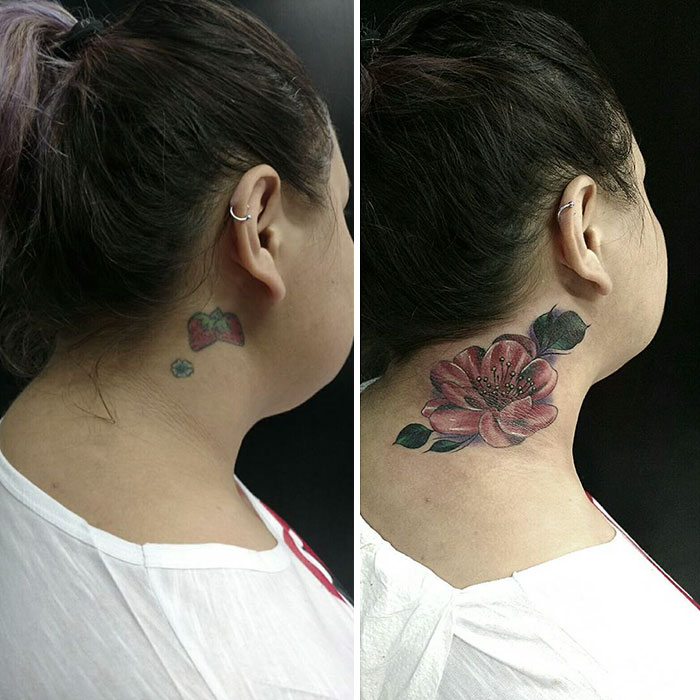
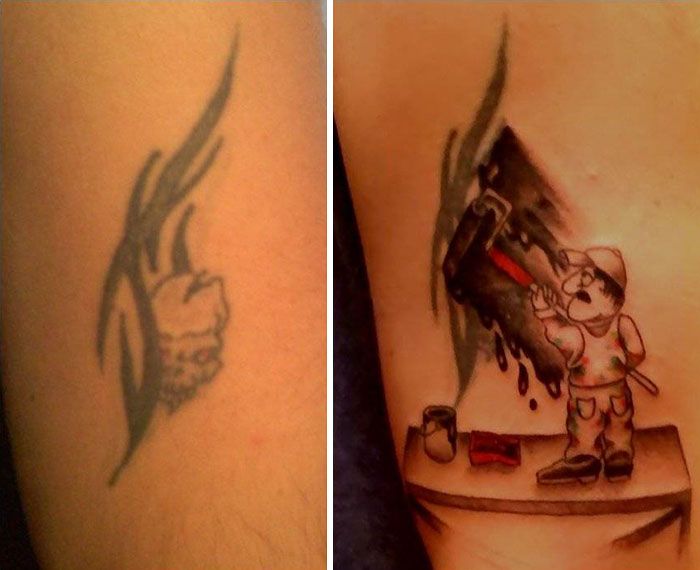
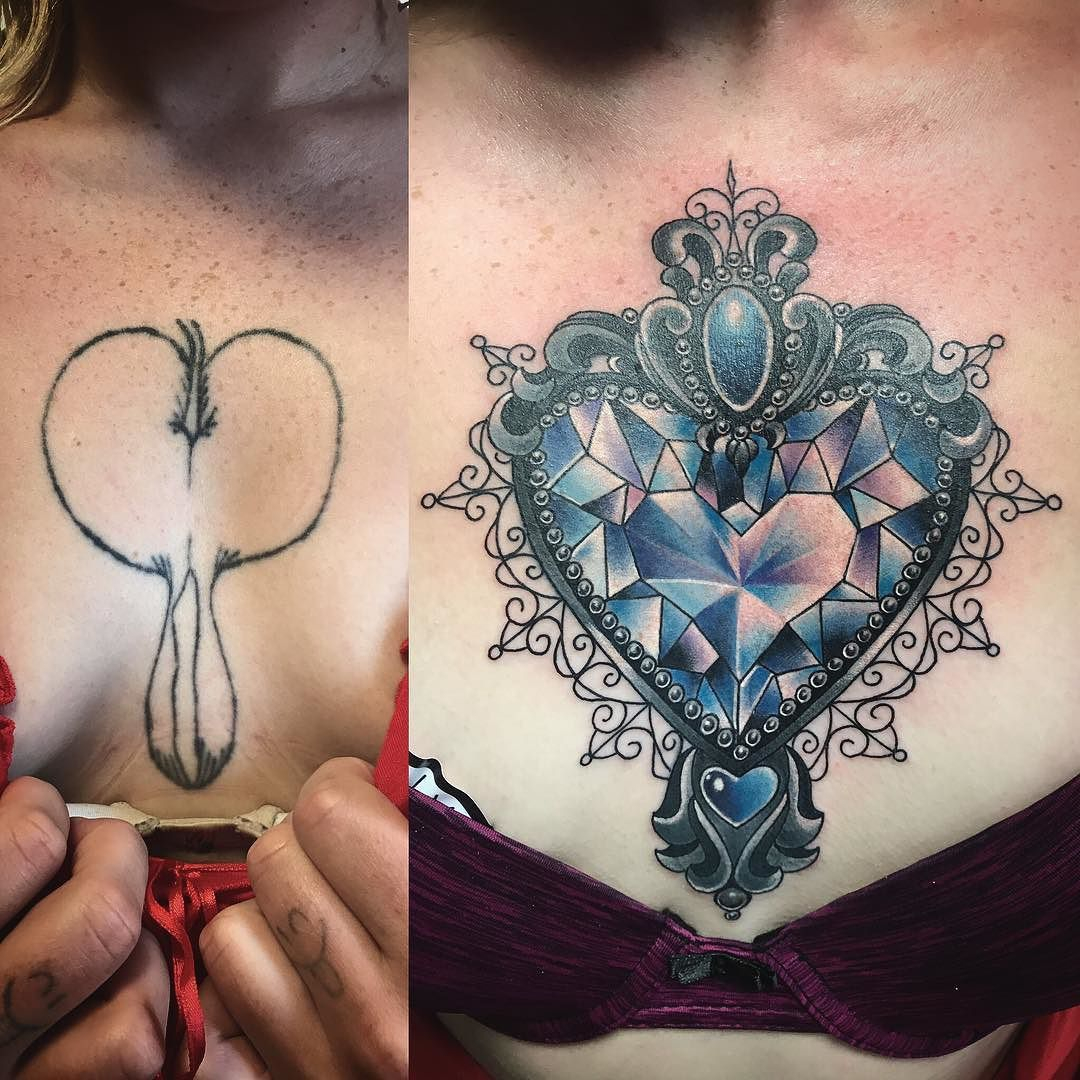
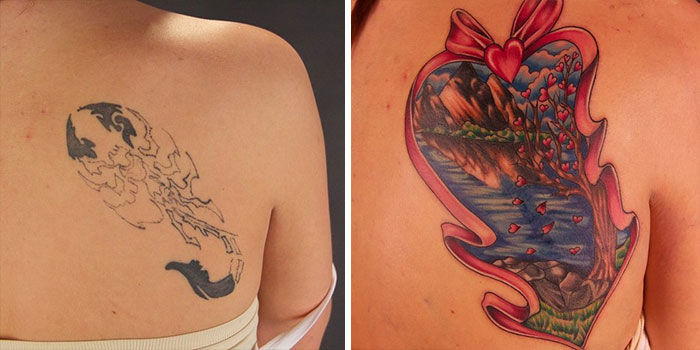
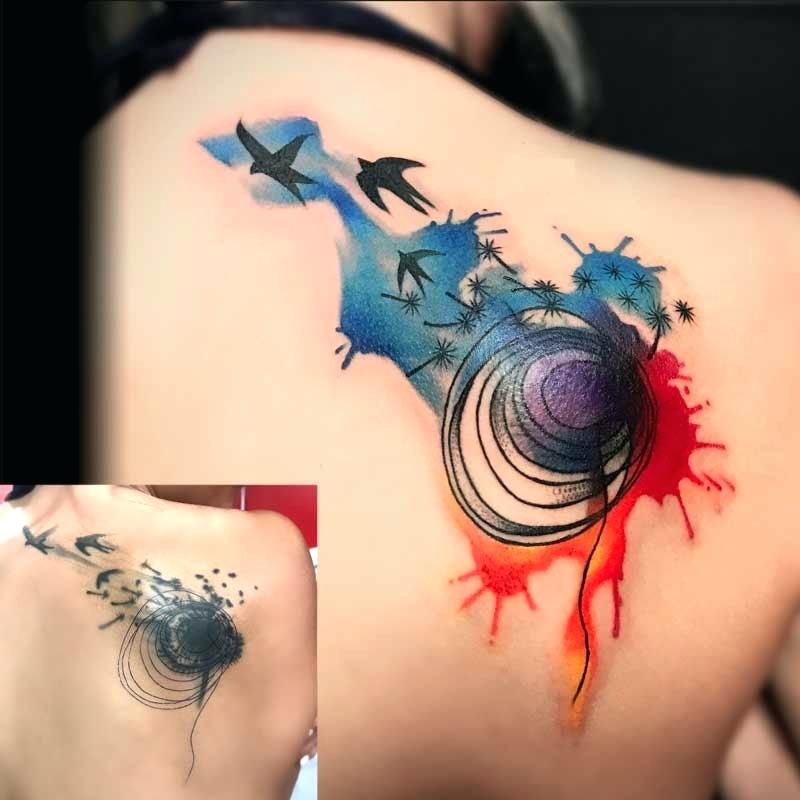
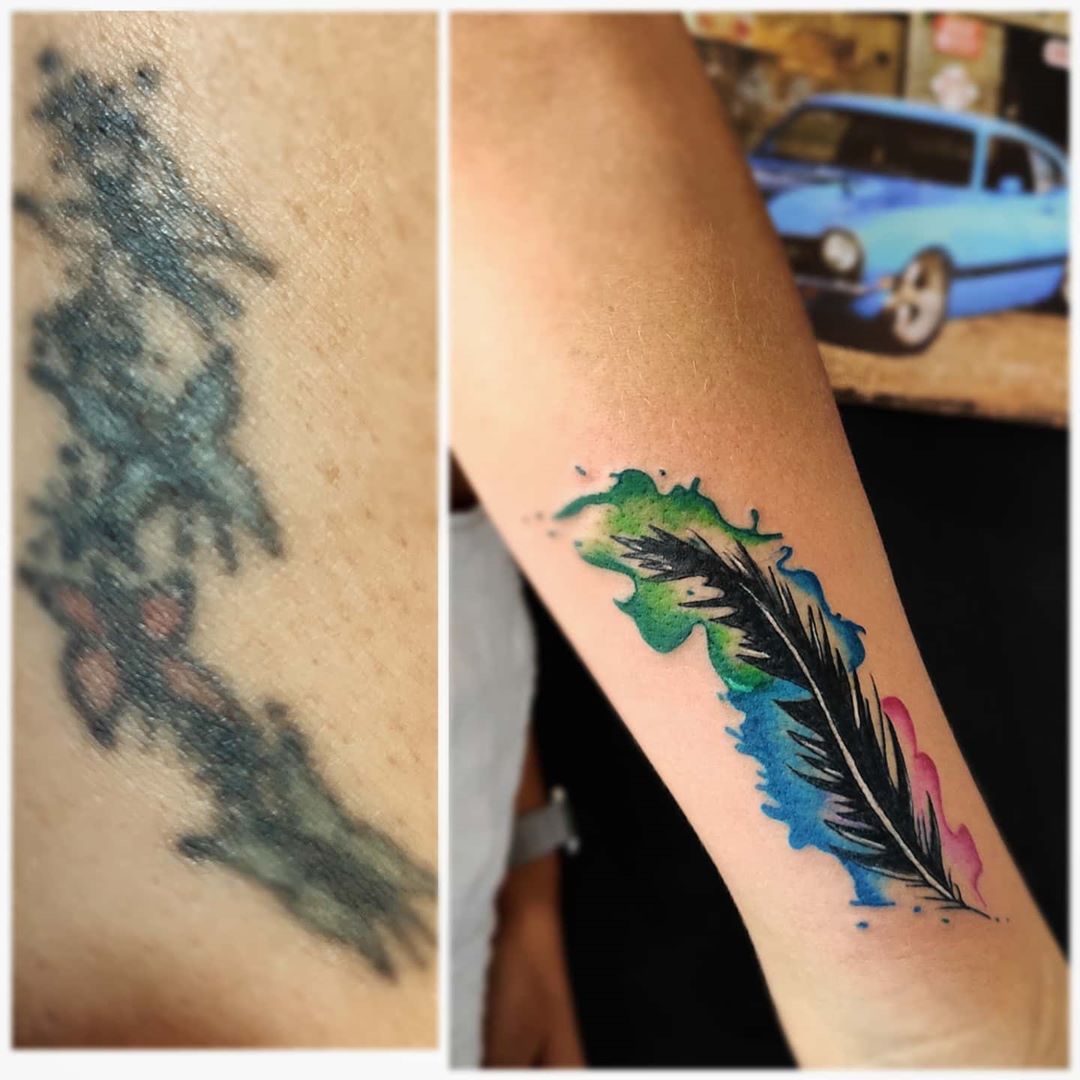
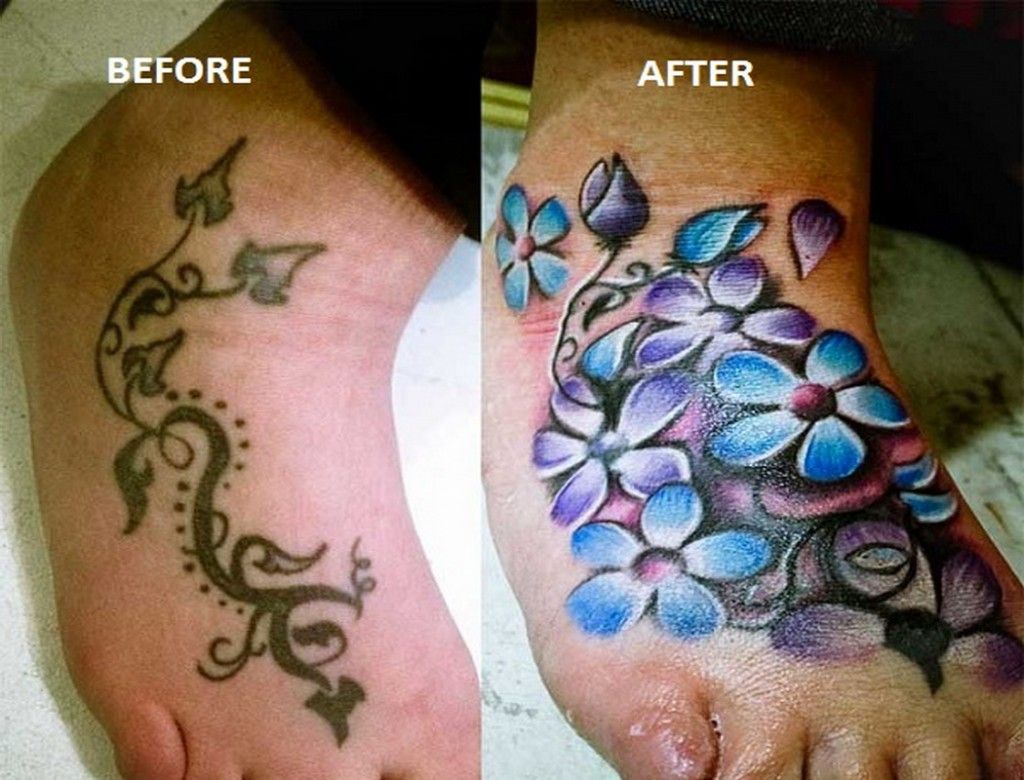
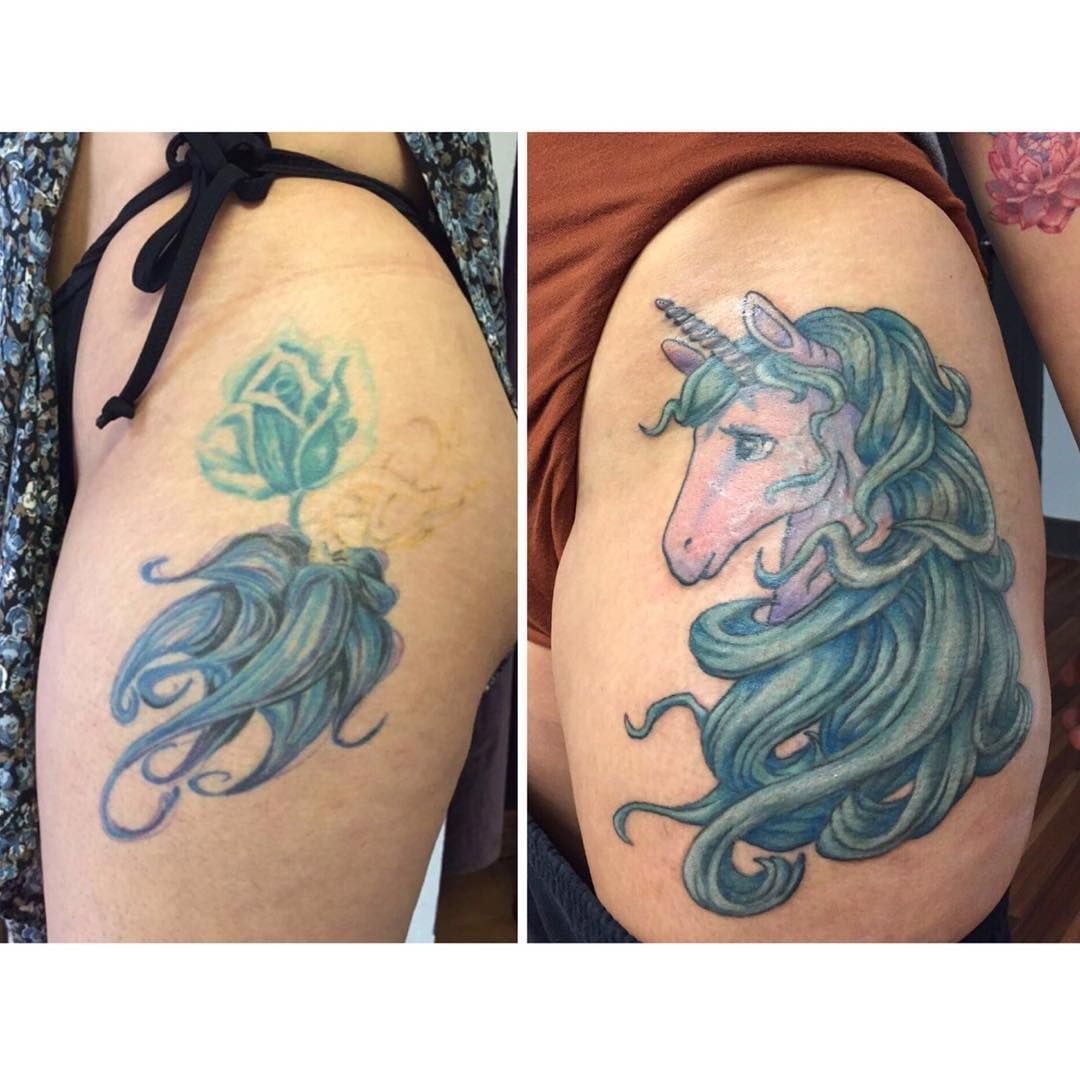
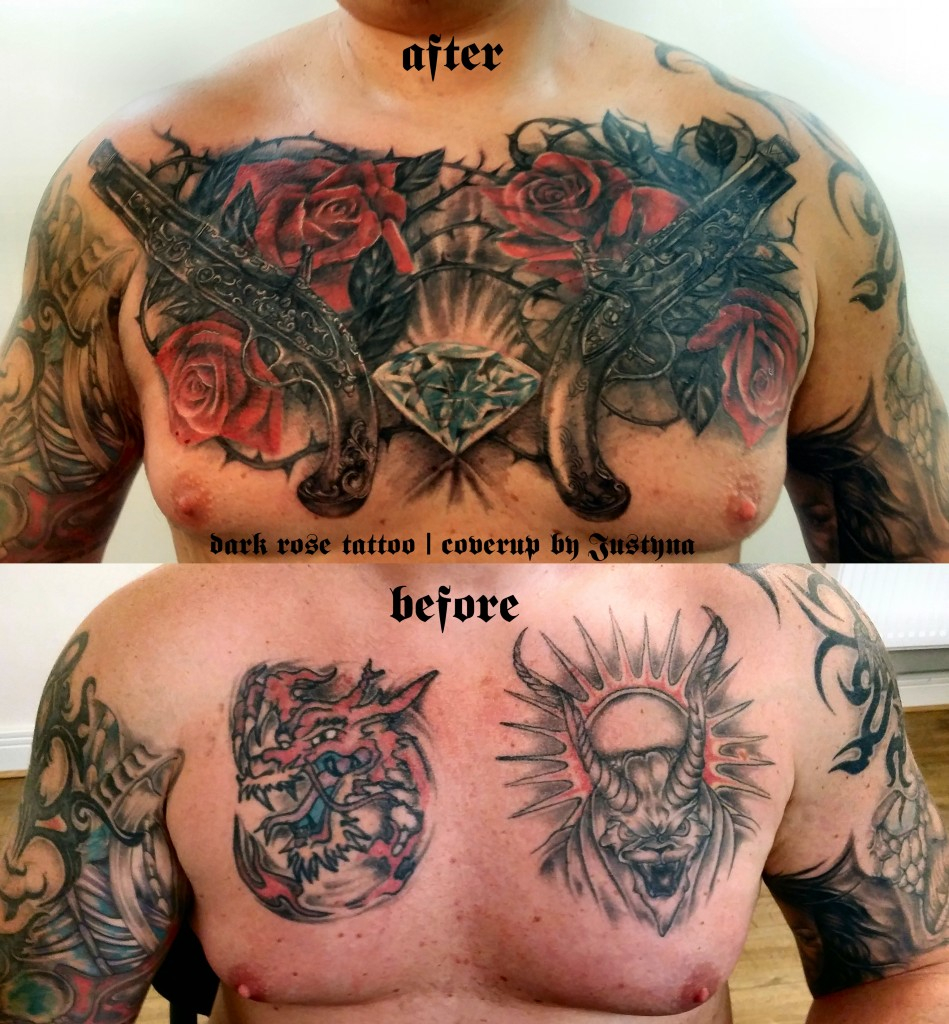
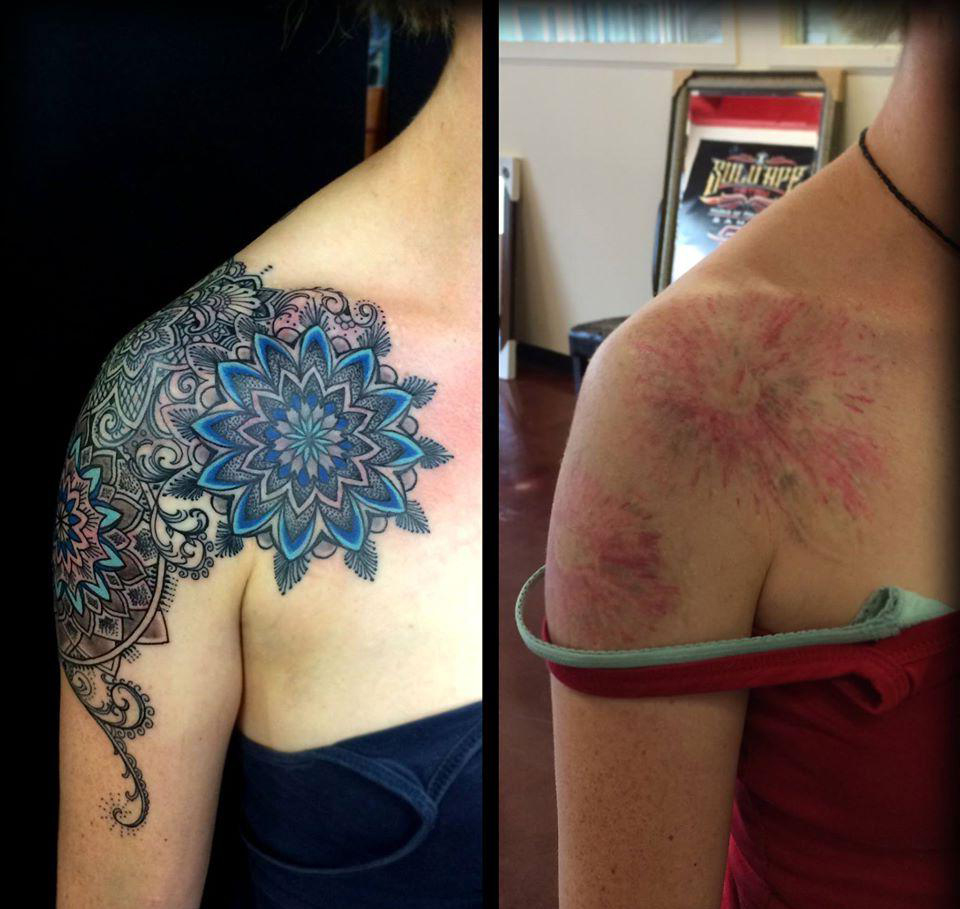
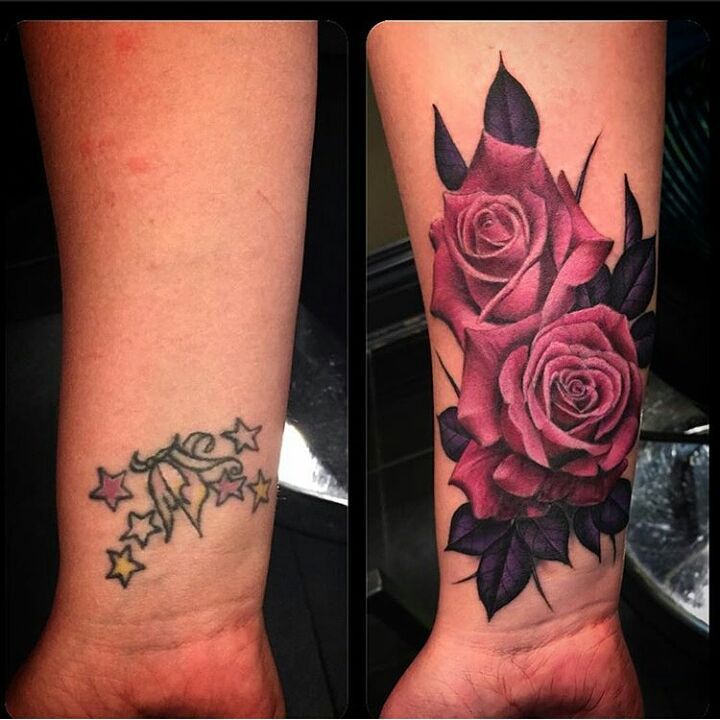
An impressive example of detailed cover up is this mandala-style tattoo that conceals an older barbed wire tattoo. The artist employed heroic amounts of detail to create a stunningly symmetrical piece with beautiful geometric line work and shading.
Another great example of detail cover up is this nautical tattoo featuring a ship’s hull along with stunning line and shade work. It’s an epic half sleeve across the arm and shoulder that uses multiple colors to create an impressive marine scene.
Many people cover up their old tattoos out of regret. Whether it’s the name of an ex-girlfriend or something provocative that doesn’t fit with the workplace, many opt to cover up dark ink in order to improve how they feel about themselves and start over fresh.
Touch Ups
Touch ups are an integral part of tattoo maintenance. They can help correct any minor flaws with your design, such as faded color or lines, and help it look brand new again.
When considering getting your tattoo touched up, the ideal time is two to five years after receiving it. This period is when your skin is most receptive to receiving new ink.
However, you may require a touchup before this if your skin has not healed completely after getting the tattoo. This could be due to an infection, blowout, or other factors.
When having your tattoo touched up, it typically requires multiple sessions to fully restore its original glory. The amount of work necessary will depend on the size, detail, and placement of the design.
During the healing process, your skin may scab and change colors, making it difficult for a tattoo artist to determine what changes need to be made.
Always adhere to your artist’s aftercare instructions for your tattoo, which should include using a moisturizing lotion and keeping the area protected from sunlight.
Your skin can fade your ink quickly, so it’s essential to protect it from the sun.
If you want to avoid touching your tattoo, wearing gloves when outdoors or taking a shower is recommended. This will protect the design from scratching and further aggravating it.
It’s wise to touch up your tattoo periodically throughout its lifetime, as even carefully done tattoos can fade or misspelled over time if exposed to excessive sunlight. This is especially true if the design is placed in an exposed area where UV rays tend to hit hard.
